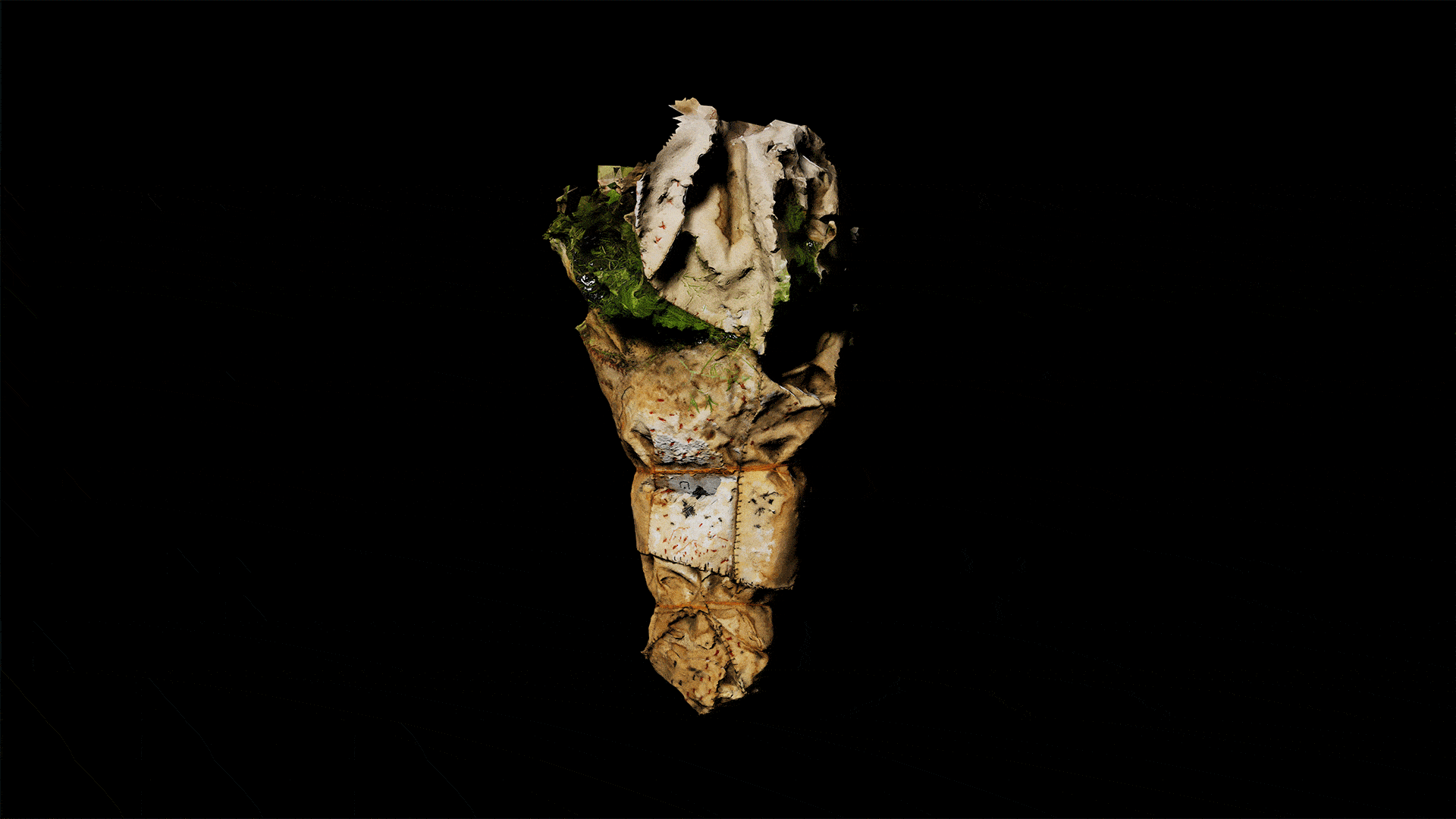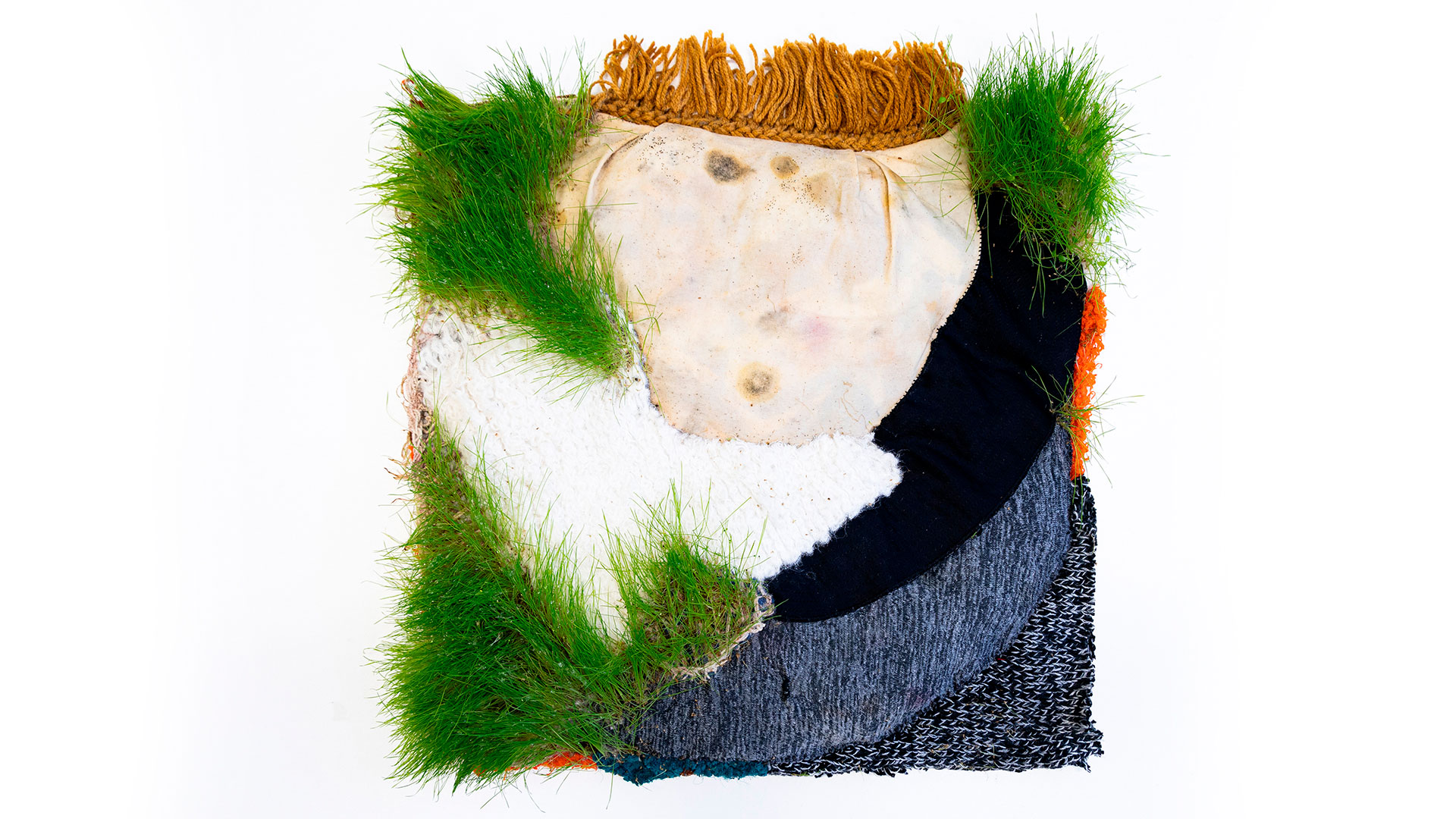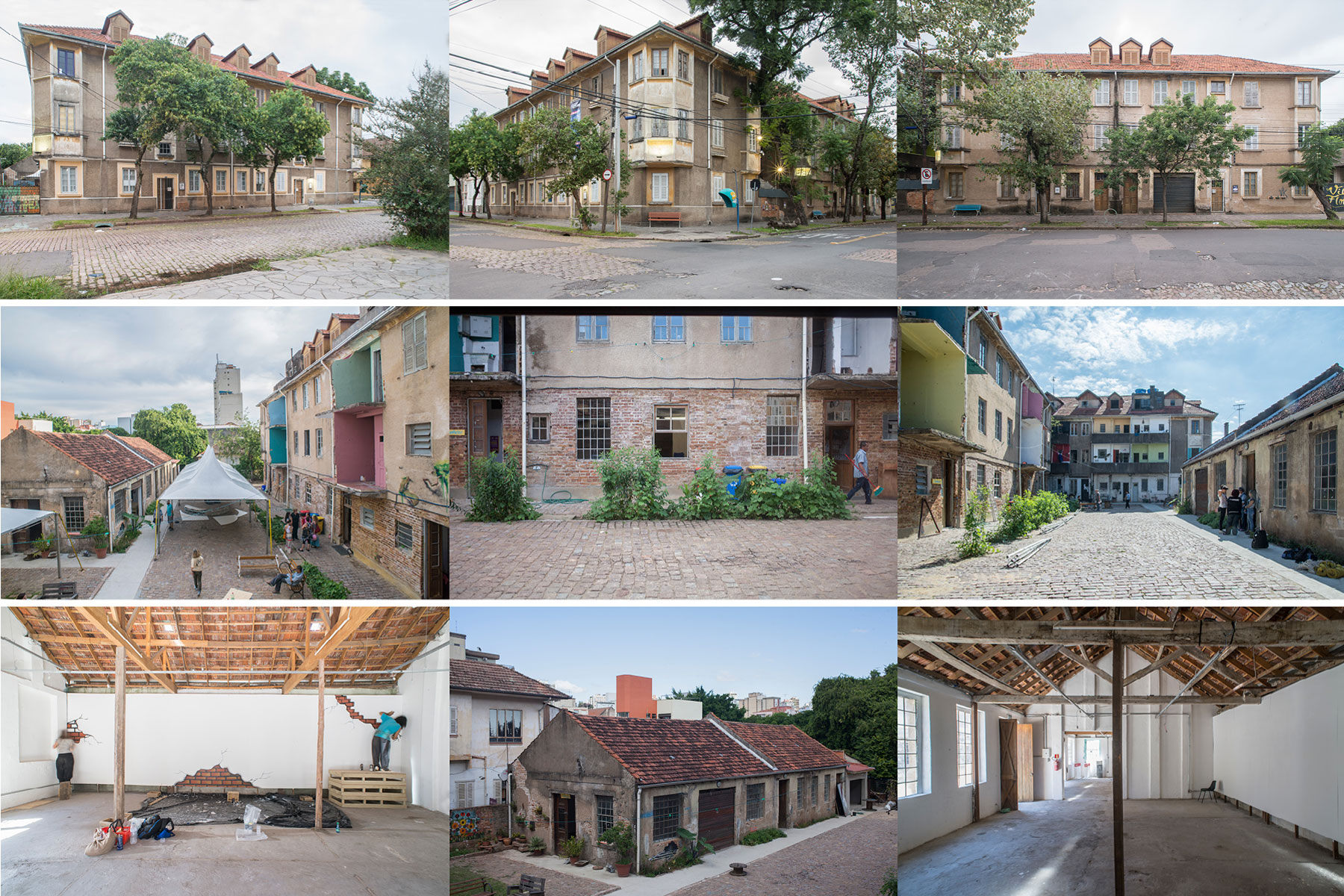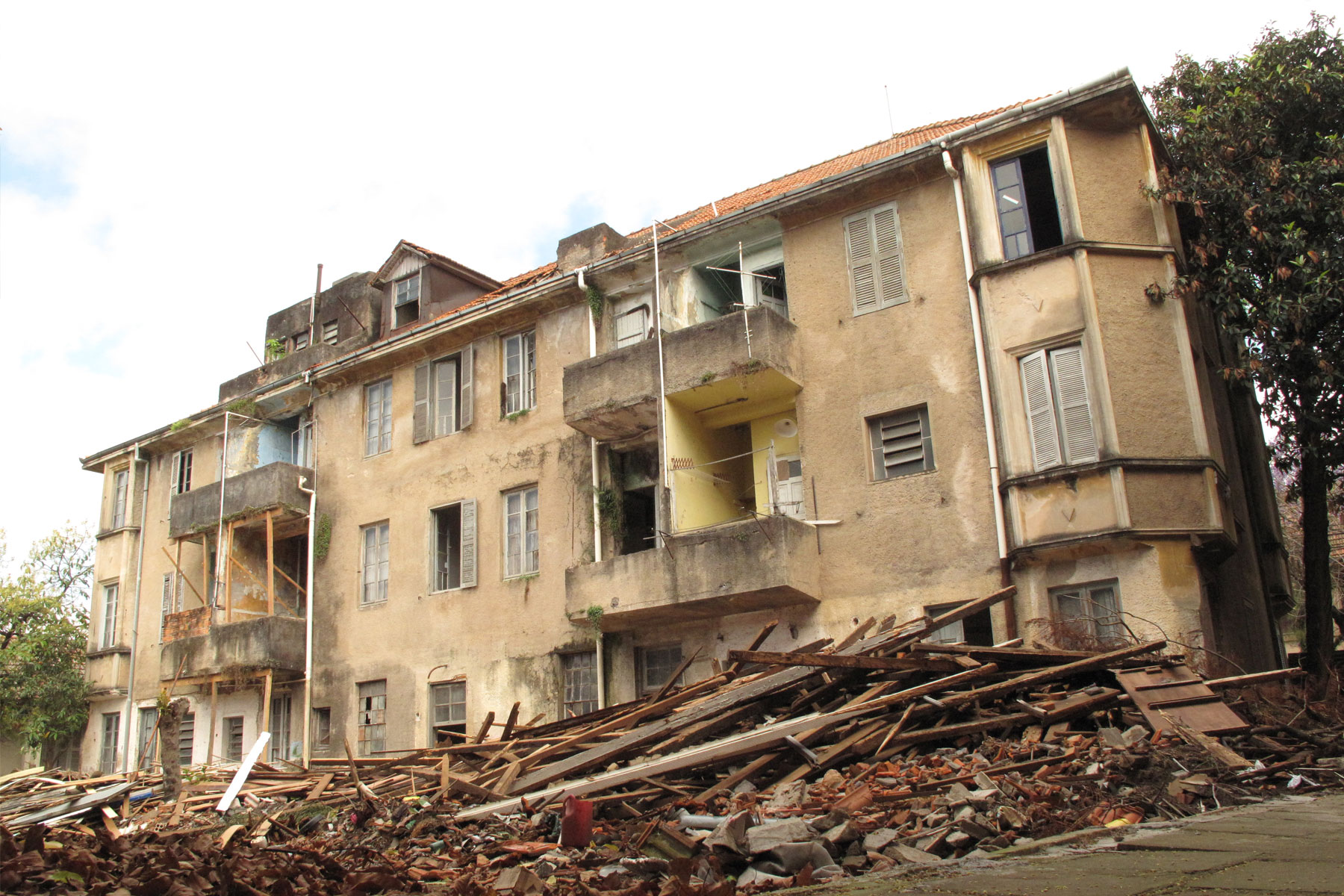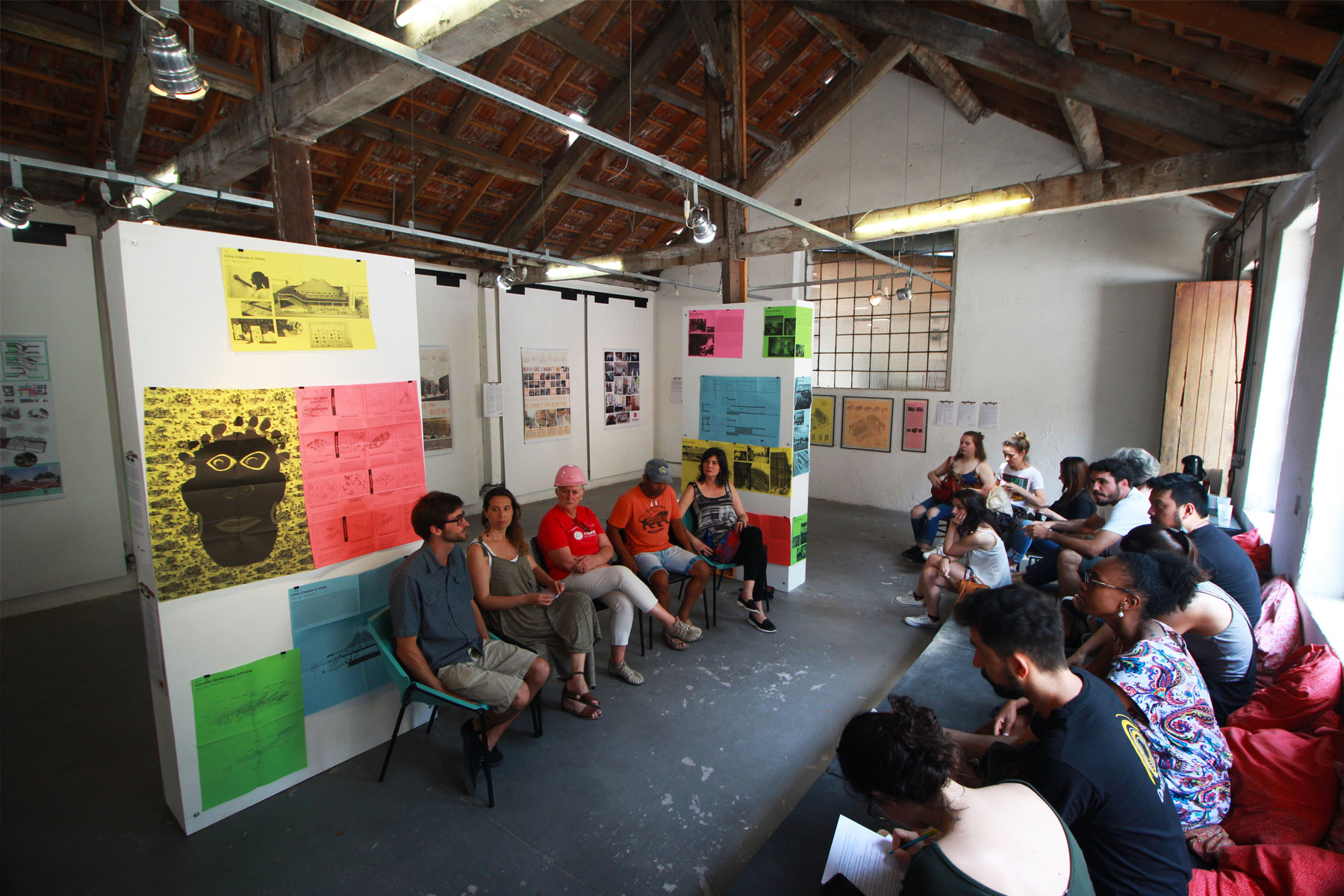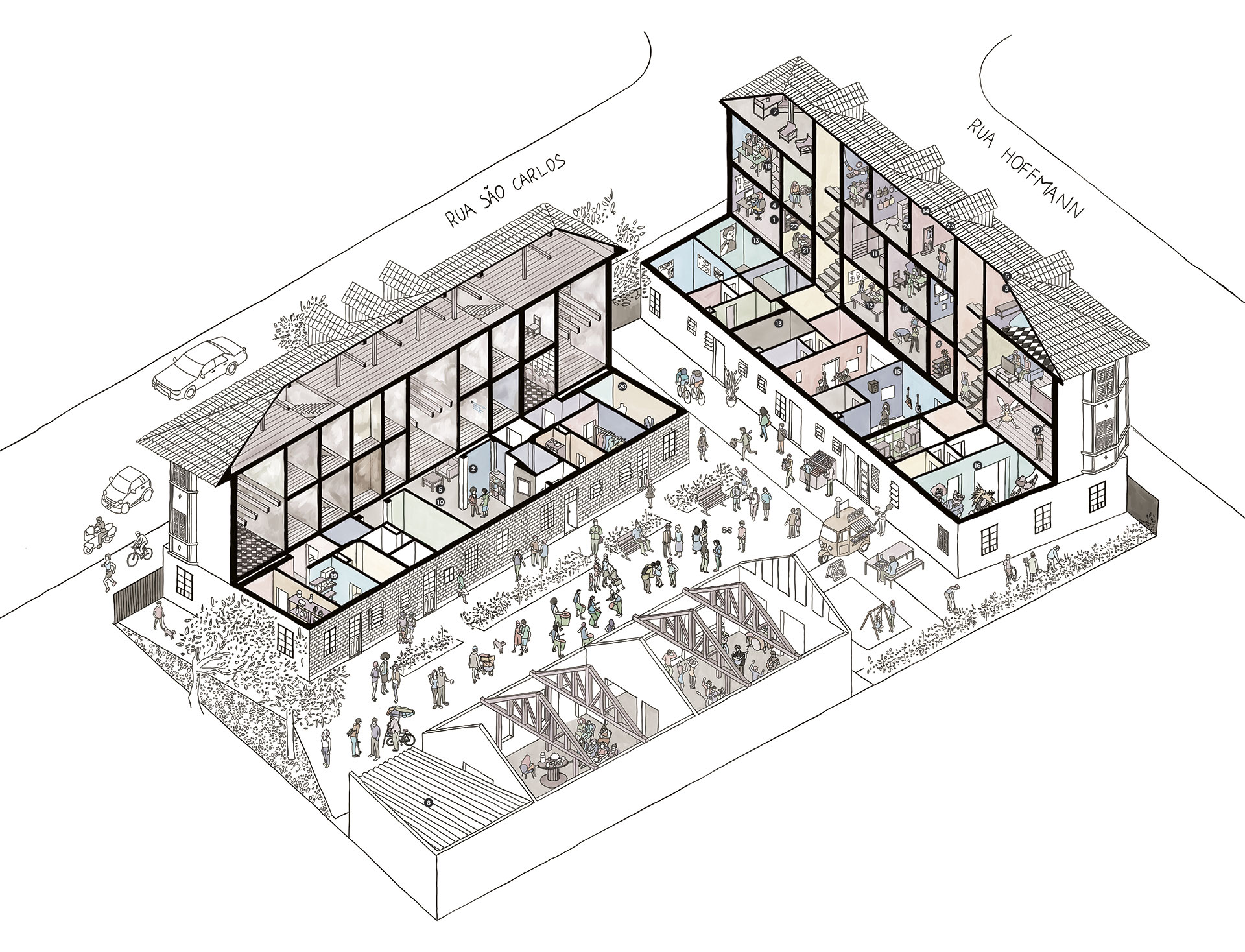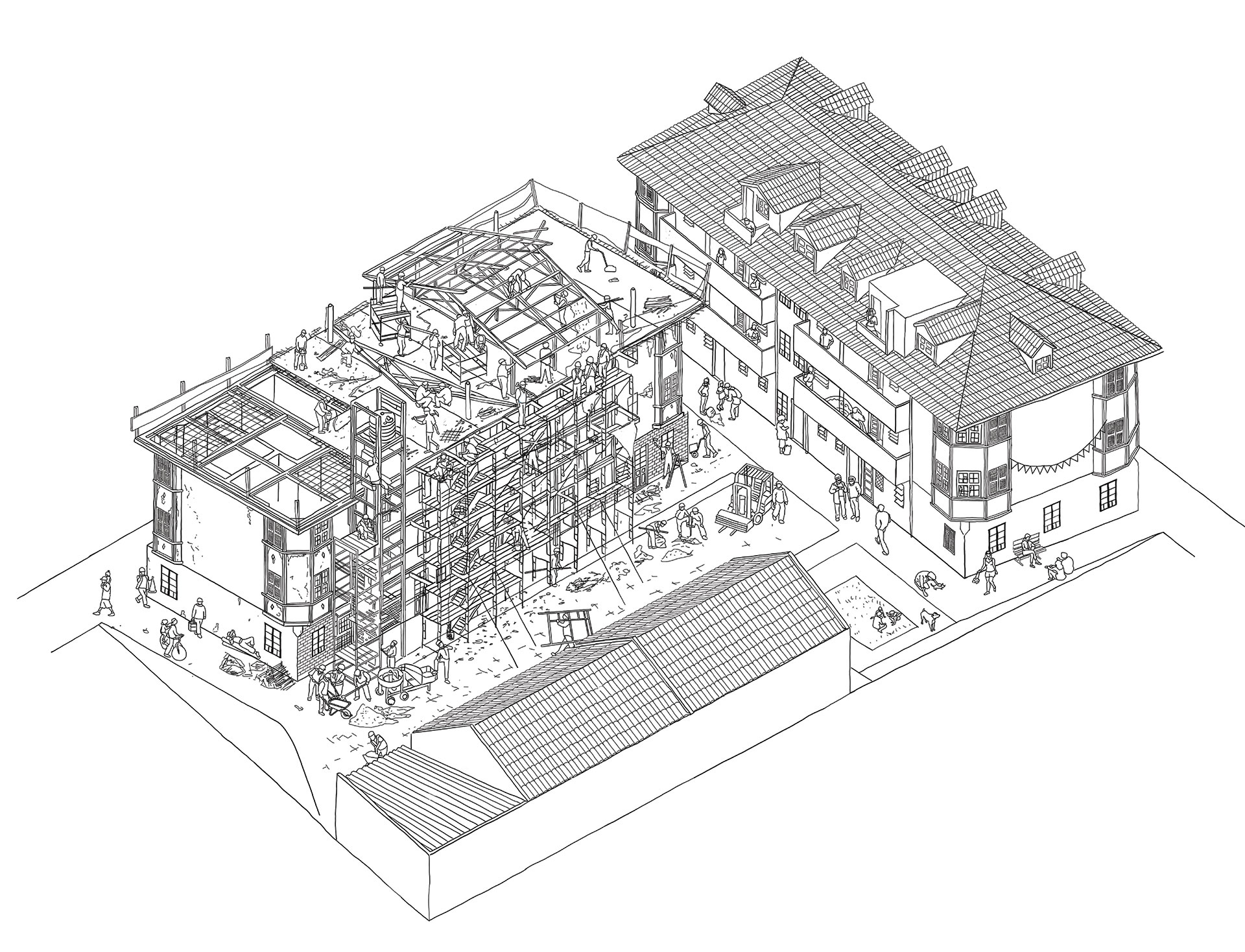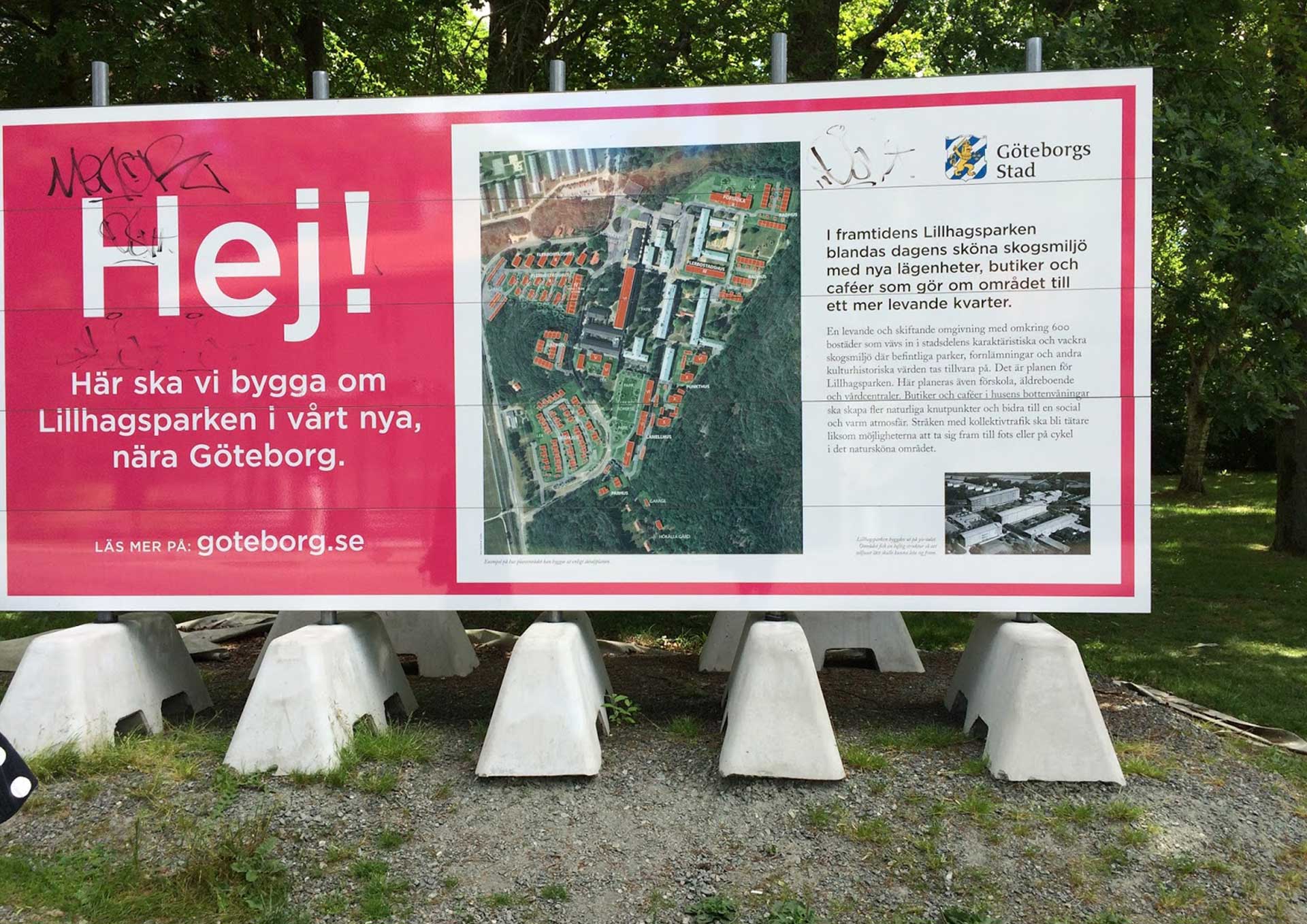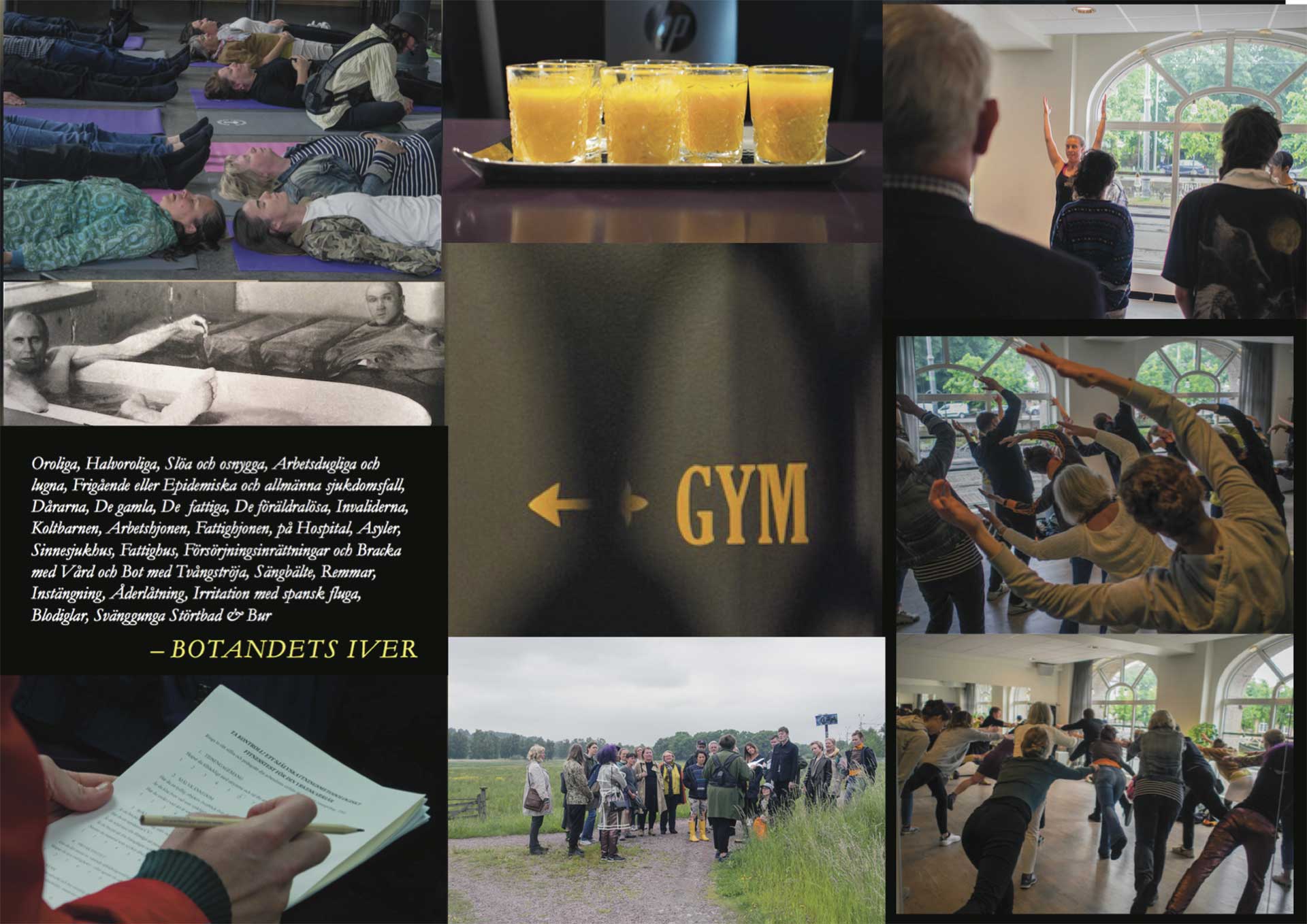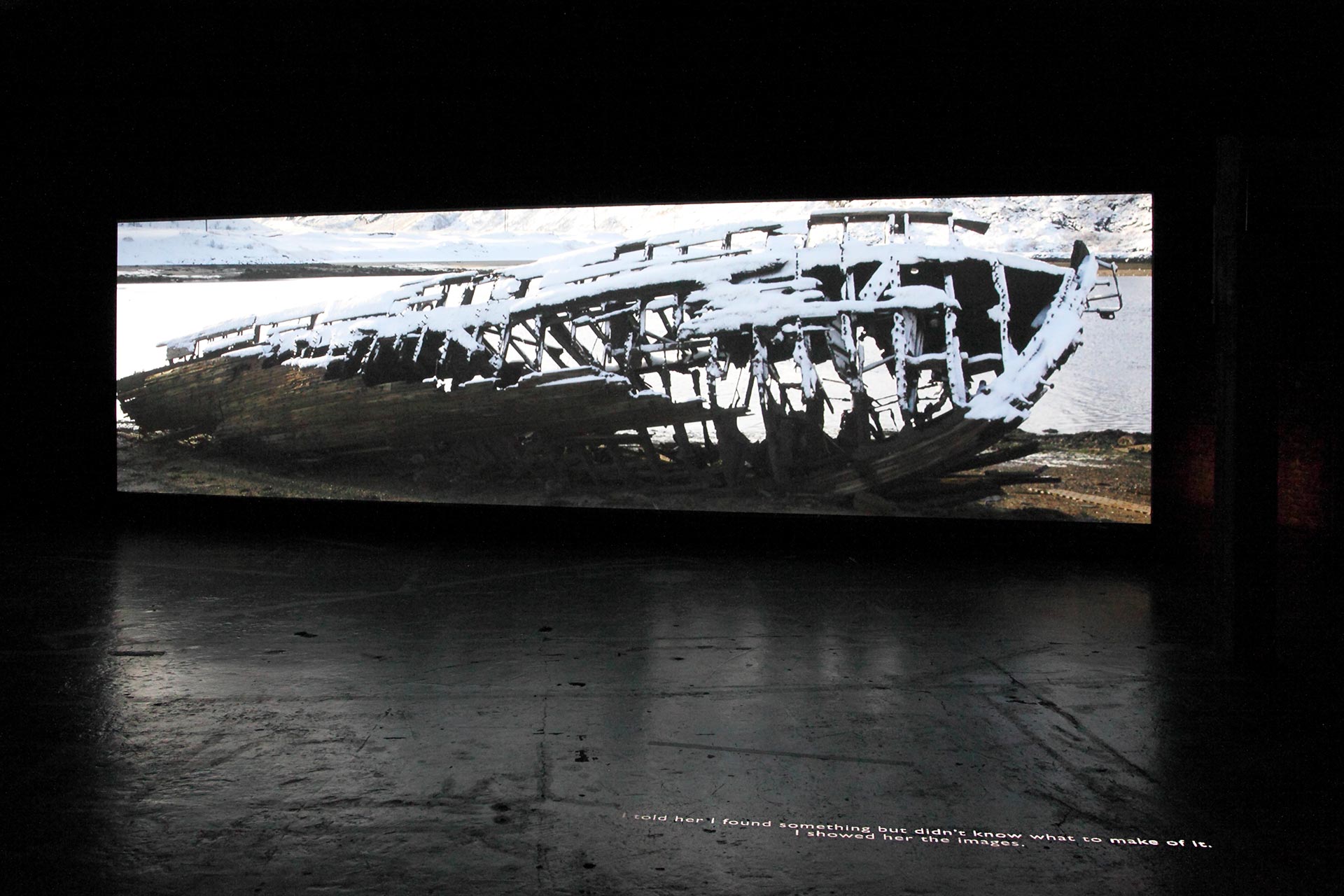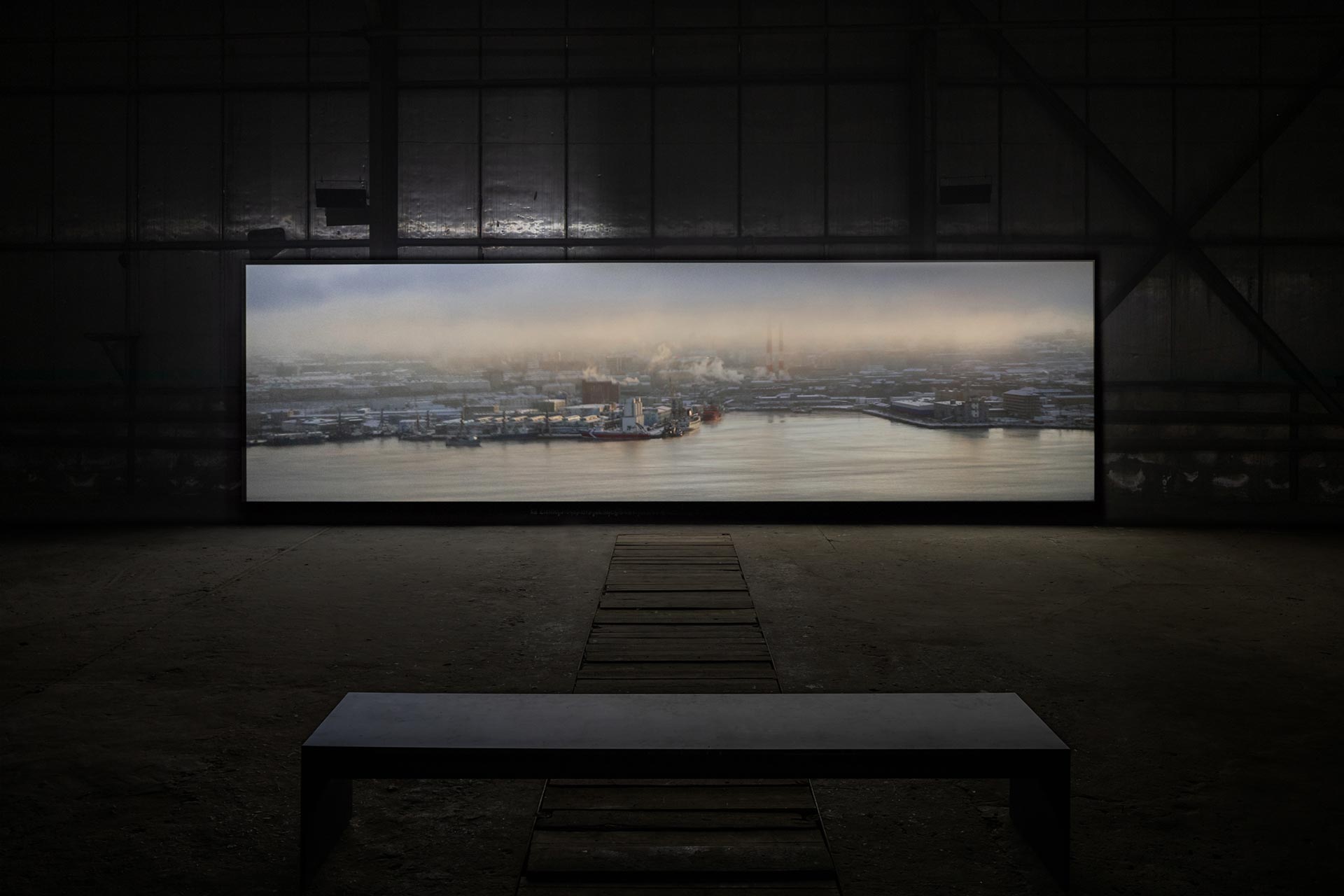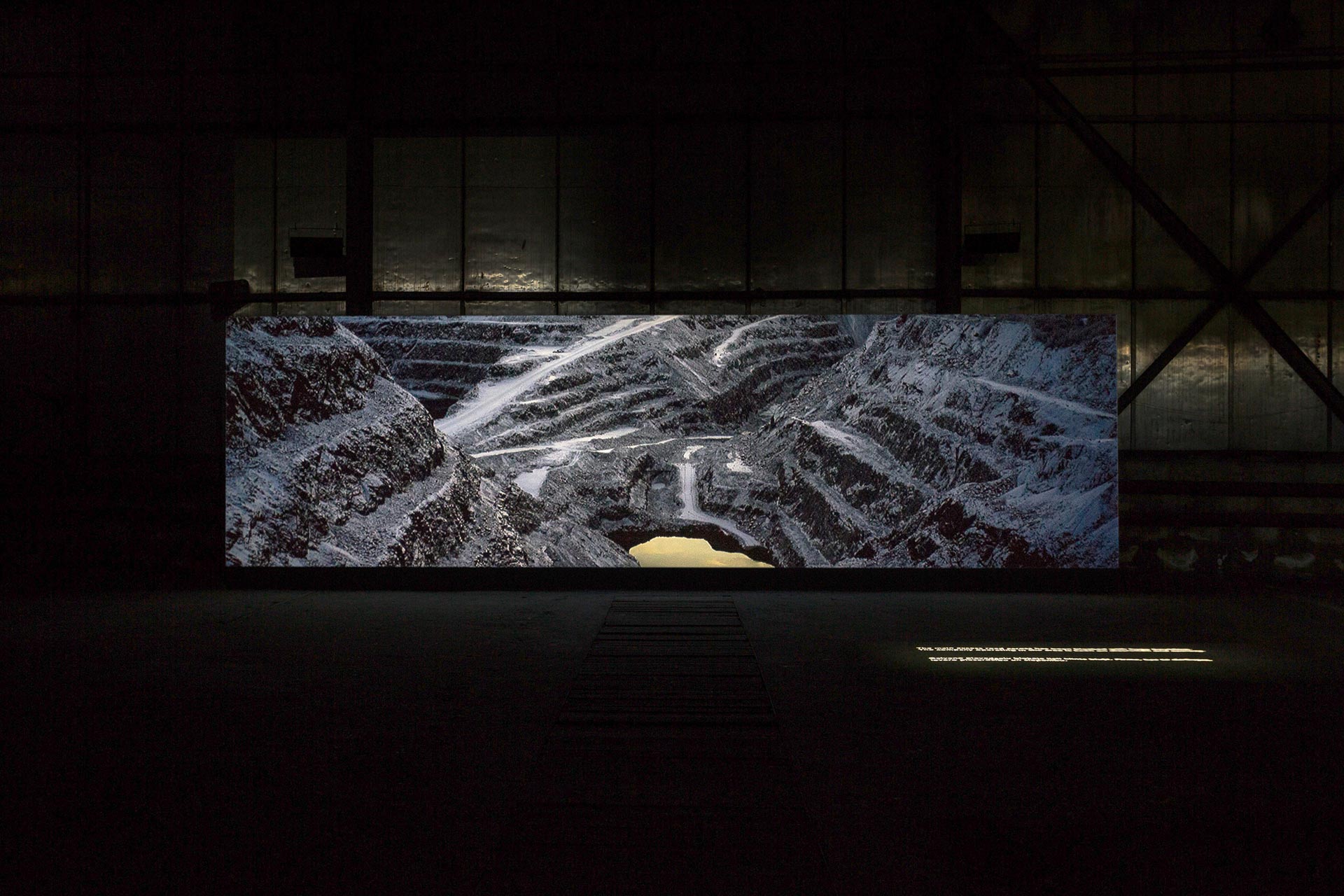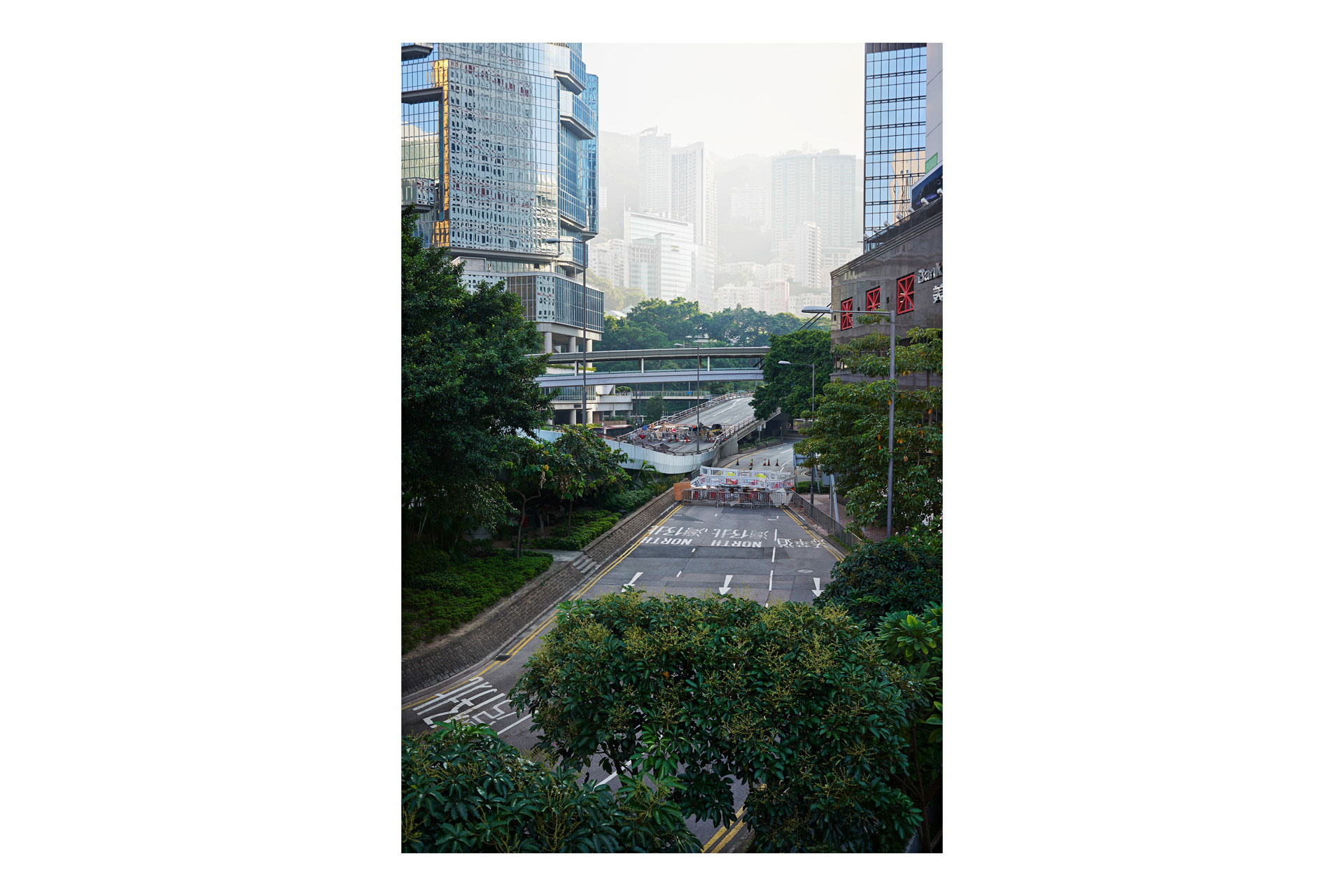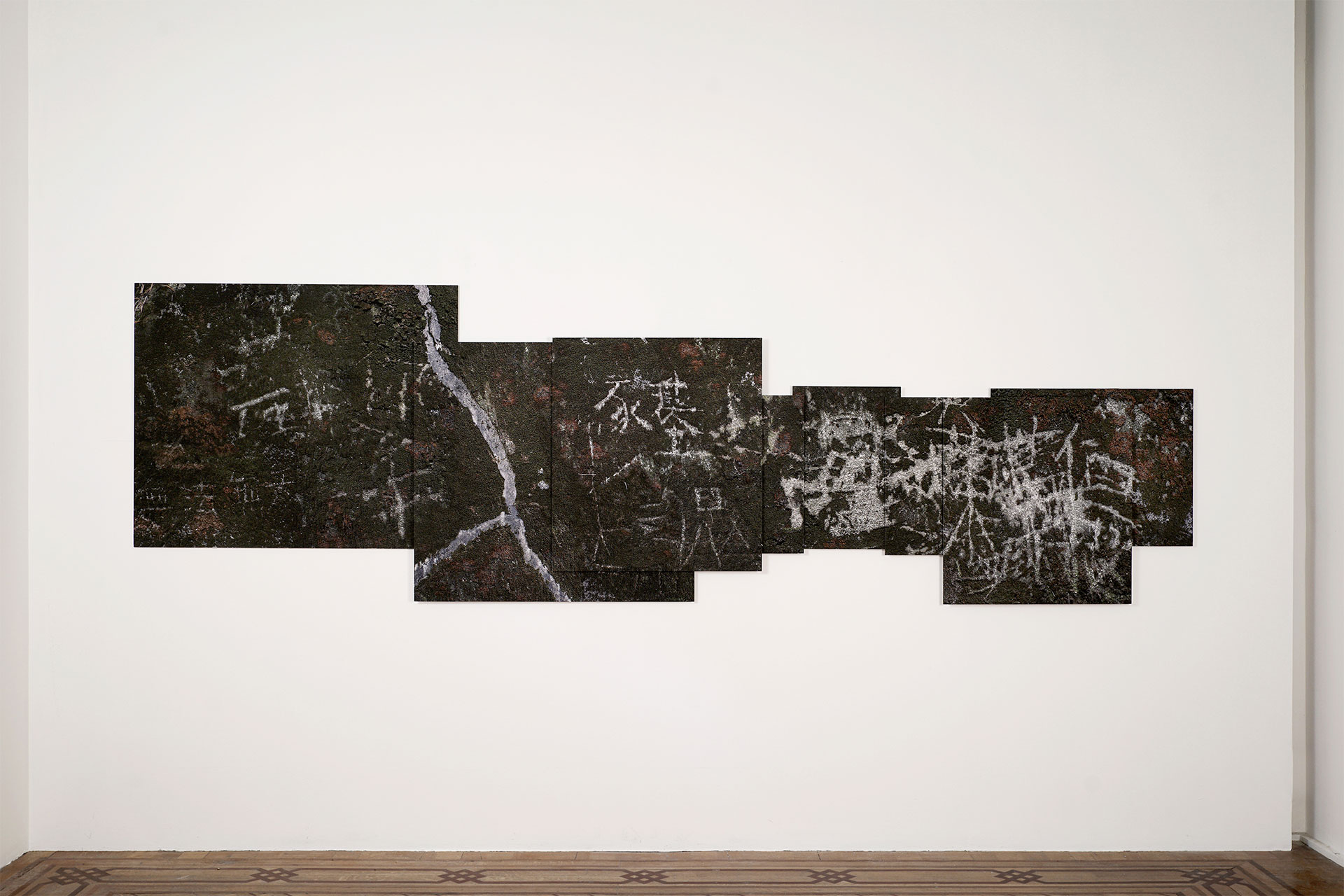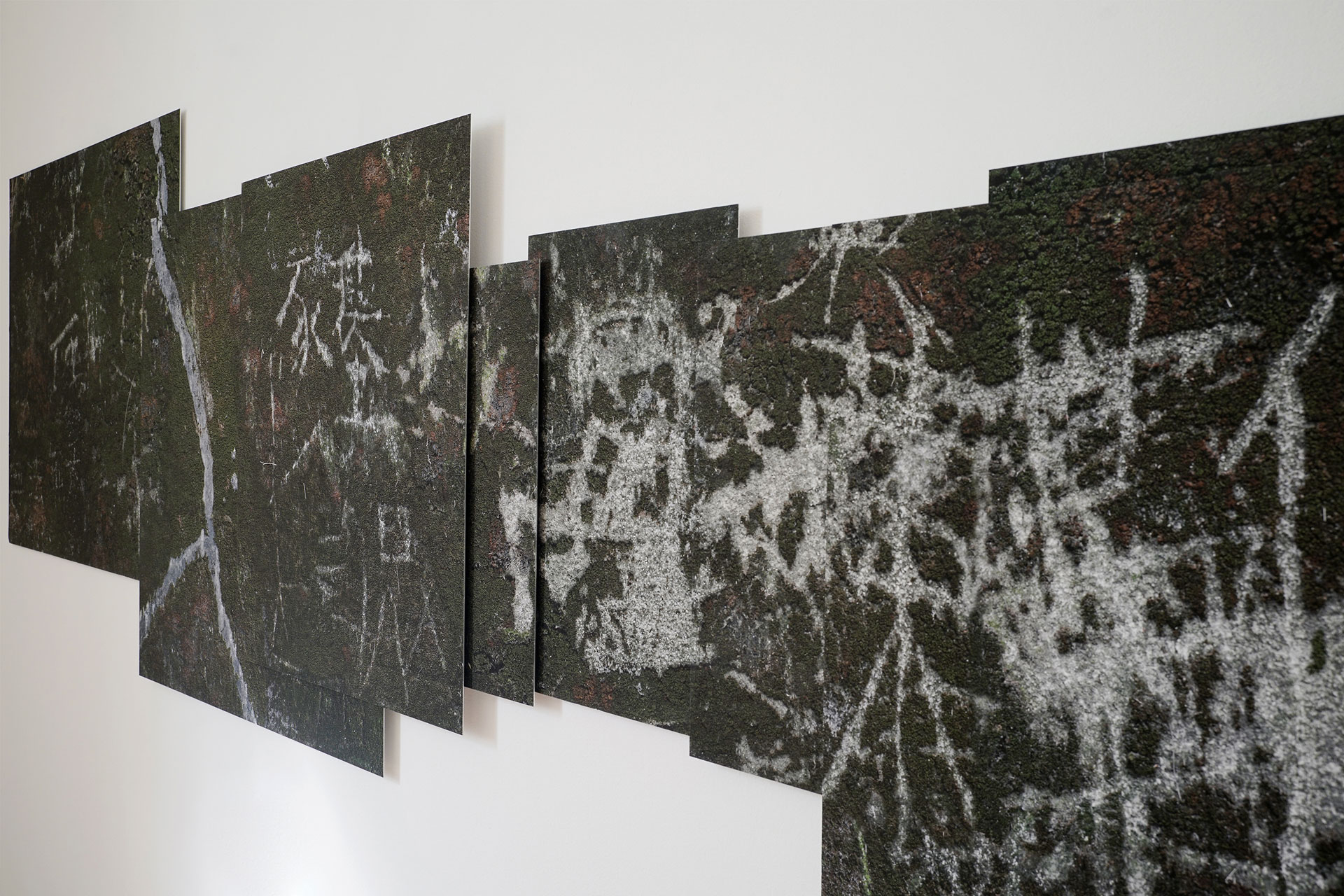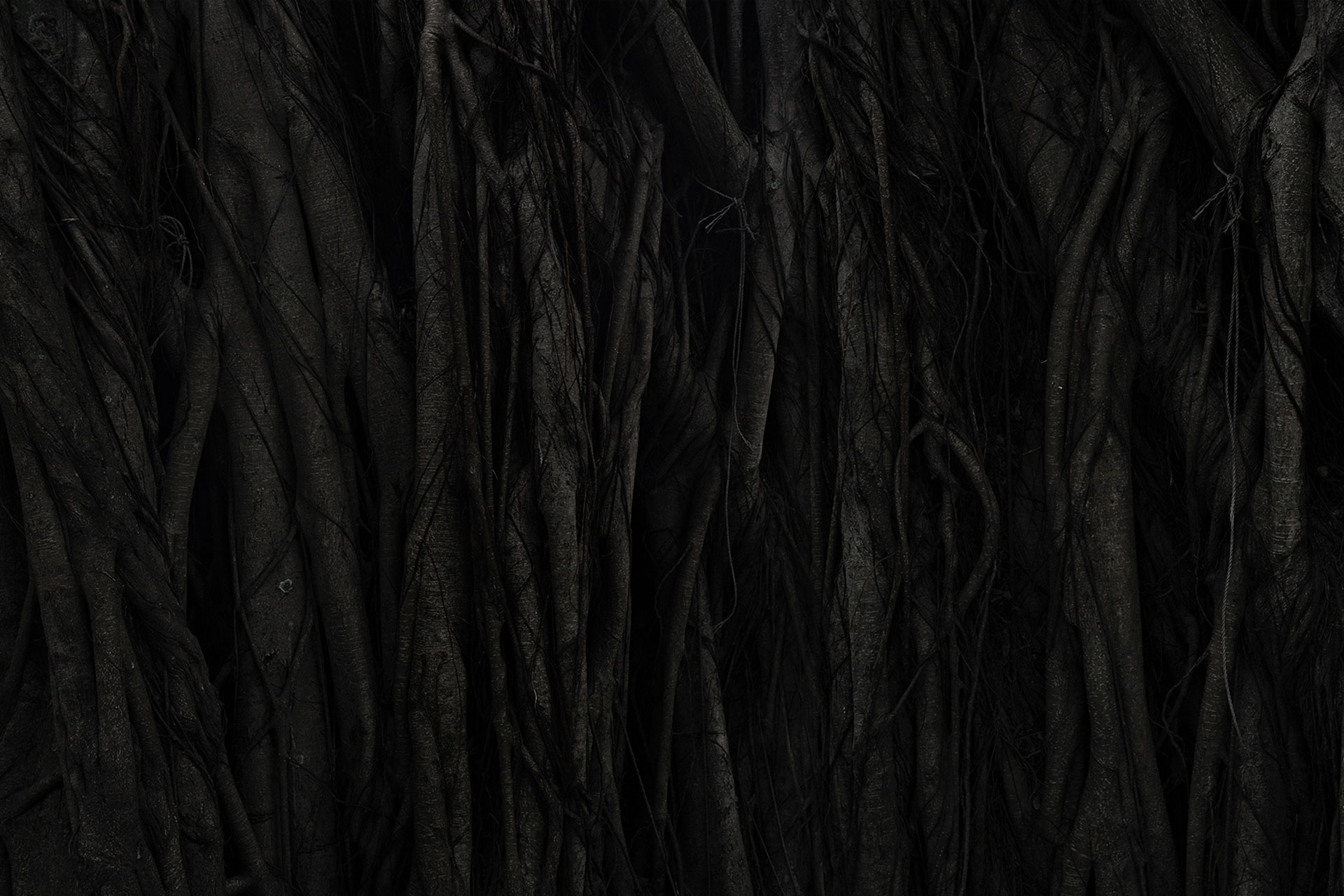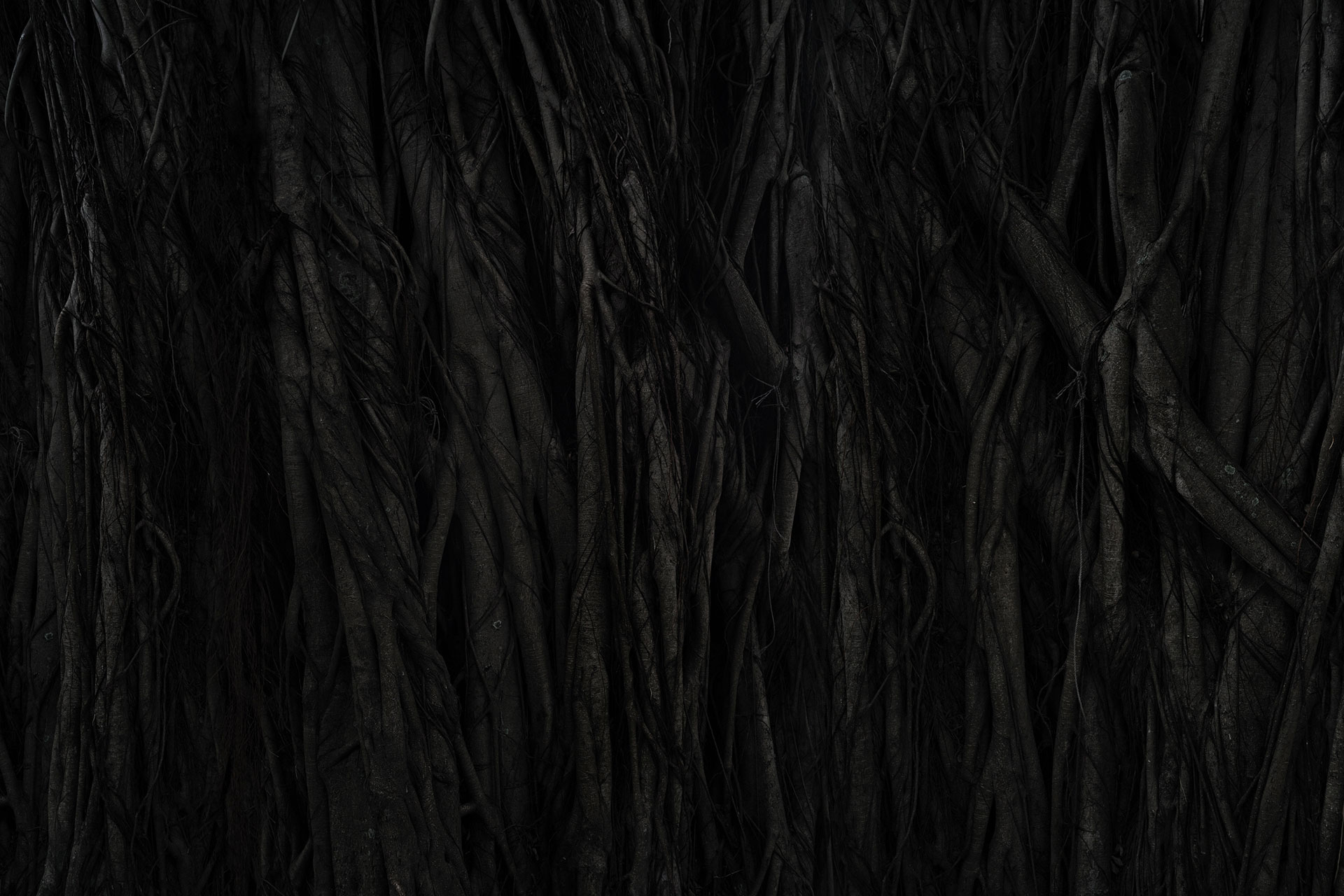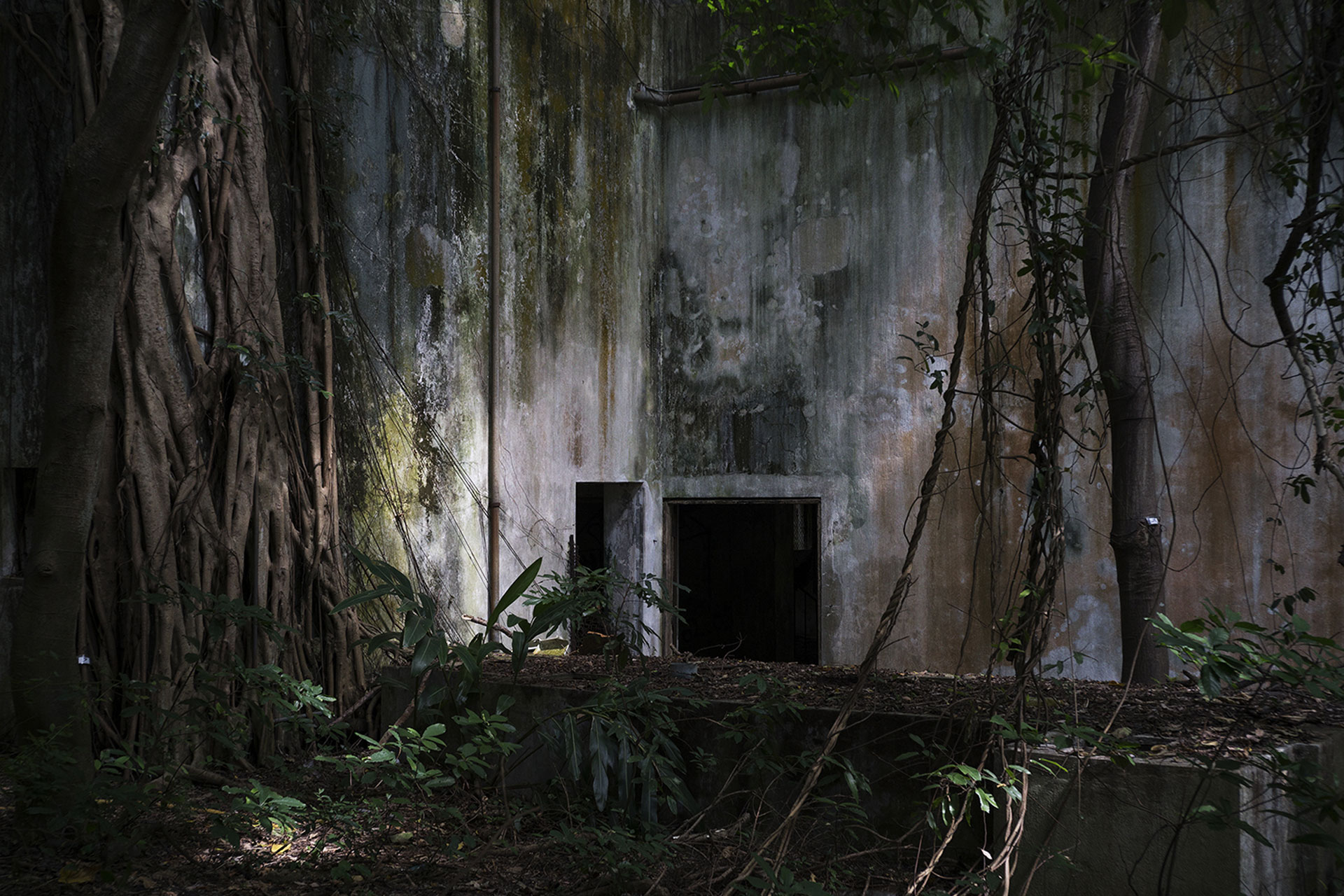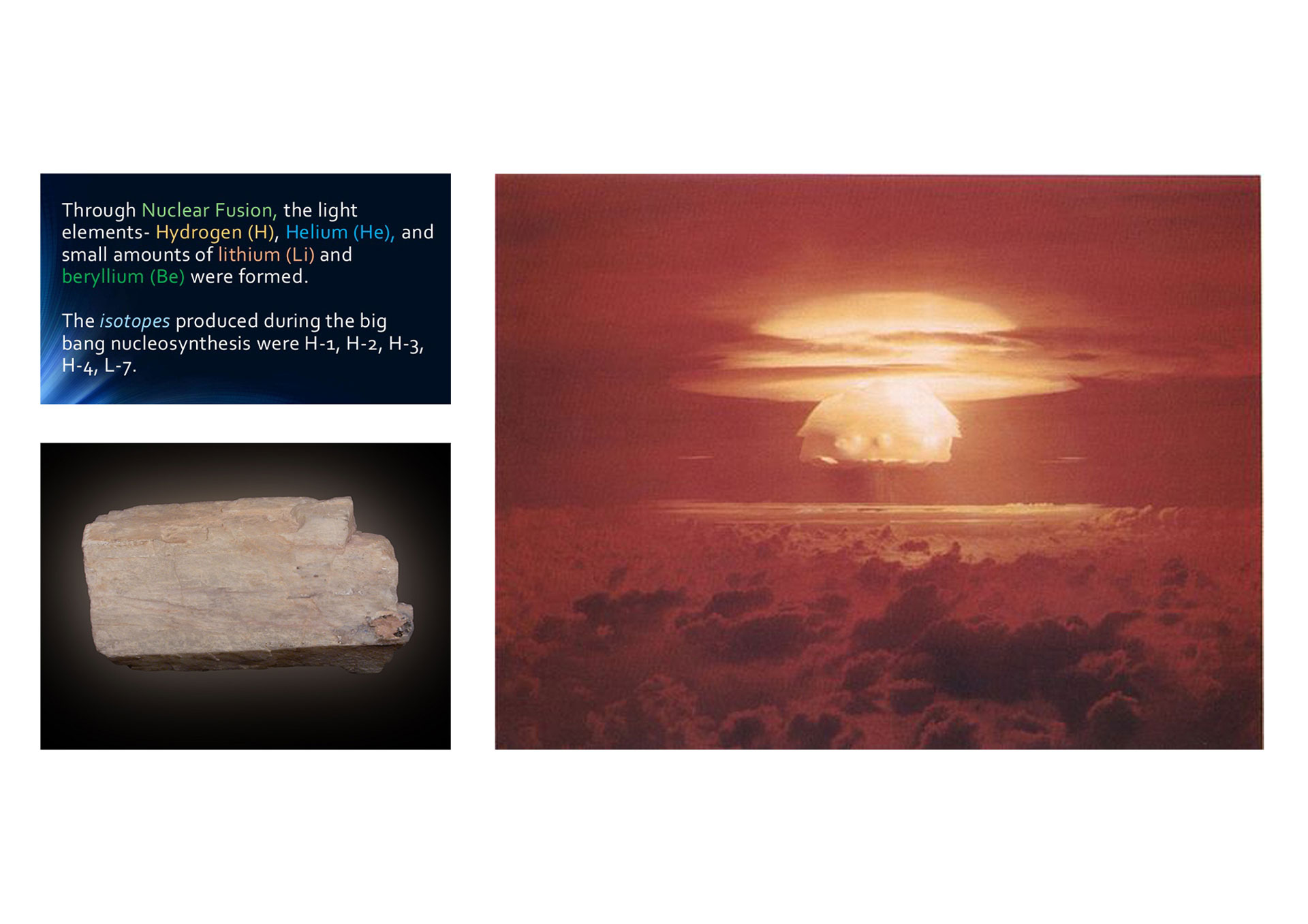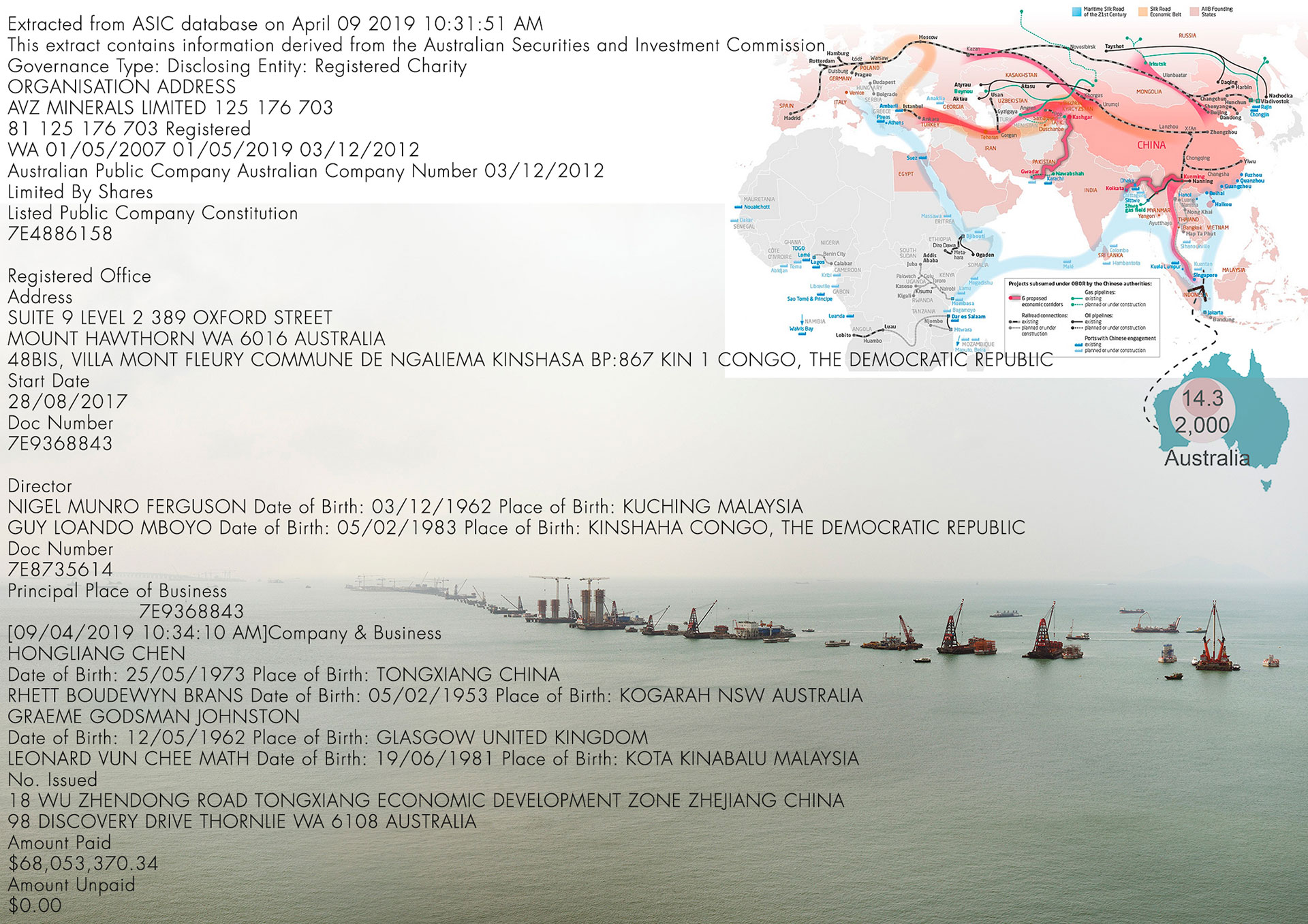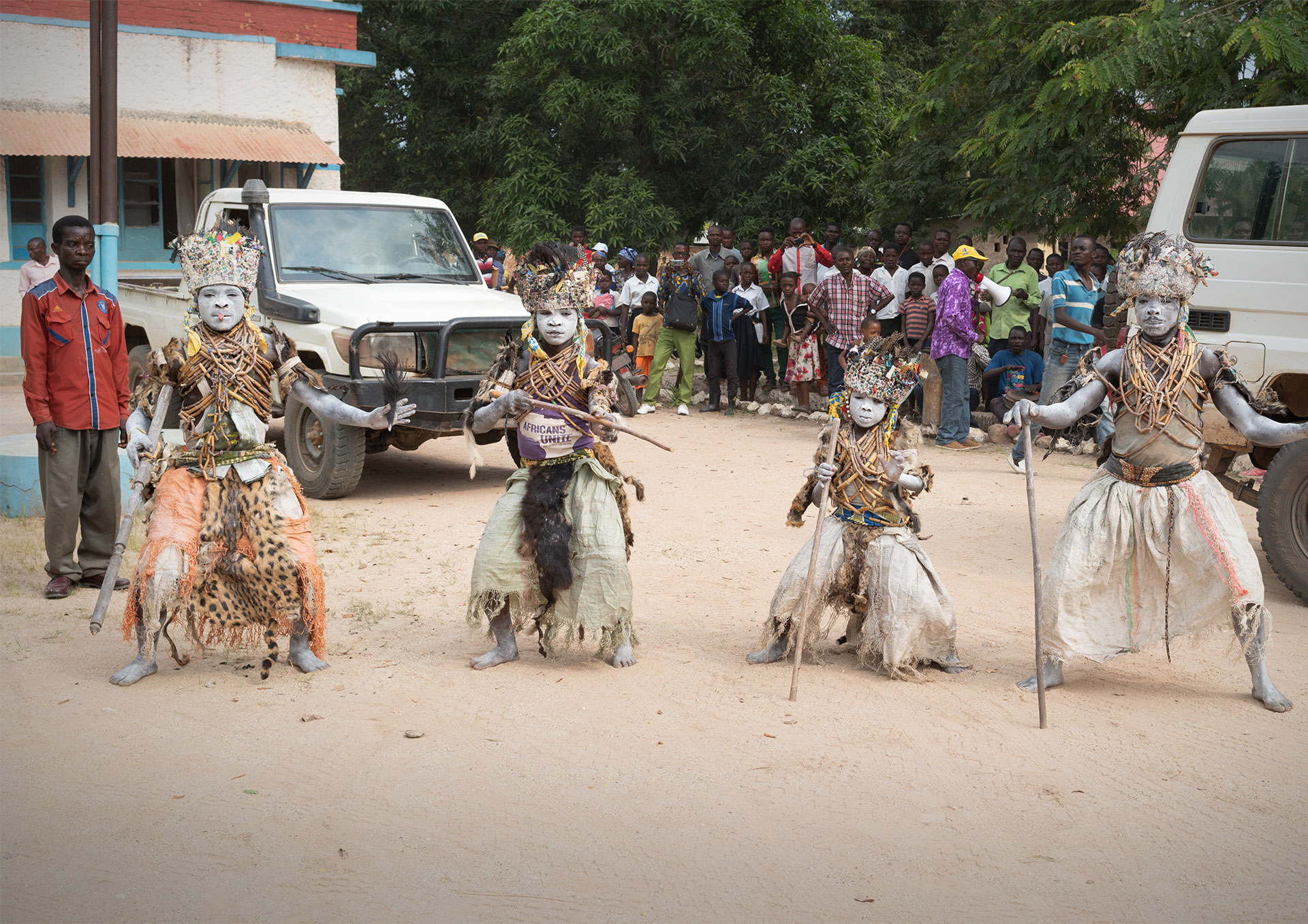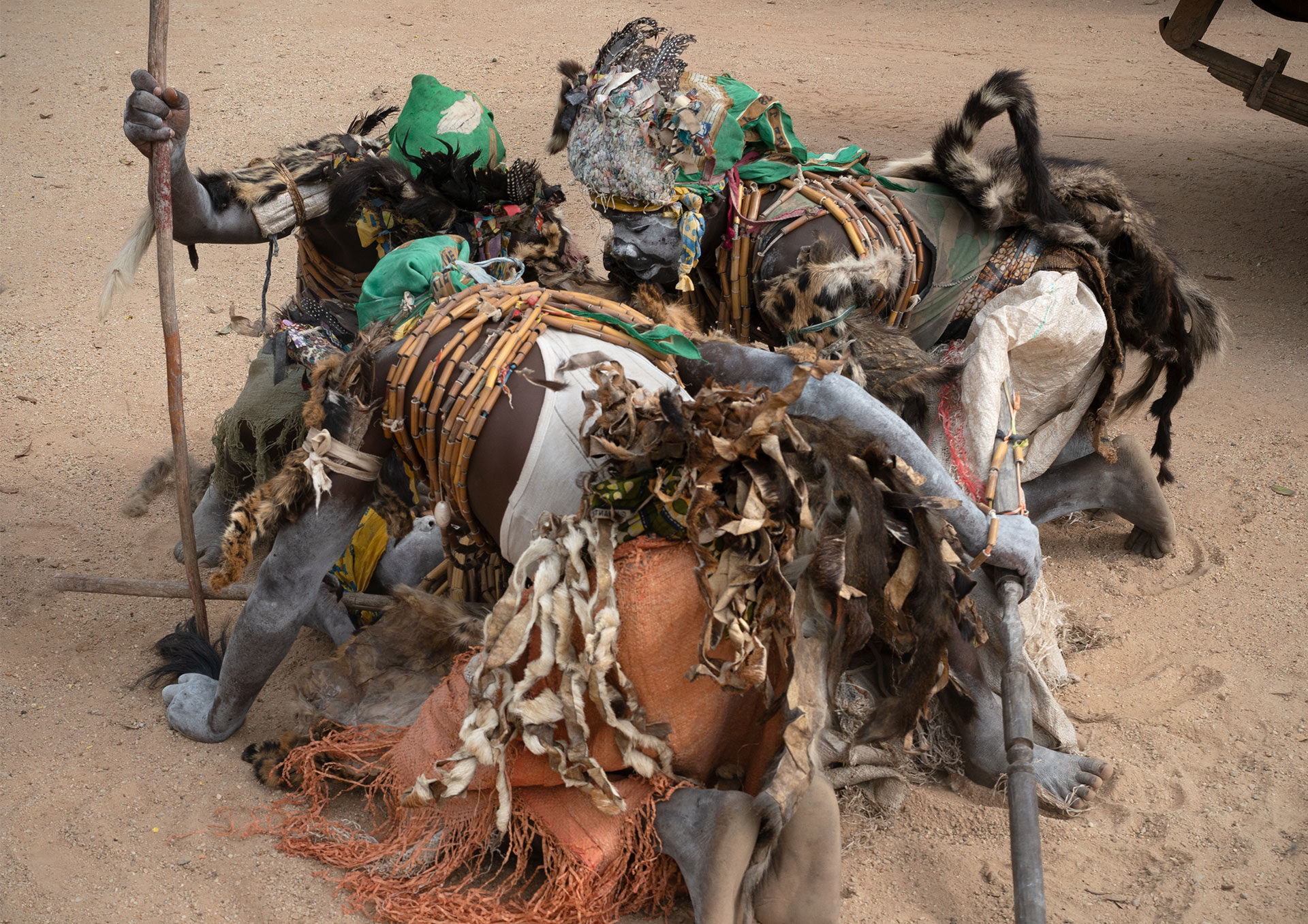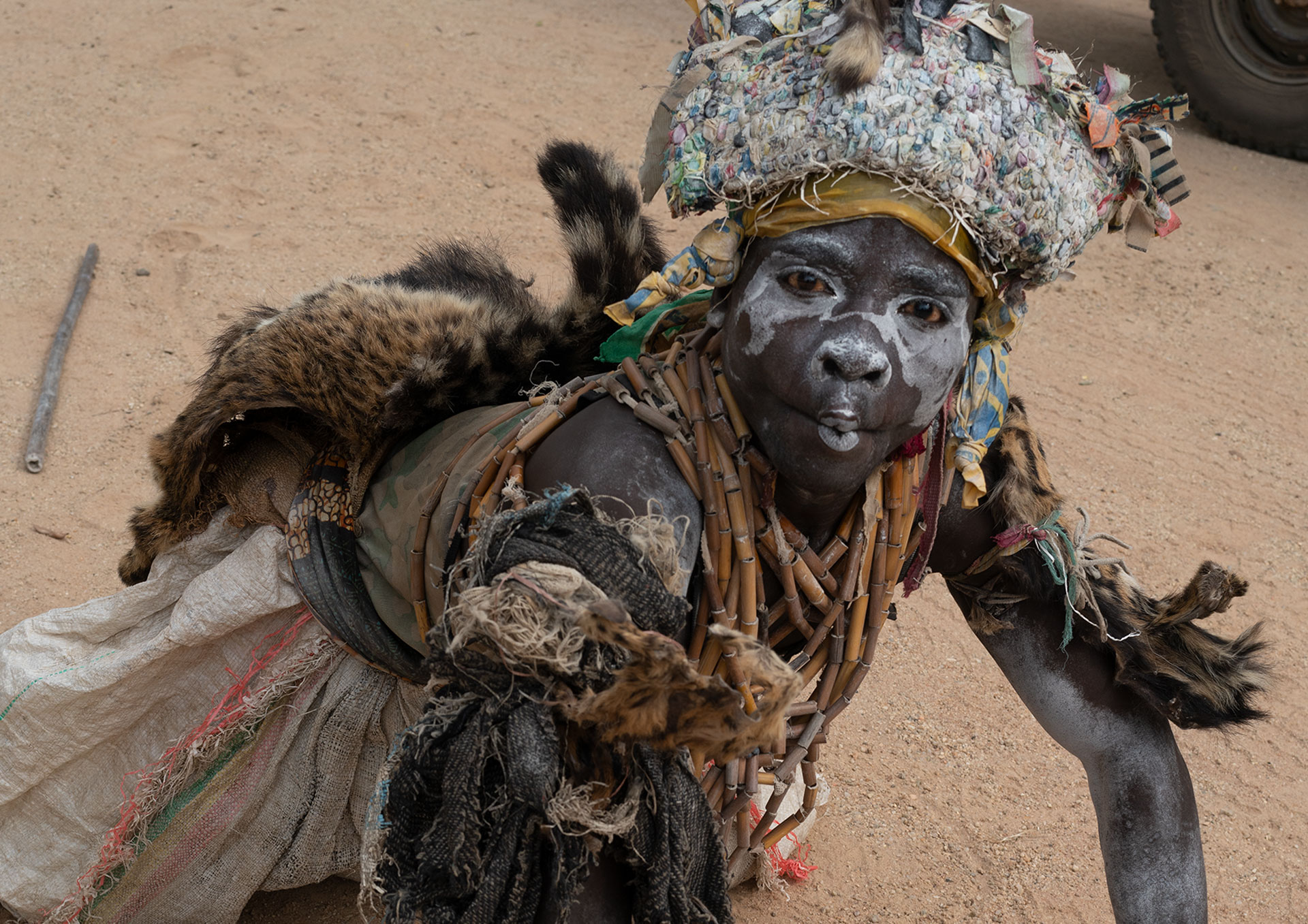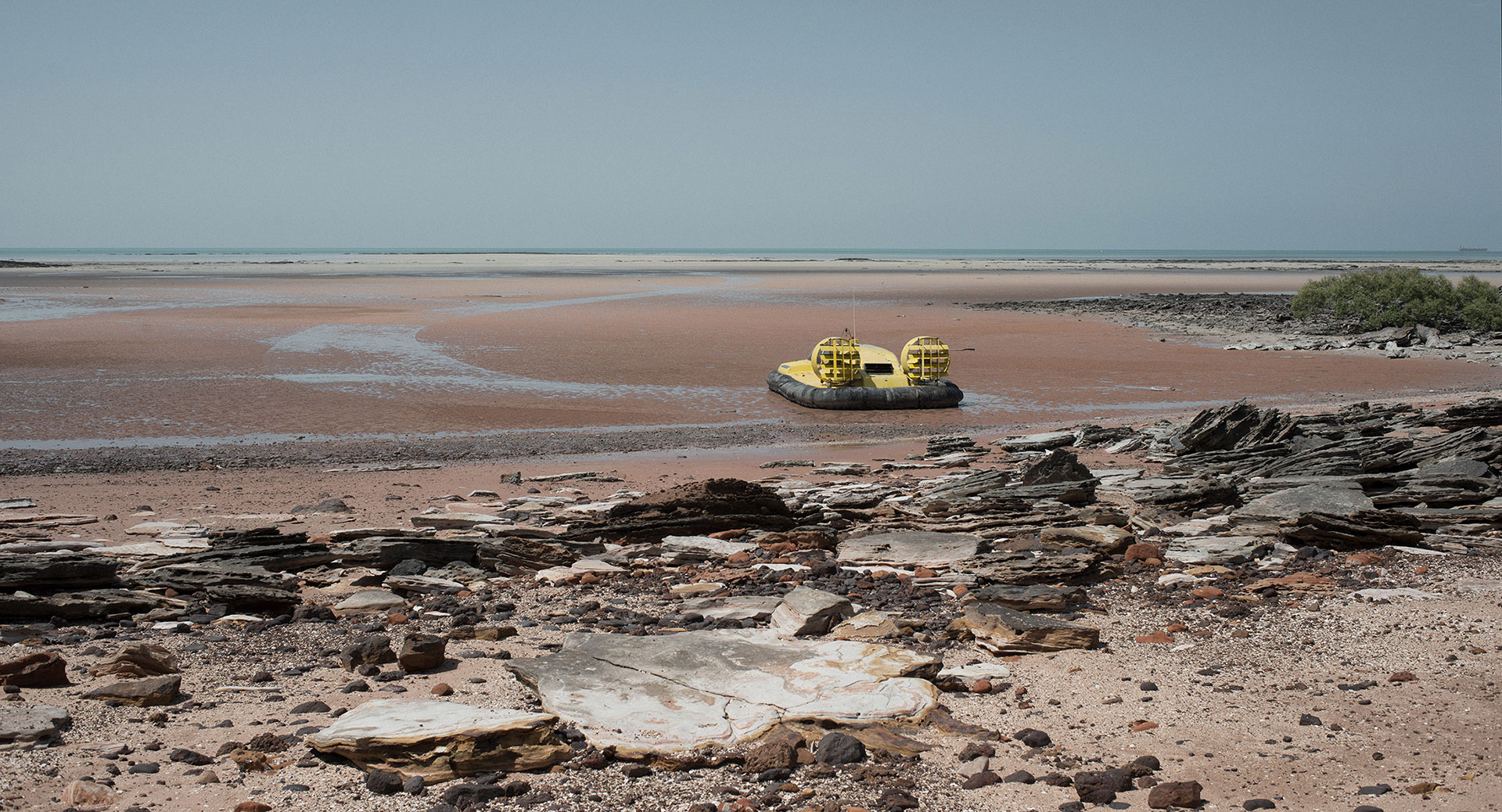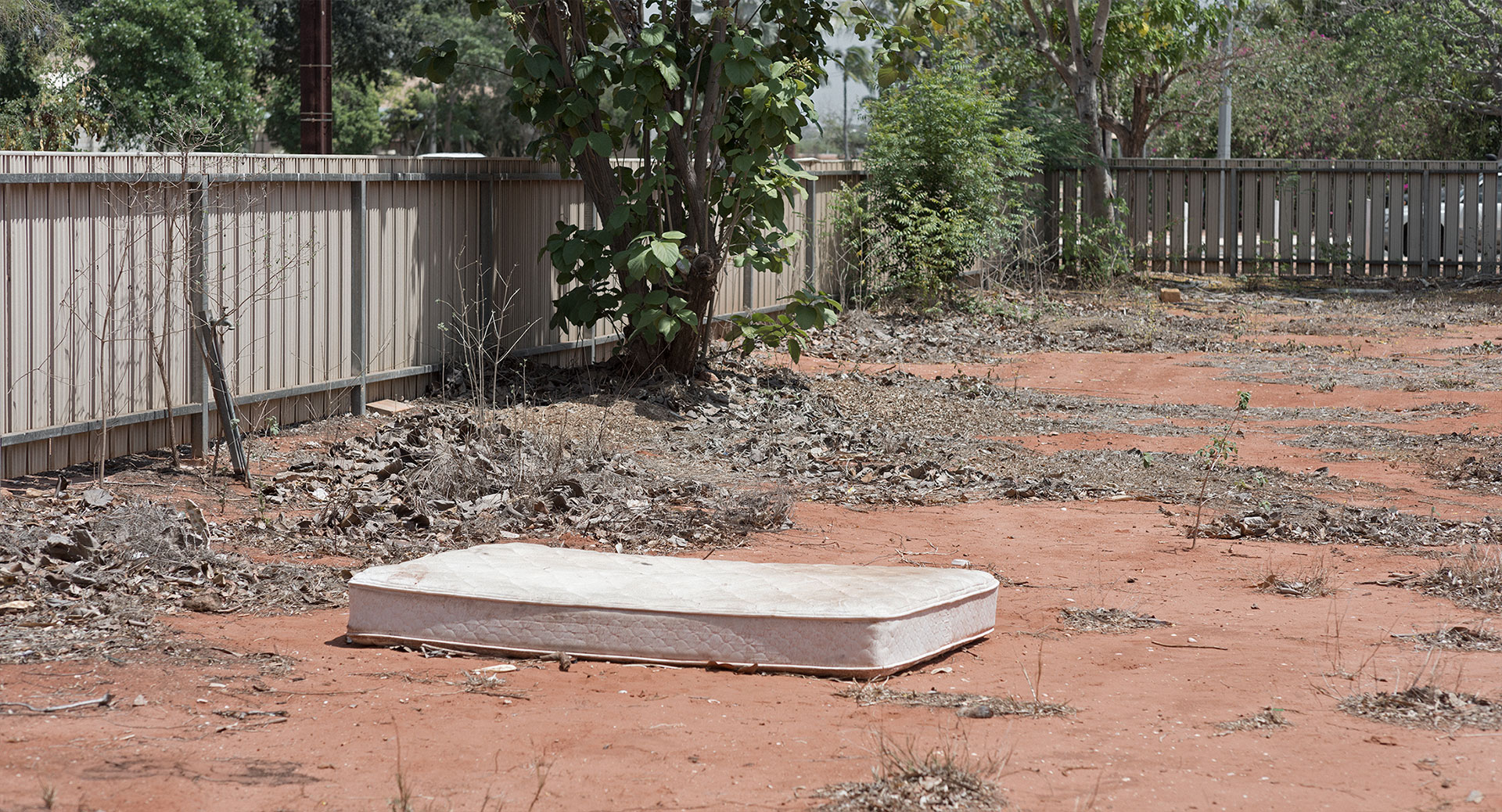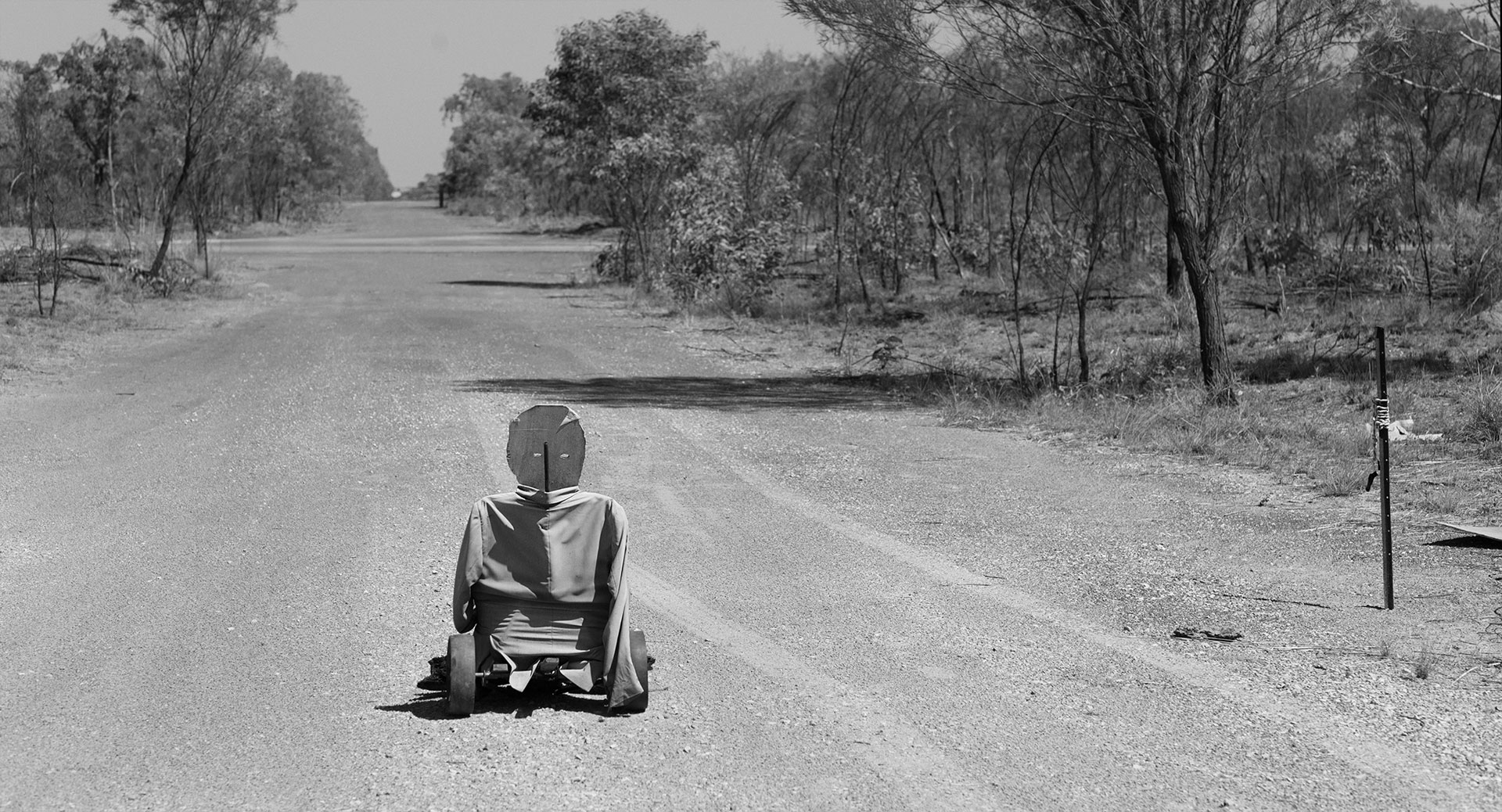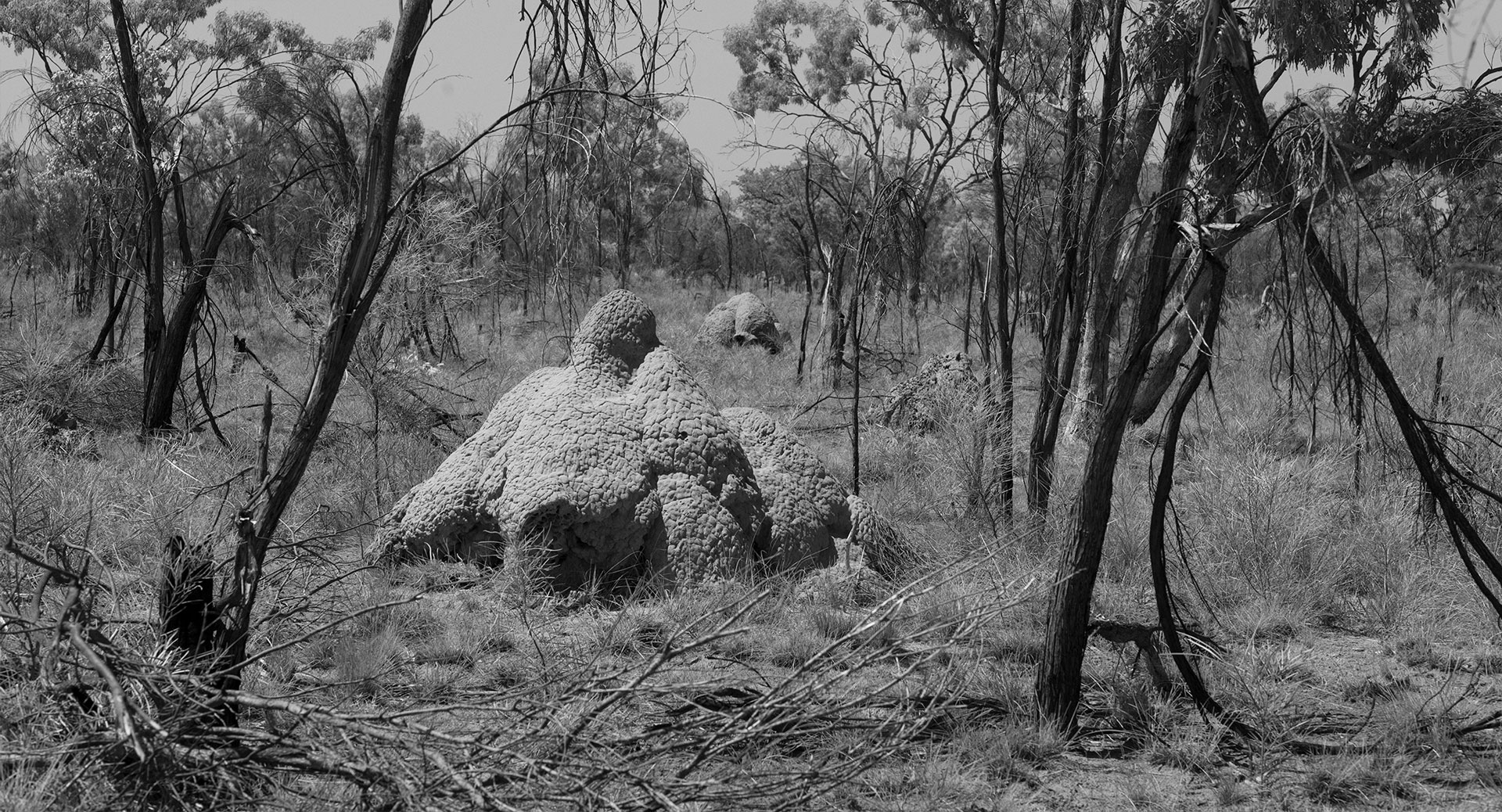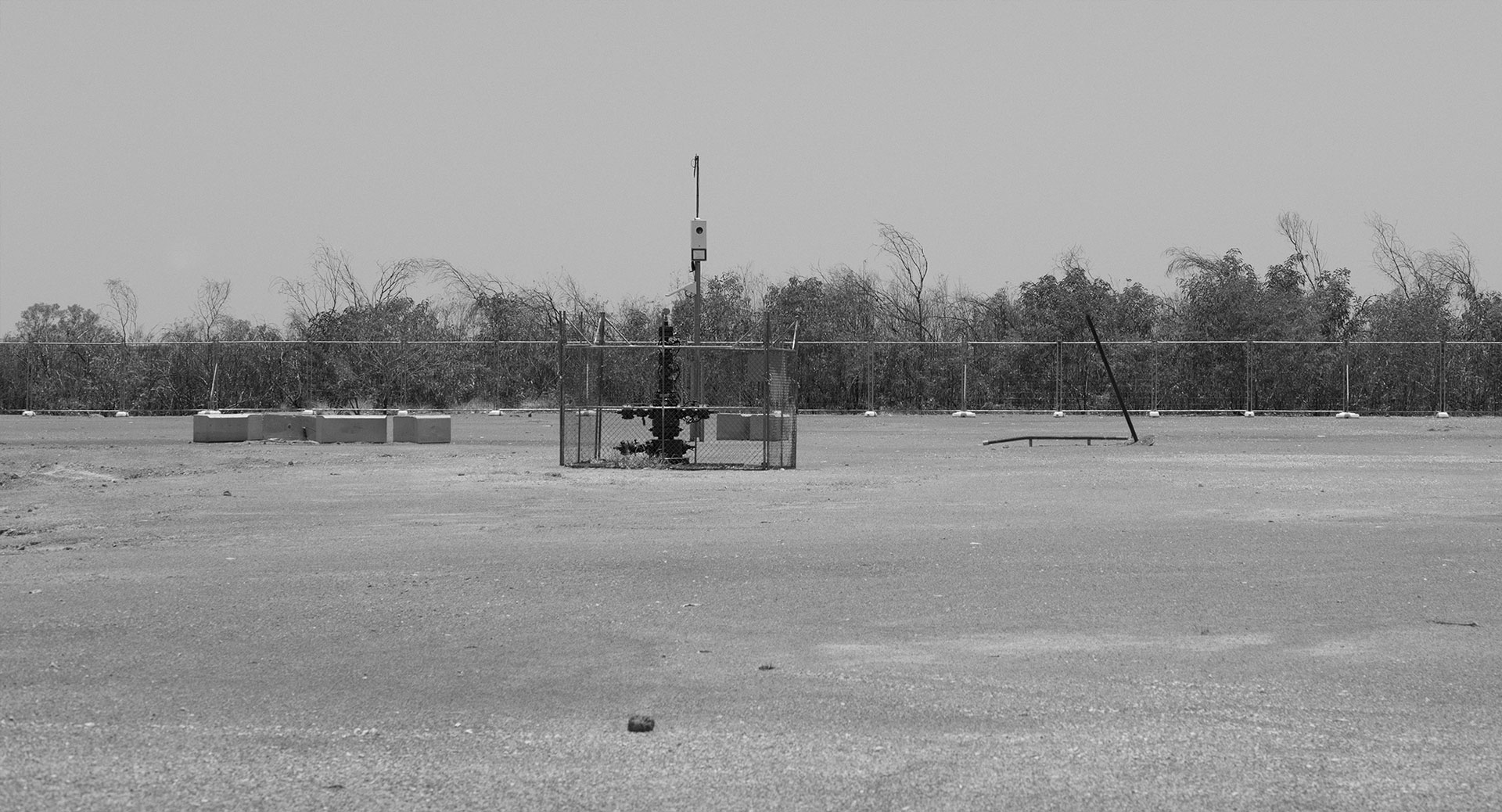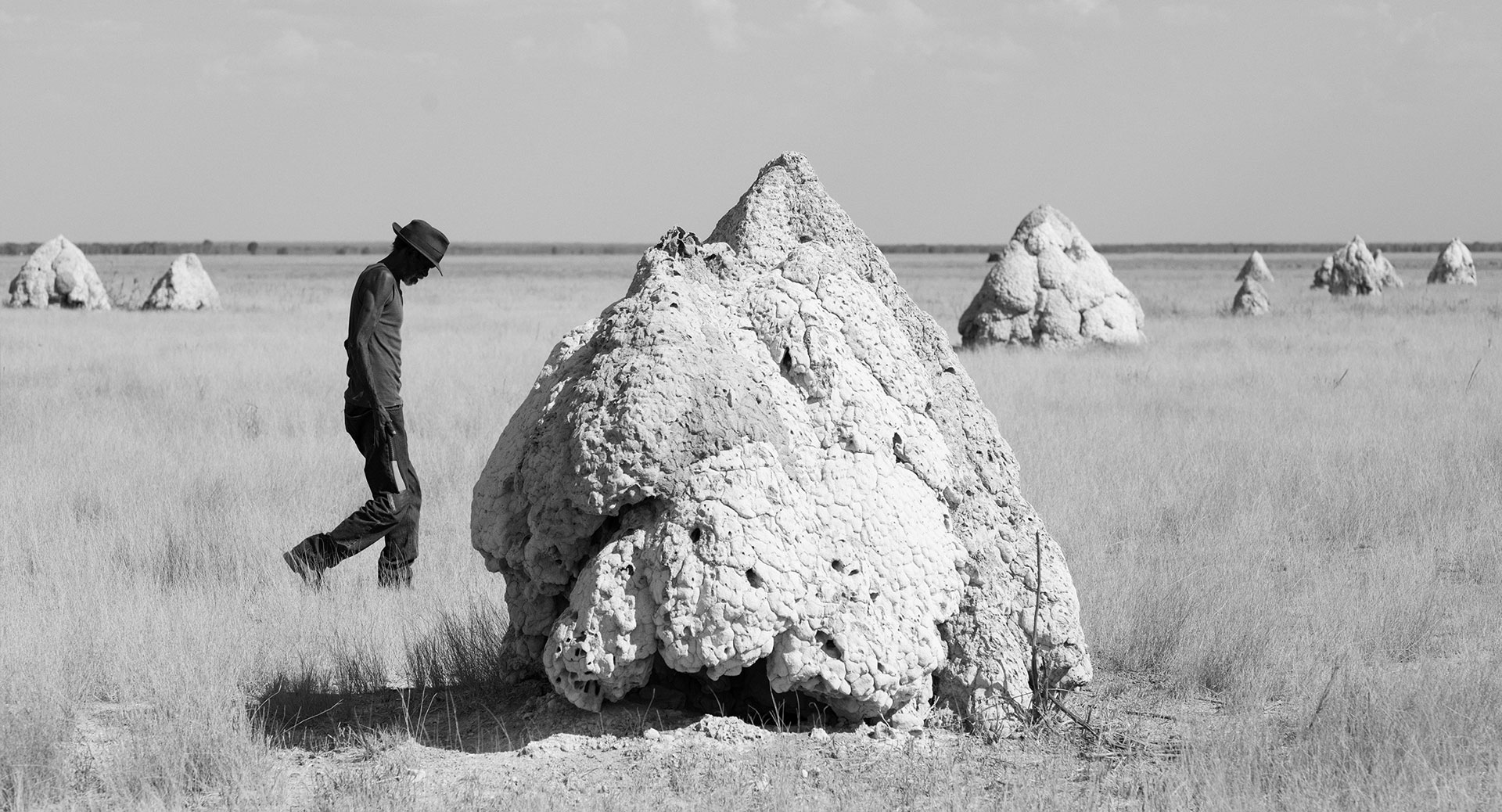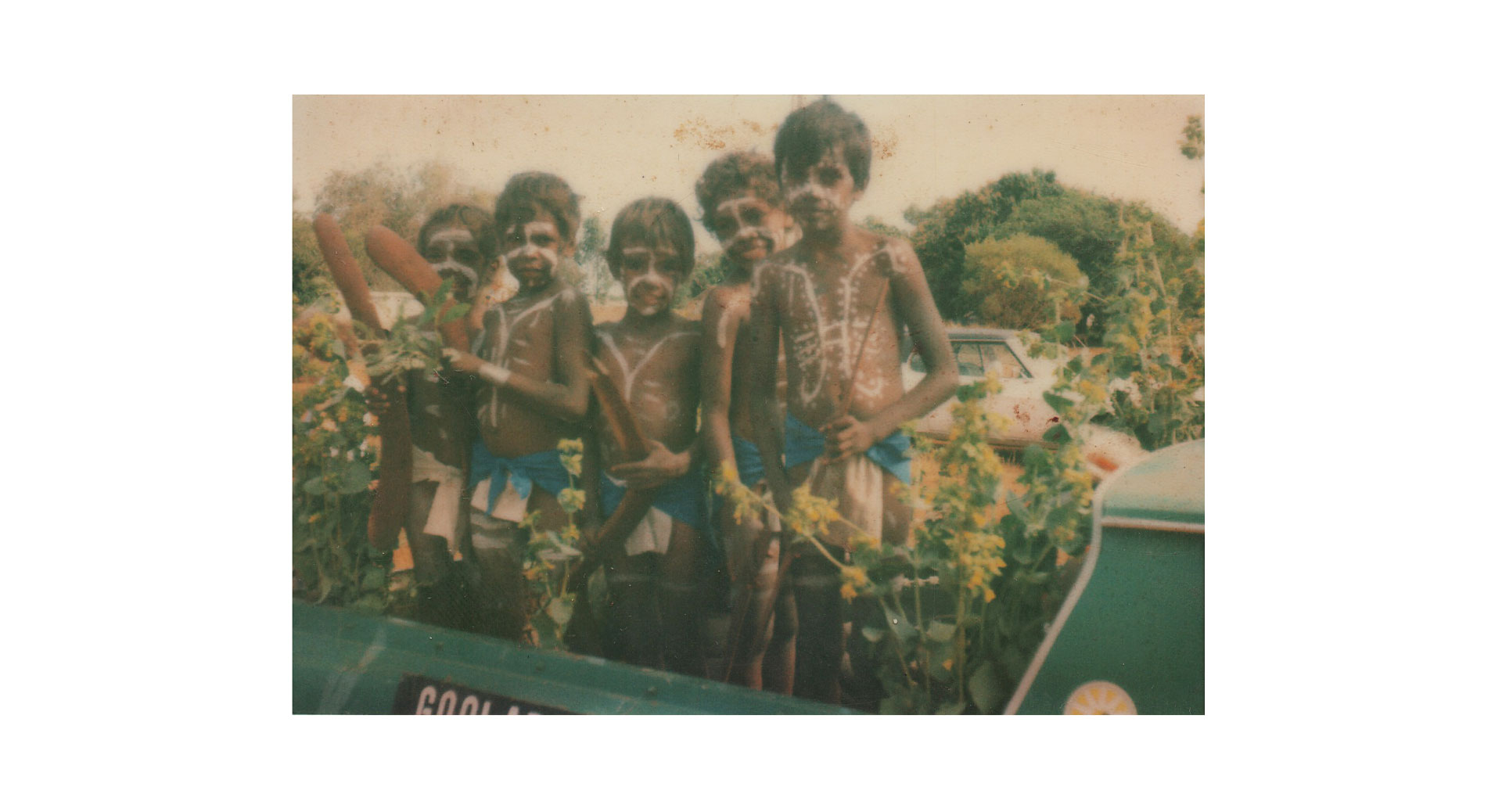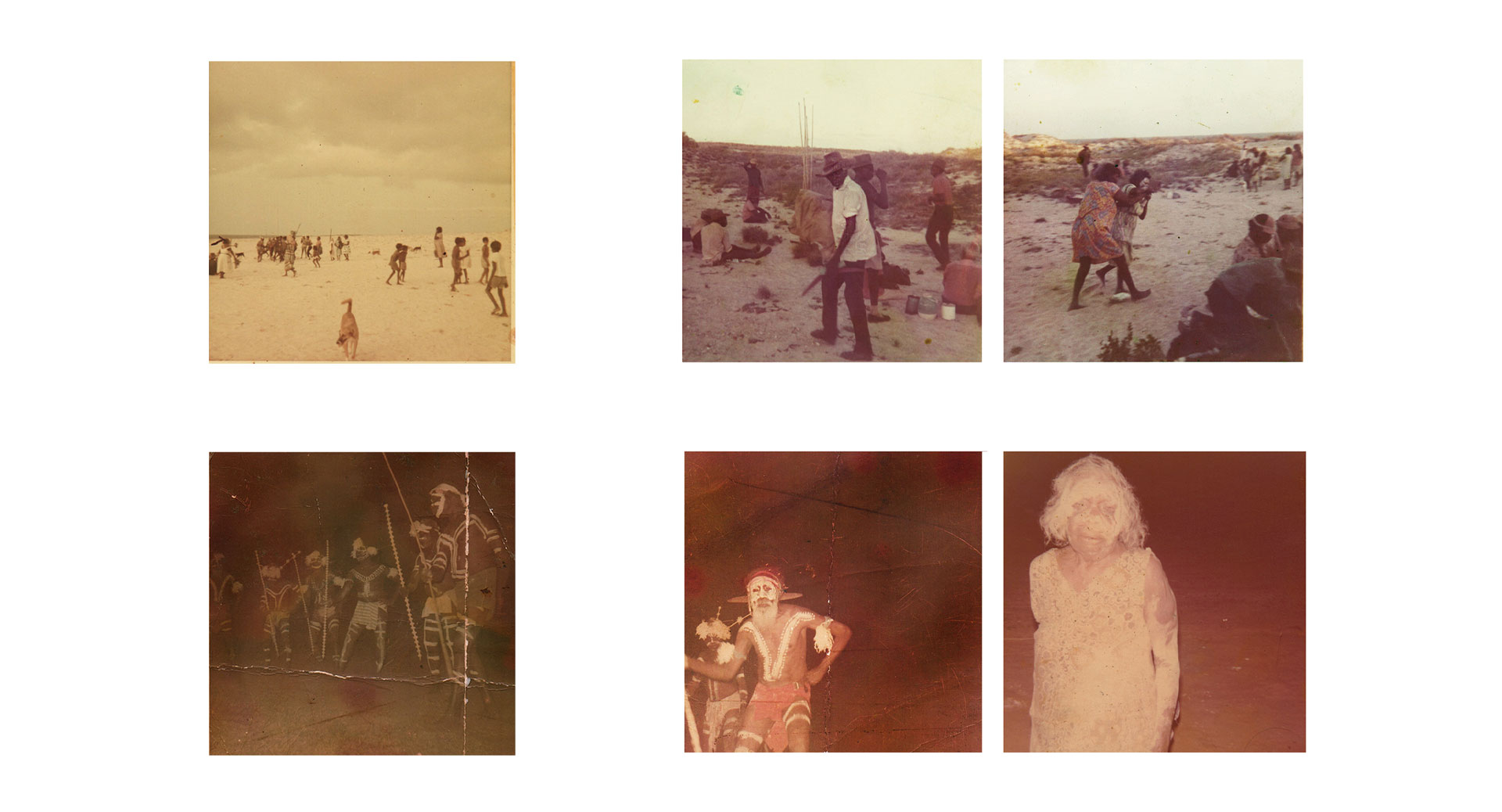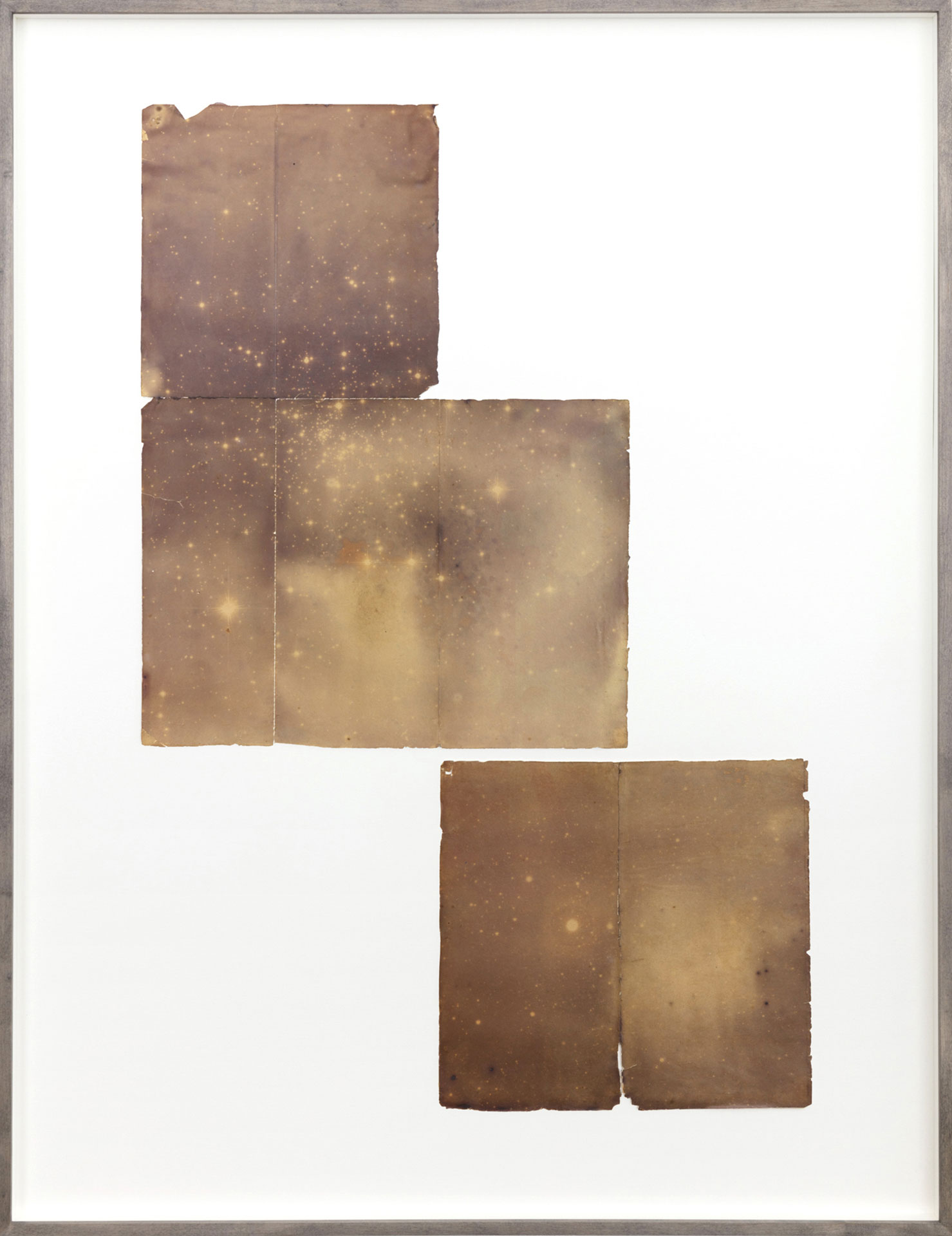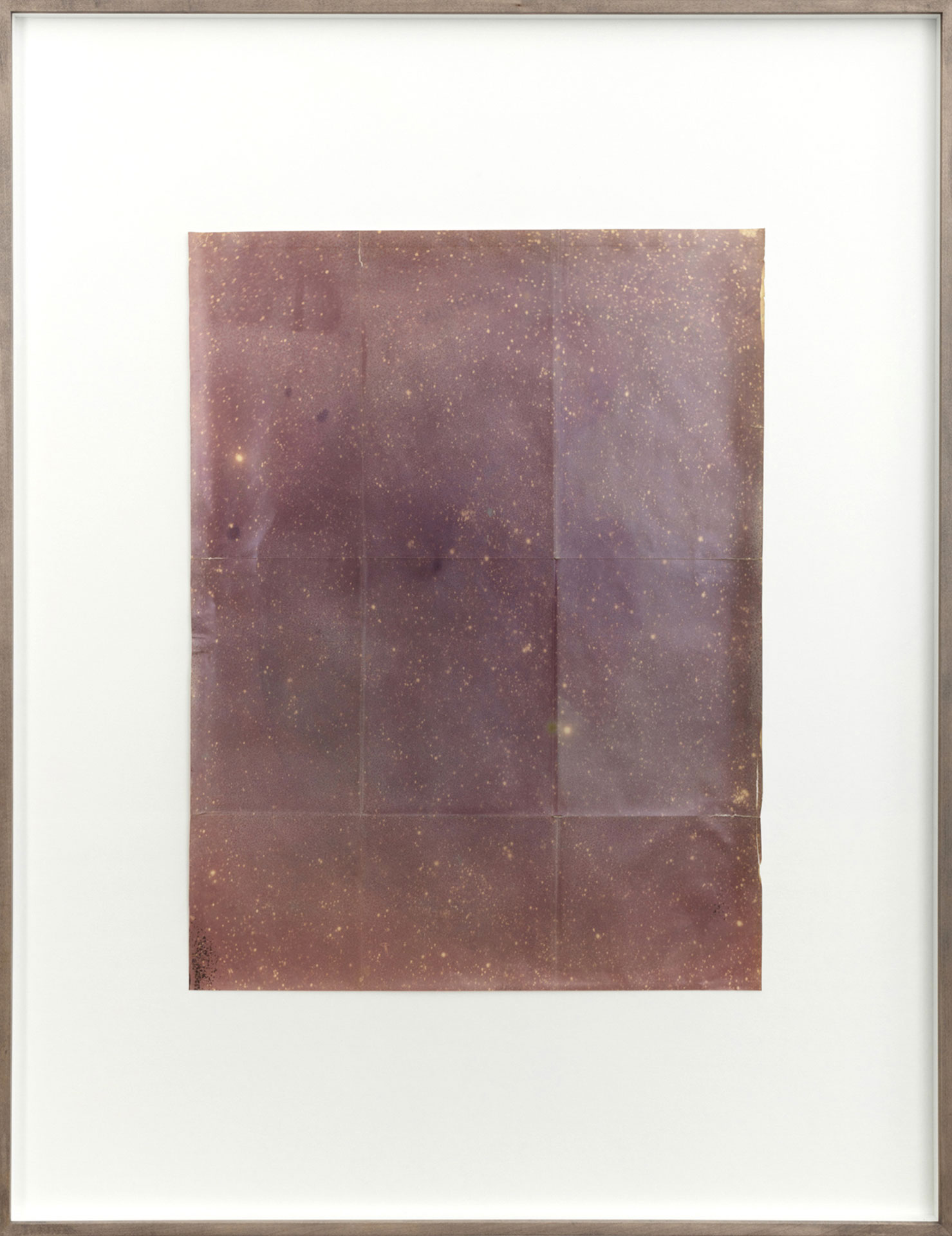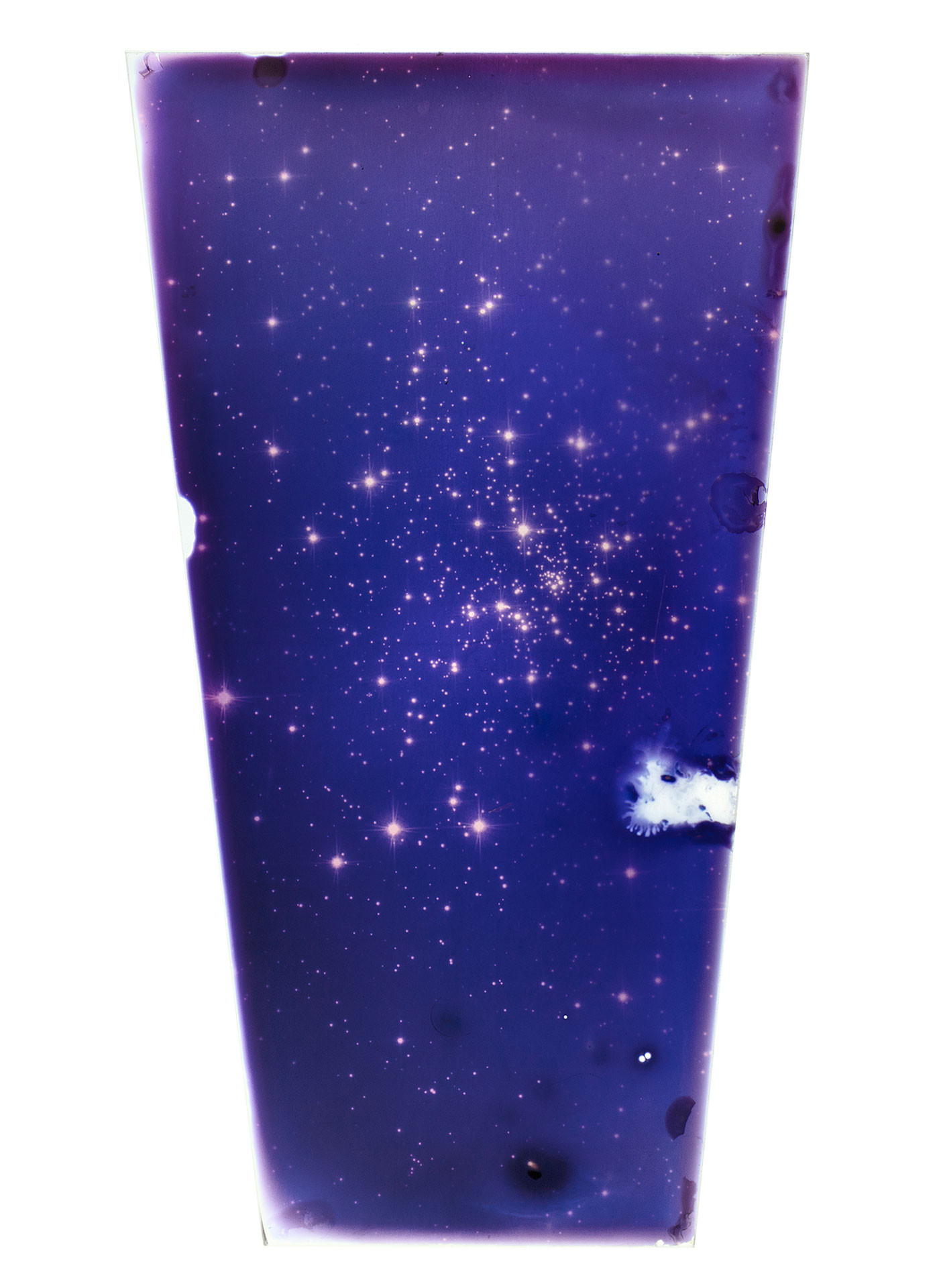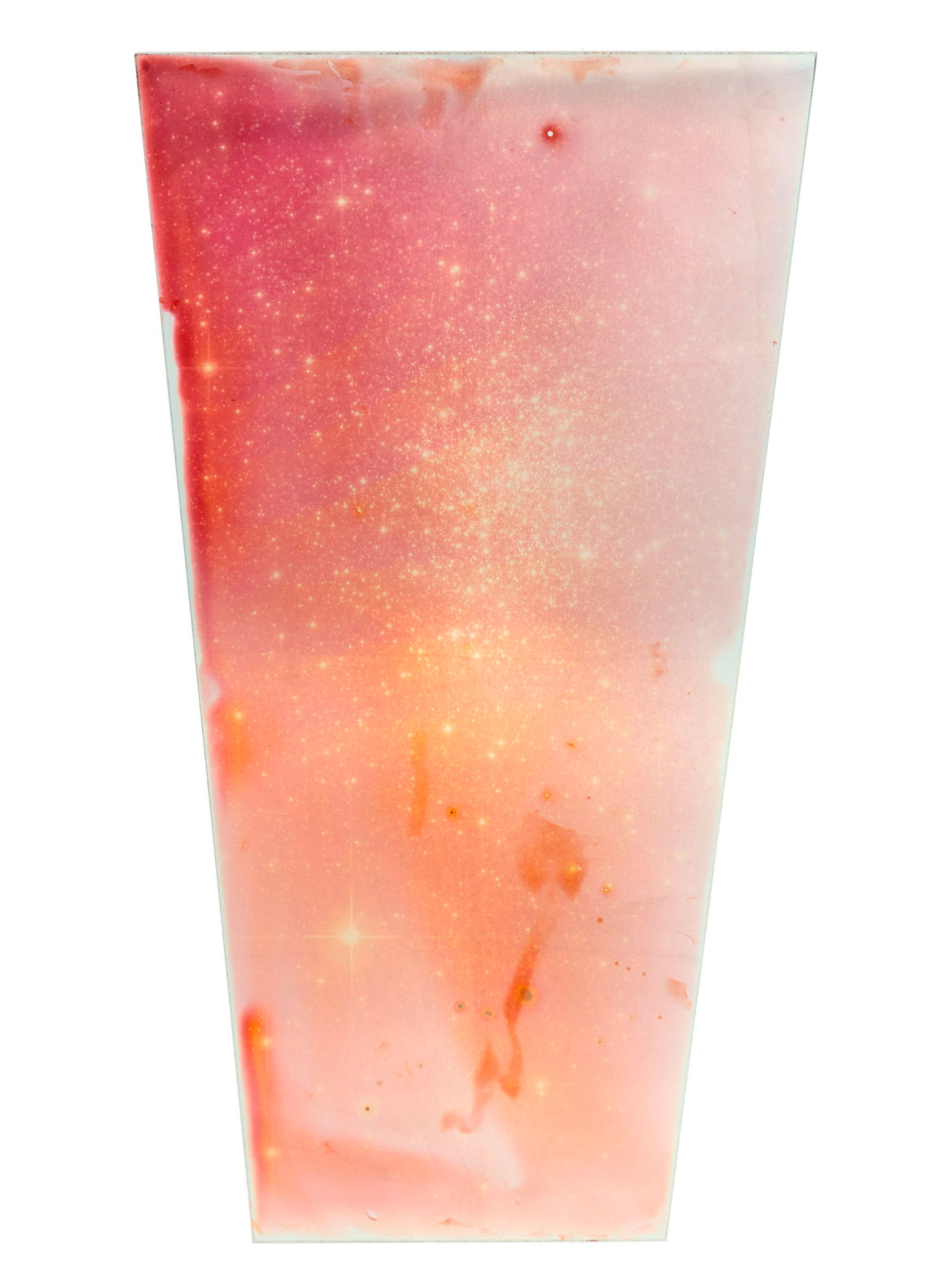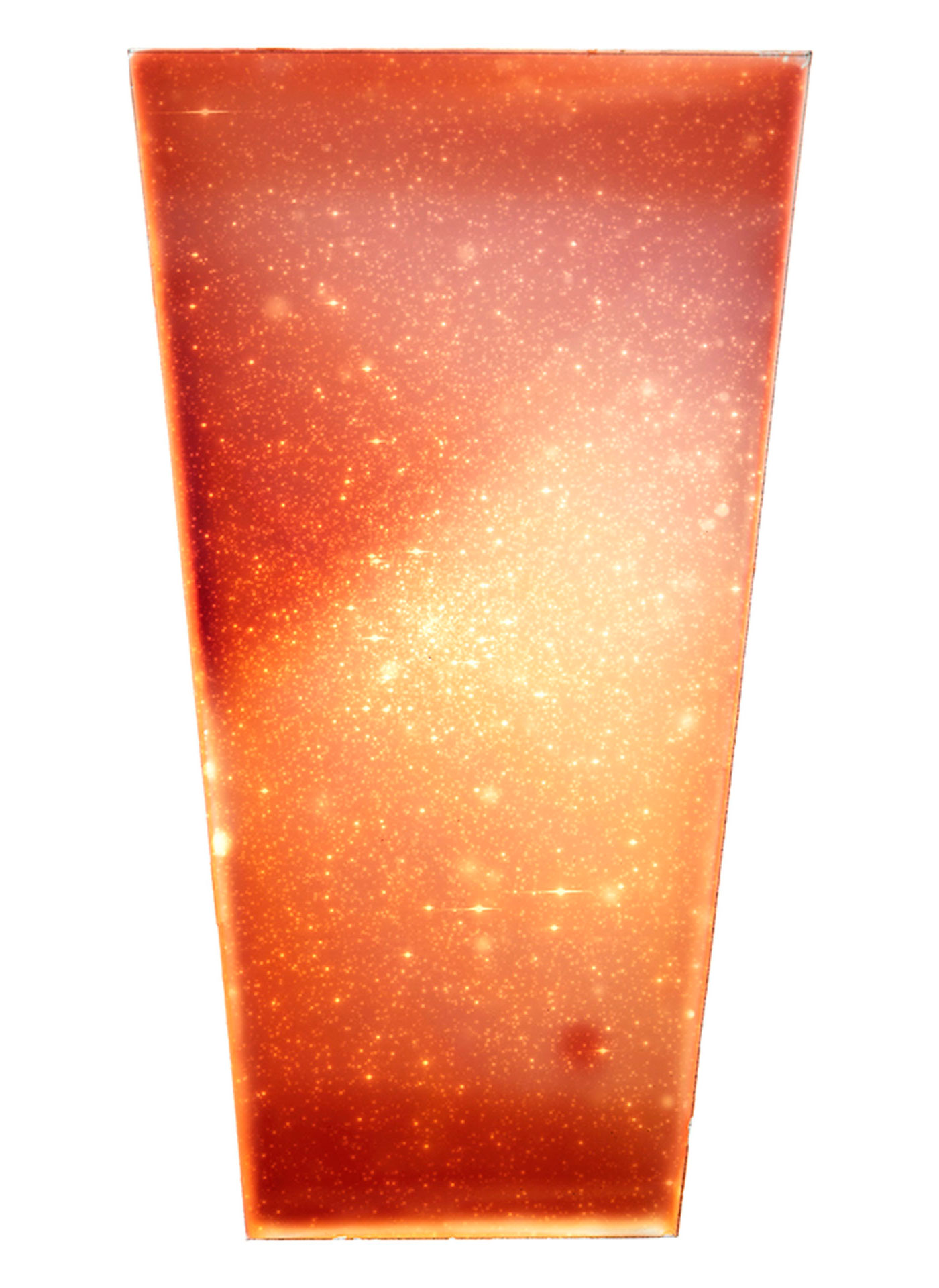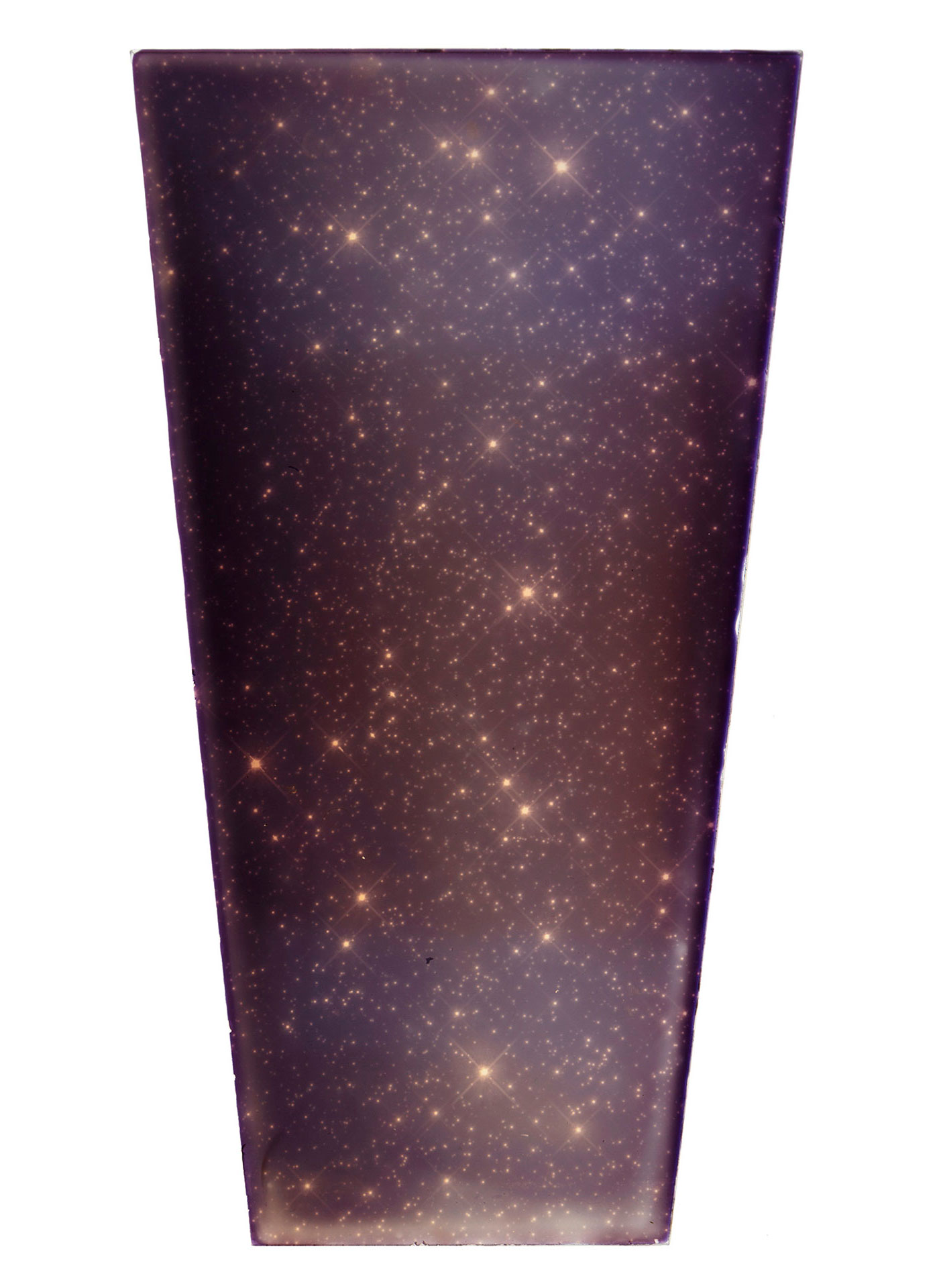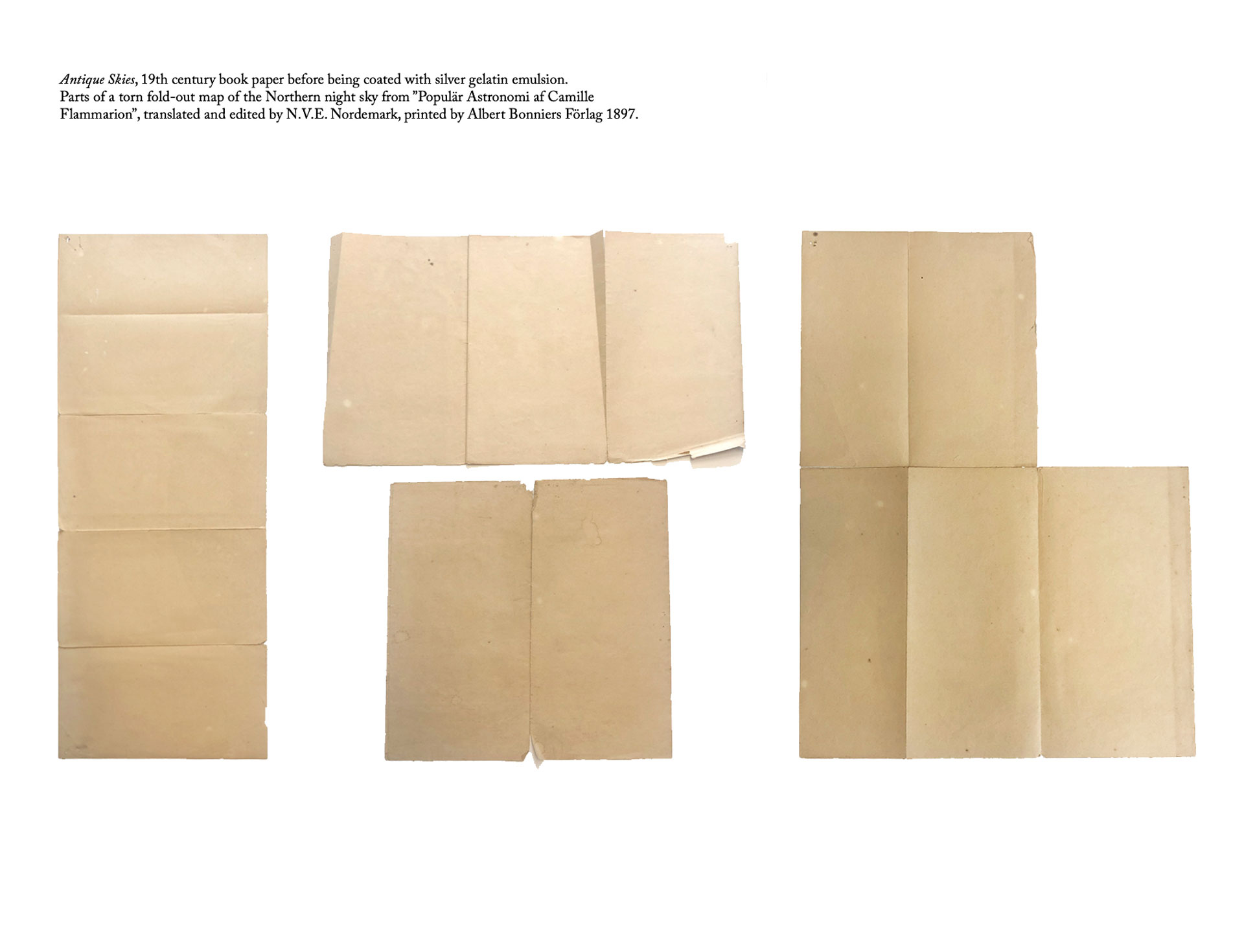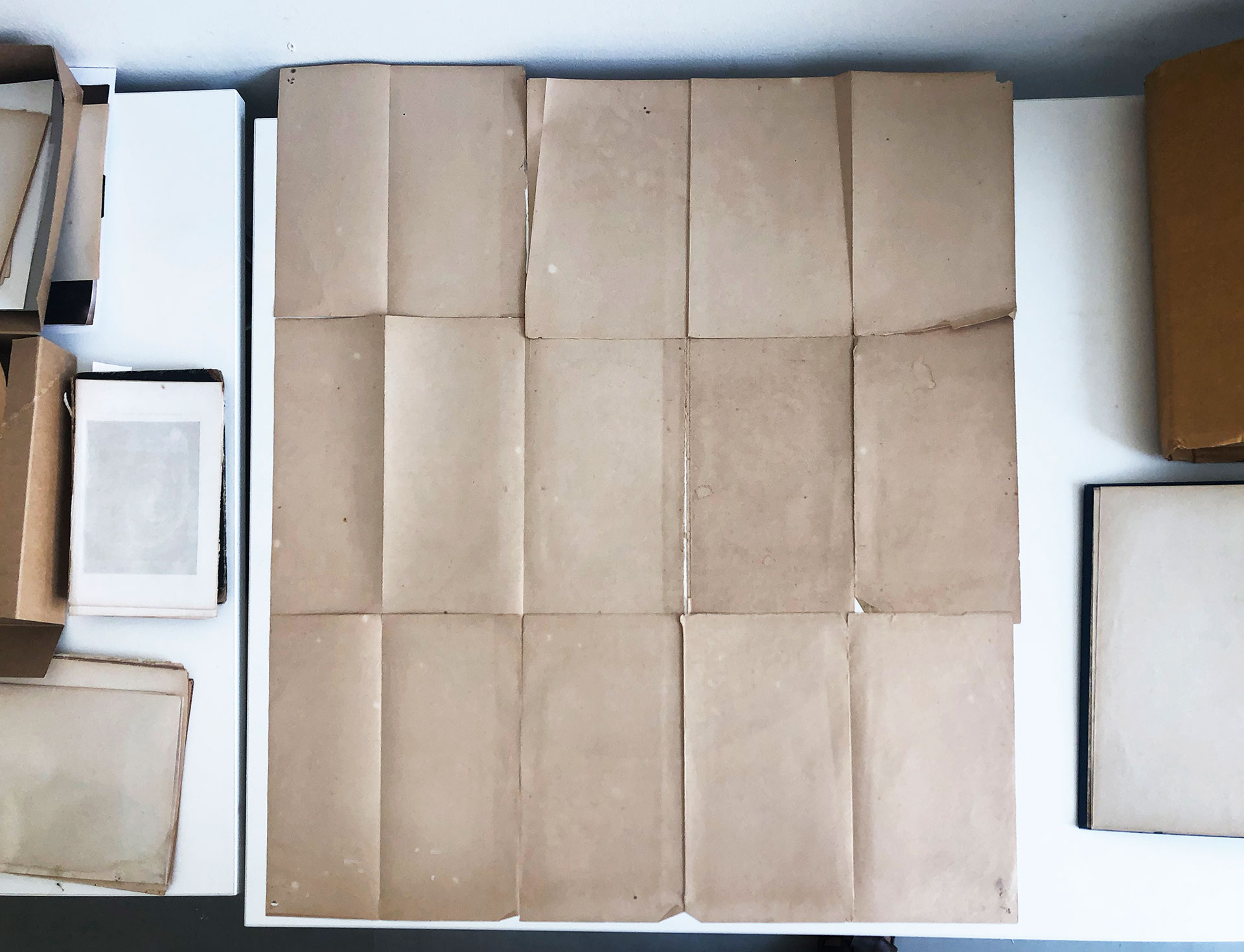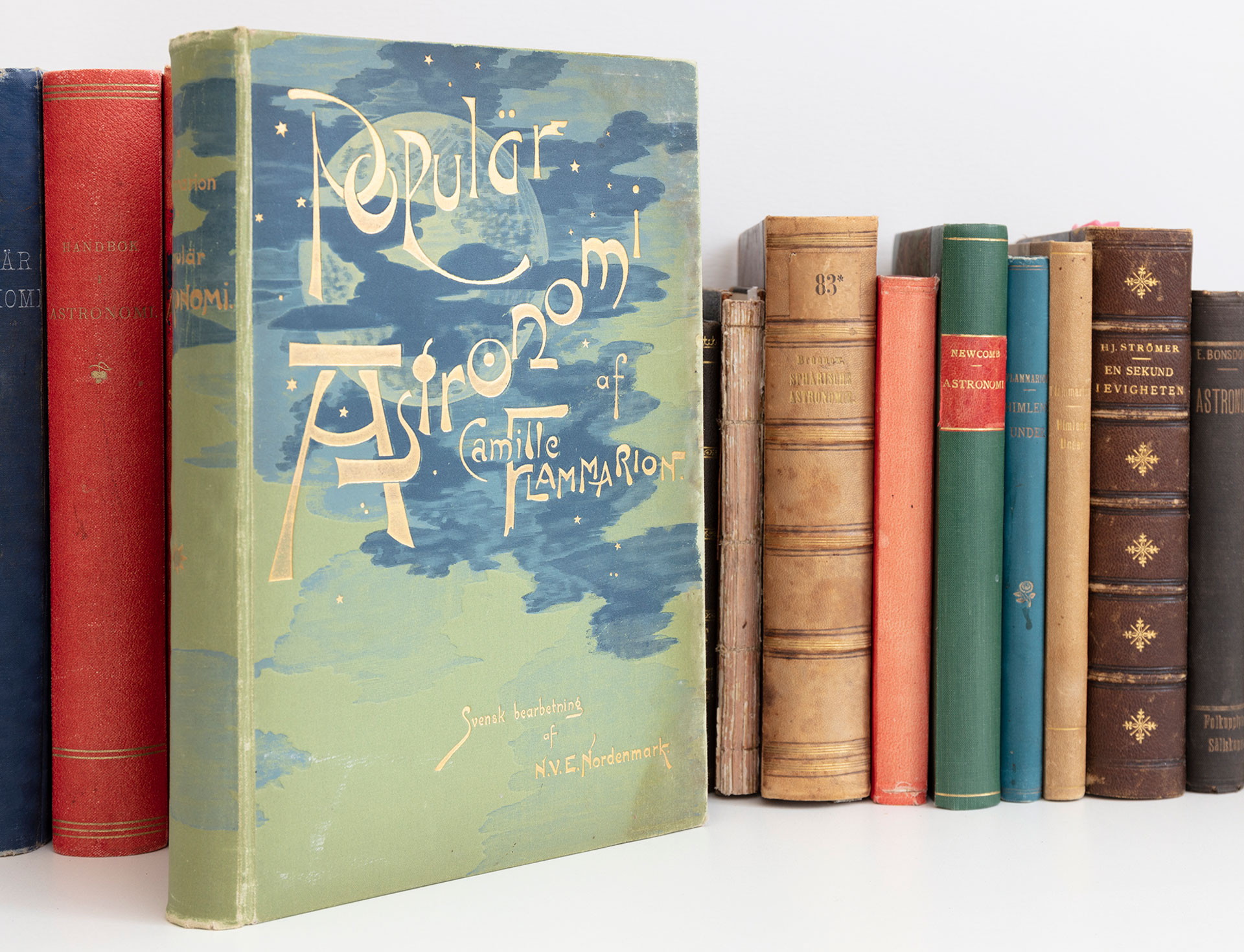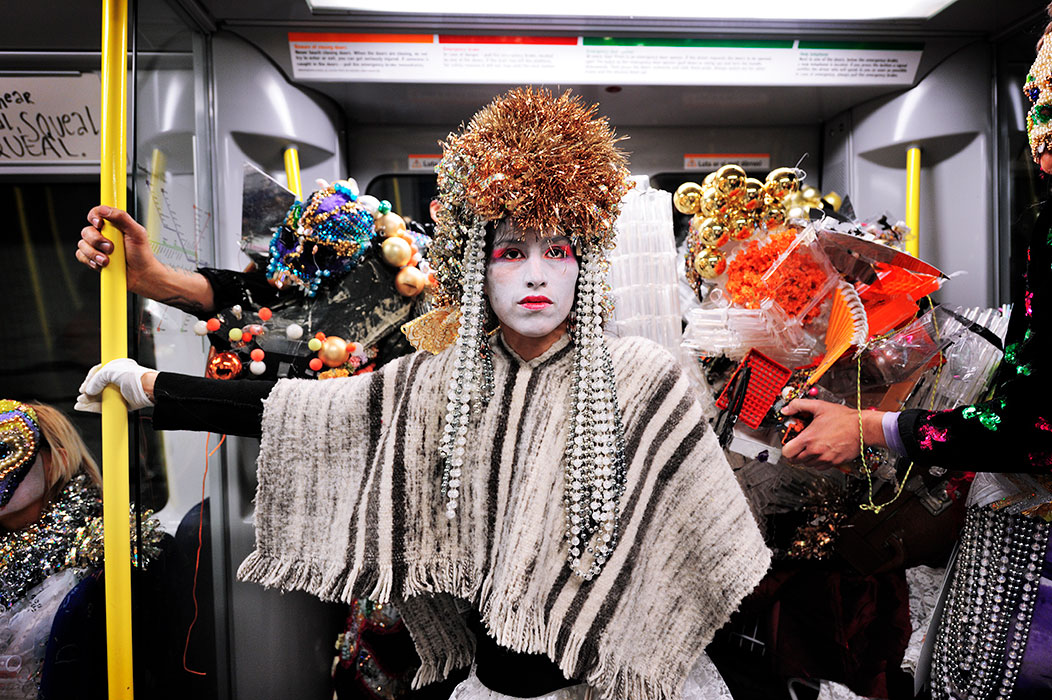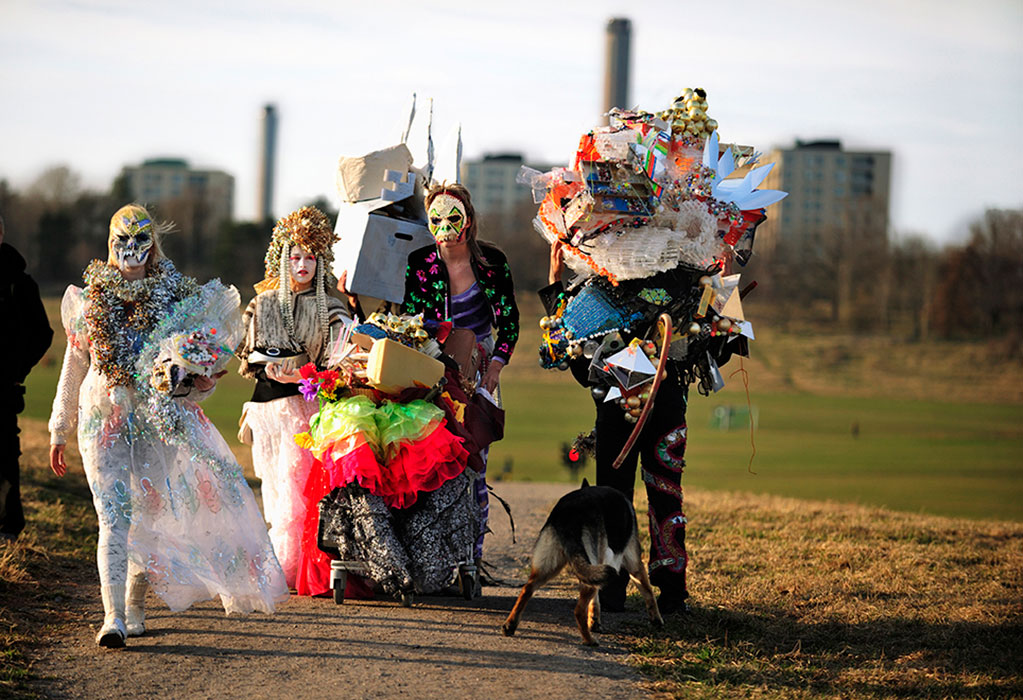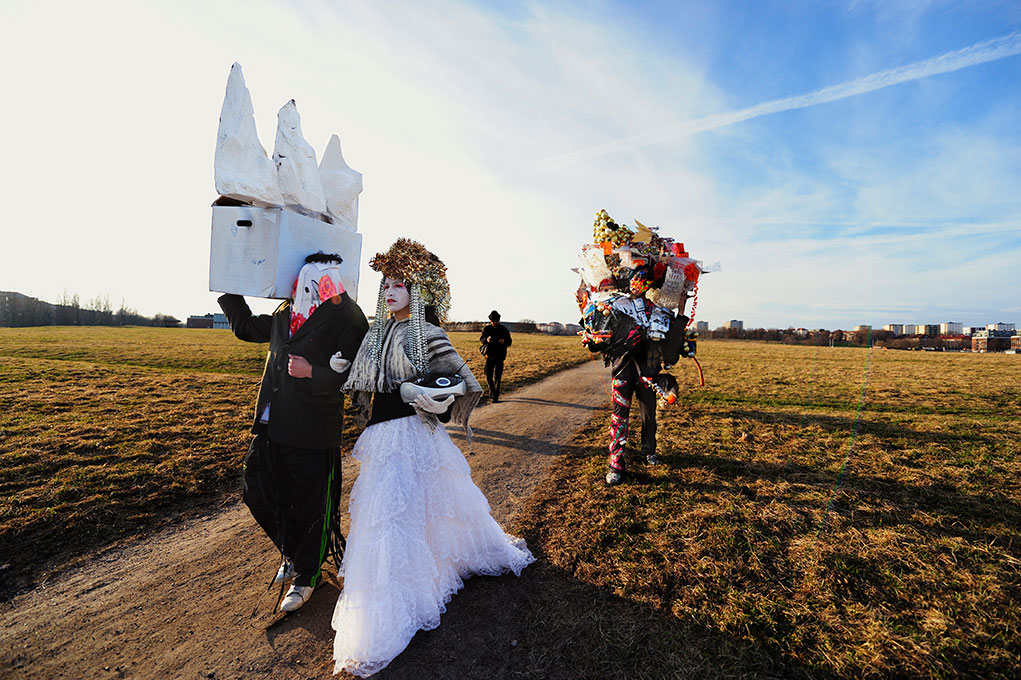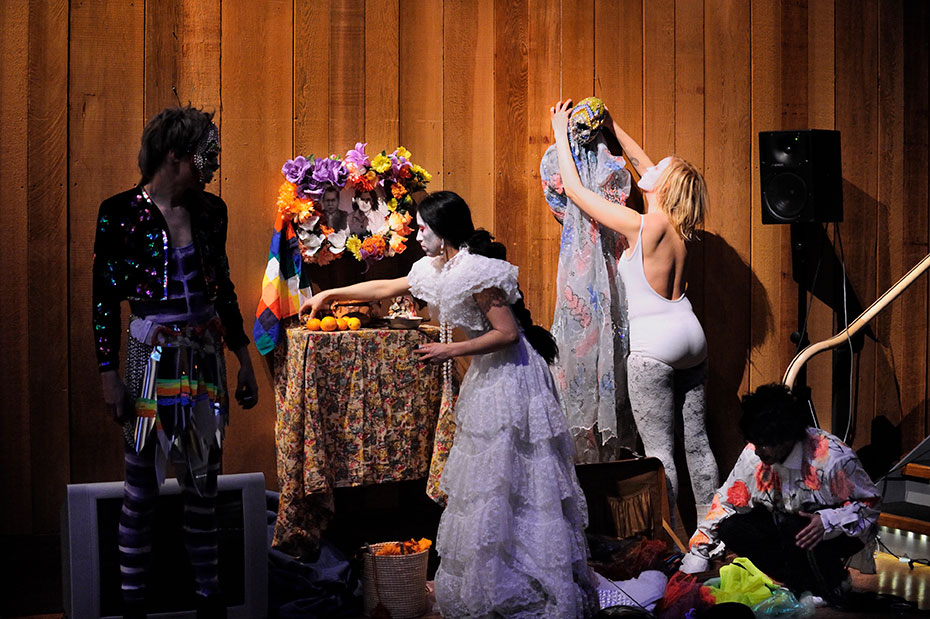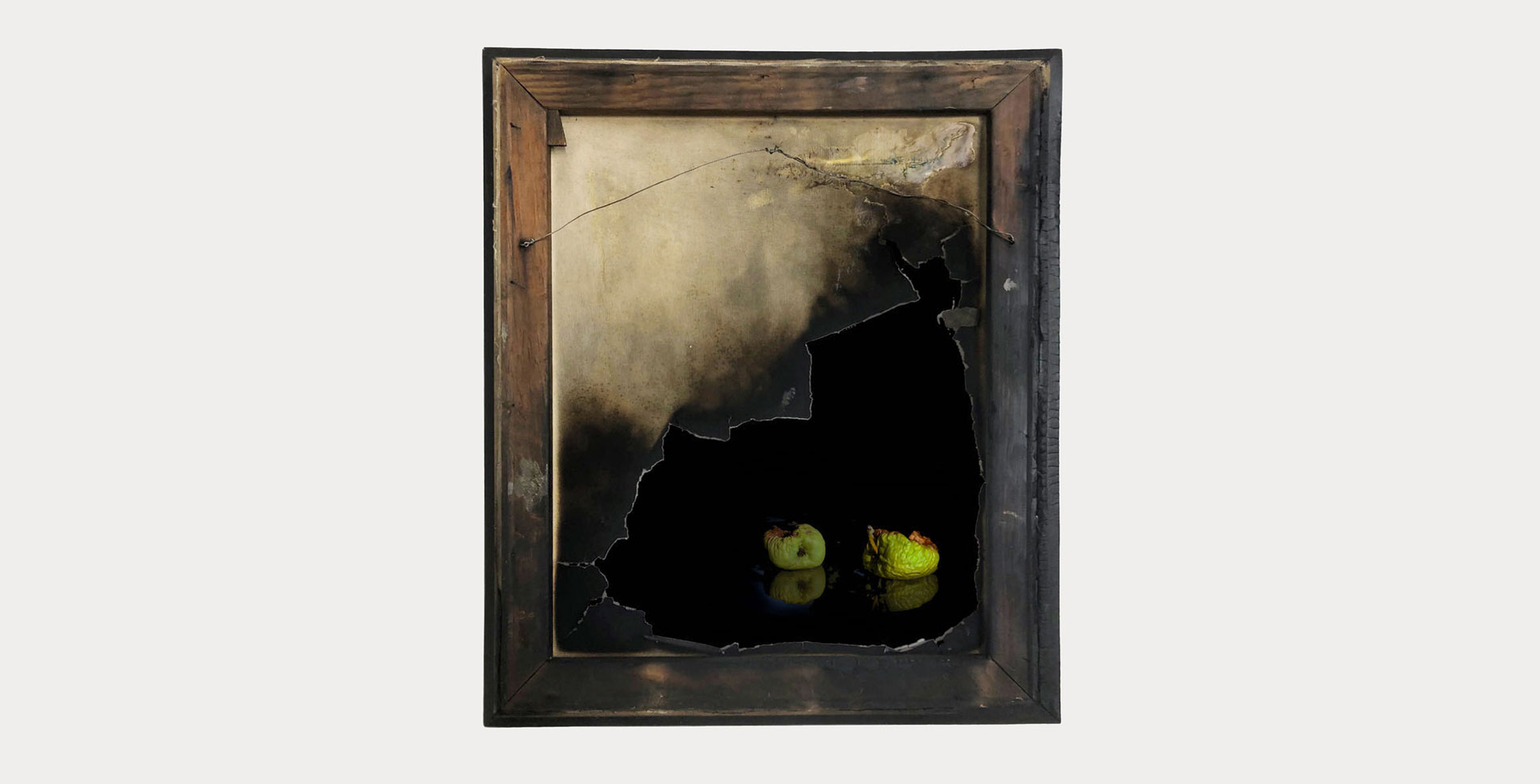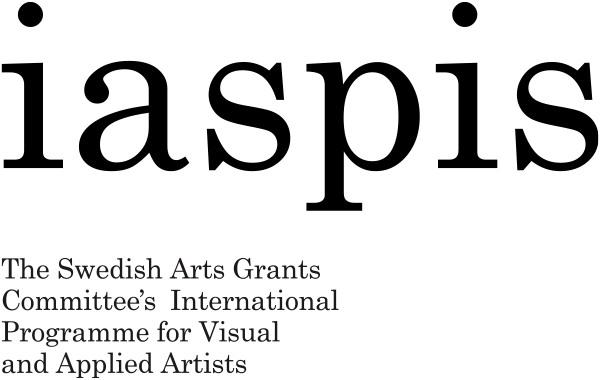Thank you for visiting Iaspis Open Studios Autumn 2020! After a week of engaging conversations, performances, screenings, and studio visits, the online programme has now concluded. We are grateful to all the grant holders, participants, and collaborators who have generously opened up their work, thoughts, and process through Open Studios and the Iaspis residency. This site is now an archive for the Autumn 2020 edition of Open Studios. We hope this will encourage further engagement with the grant holders and the questions and thoughts they bring attention to through their work and process.
Eglė Razumaitė (b. 1993)
19:00 min
Through a protagonist’s journey of self-discovery - two cities and the histories of their respective nations becomes contiguous. Paris and Vilnius explore the topic of social and territorial periphery. The film begins by addressing questions that remain central to urban planning and everyday life; how does the city develop, what are the dynamics of its planning, can we speak about certain laws that occur, how do territorial periphery correlate with social separation and what are the historical conditions behind such situations? By continuing the work on philosophical connection to the city, the artist follows post-modern french philosophy tradition and analyses the conditions in which suburbs around Paris have been formed, consistently seeking to juxtapose against the so called underground-Vilnius. The relationship between top and bottom, centre and periphery is the propulsion. The artist gently touches upon themes concerning post-colonial France and post-soviet Lithuania - the crisis of constructing national identity in Afro-French and Lithuanian-Russian communities. The film begins with an allegory of Djex and his friend, who discover a journey to find the source of indigo. Indigo as such, has no material content, but it refers to blue mood, the state of melancholy and even contains links to the blues music. Second character - the underground man in Vilnius, is based on F. Dostoevsky’s novel Notes from the Underground’ narrator’s persona, who has contradictory personality and constant desire for pain and unhappiness. The man appears at the underground hideout from where the delusion of self-assessment starts. The film is semi-documental, Djex Kolossal is a rapper from one of the harshest areas in Paris – Grigny, the unnamed character in Vilnius is based on multiple characters the artist met during her research at Lukiškių prison.
–
Film programme:
Daynighting curated by Ūla Tornau (LTU)
The programme is an extension of the multifaceted Kipras Dubauskas’ video installation Daynighting which is the most recent project curated by Ula Tornau and which recently was spreading in and over the venue and the rooftop of the Contemporary Art Centre building in Vilnius. The screening in IASPIS includes two films by Kipras Dubauskas and one by his colleague with whom he has been collaborating at different points of his career, the artist whose practice touches upon the subjects and perspectives explored in Kipras’ works.
Kipras Dubauskas’ work is characterised by an interest in the underground both geographically and urbanistically, as well as institutionally and politically. The artist explores neglected urban spaces and routes, such as underground tunnels of urban infrastructures that connect different parts of the city, or trails only known to specific groups or locals, or otherwise forgotten. In his practice, Dubauskas organises walks around these places, capturing film footage, which is later incorporated into his installations to create semi-fictional narratives and experiences. Underground territories are parallel urban spaces, which in the artist’s work turn into the unique poetics of institutional and social critique. Since 2010 Dubauskas has been particularly interested in the medium and history of the analogue cinema, integrating his films into the specific architectural and sculptural environments he creates. Diverse ways of collaboration and placemaking are important artistic strategies Kipras uses, often resulting in temporary or more permanent foundation and activation of specific communities.
Kipras Dubauskas (b. 1988) lives and works in Vilnius. He studied Installation at the Royal Academy of Ghent and Sculpture at the Vilnius Academy of Arts. The artist’s works have been presented in solo exhibitions at the CAC Vilnius (2020), POST Gallery in Kaunas (2019) and the Ex Elettrofonica Gallery in Rome (2018); and in the recent group exhibitions Waiting for Another Coming in Vilnius and Warsaw (2018),the 12th Baltic Triennial (2015), and Words aren’t the thing at the Contemporary Art Centre in Vilnius (2015); he regularly participates in film festivals, self-organised events in public spaces, and in exhibitions by other artists. Kipras Dubauskas is the founder of the “Spongé” analogue film laboratory collective.
Eglė Razumaitė (b. 1993) is an artist based in Vilnius, Lithuania. In 2016 she finished philosophy studies at Vilnius University, and in 2017 was a part of the Rupert art center alternative education programme. In 2019 she co-founded analog film studio Spongé.
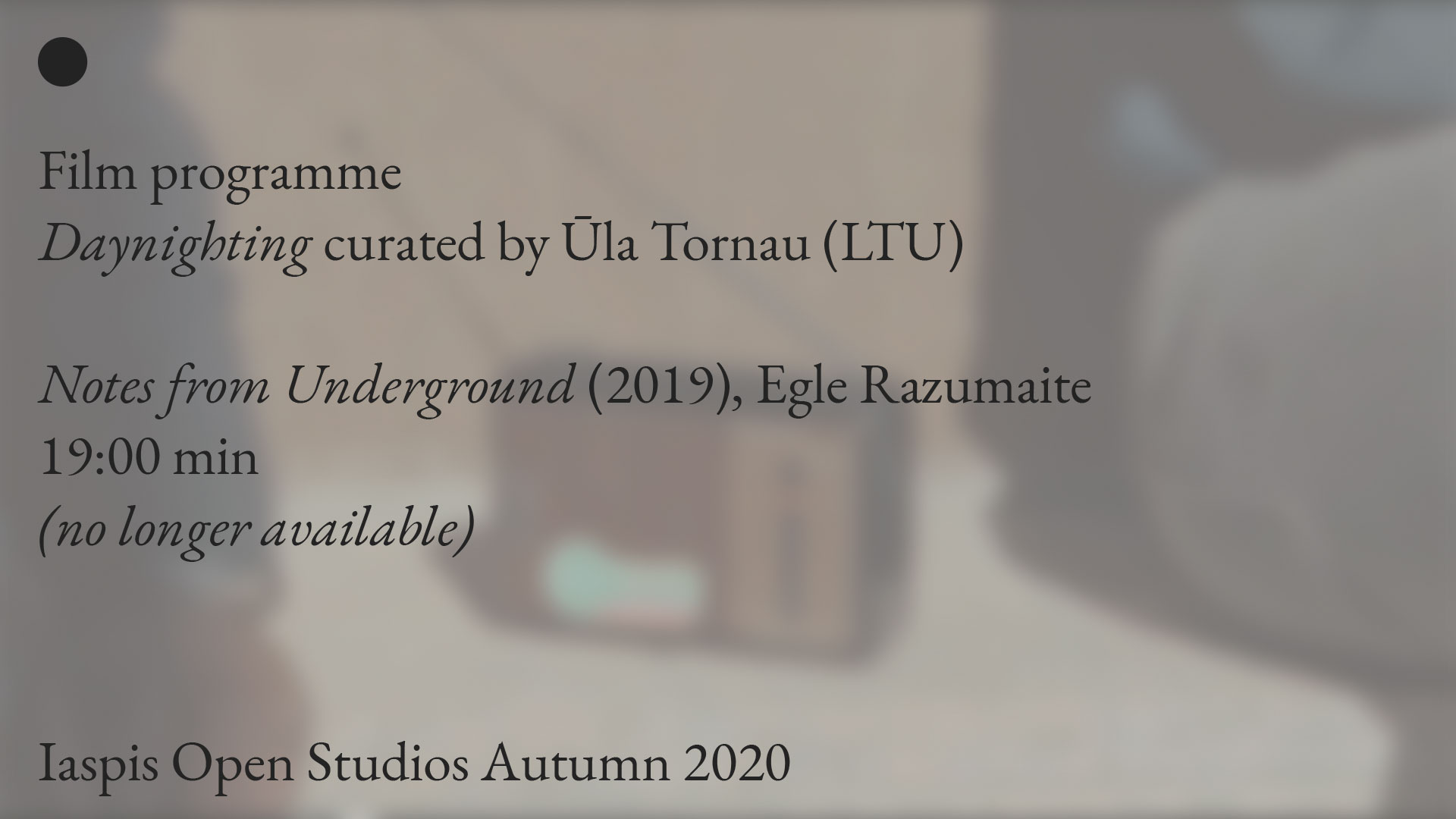
Daynighting curated by Ūla Tornau (LTU)
The programme is an extension of the multifaceted Kipras Dubauskas’ video installation Daynighting which is the most recent project curated by Ula Tornau and which recently was spreading in and over the venue and the rooftop of the Contemporary Art Centre building in Vilnius. The screening in IASPIS includes two films by Kipras Dubauskas and one by his colleague with whom he has been collaborating at different points of his career, the artist whose practice touches upon the subjects and perspectives explored in Kipras’ works.
Kipras Dubauskas’ work is characterised by an interest in the underground both geographically and urbanistically, as well as institutionally and politically. The artist explores neglected urban spaces and routes, such as underground tunnels of urban infrastructures that connect different parts of the city, or trails only known to specific groups or locals, or otherwise forgotten. In his practice, Dubauskas organises walks around these places, capturing film footage, which is later incorporated into his installations to create semi-fictional narratives and experiences. Underground territories are parallel urban spaces, which in the artist’s work turn into the unique poetics of institutional and social critique. Since 2010 Dubauskas has been particularly interested in the medium and history of the analogue cinema, integrating his films into the specific architectural and sculptural environments he creates. Diverse ways of collaboration and placemaking are important artistic strategies Kipras uses, often resulting in temporary or more permanent foundation and activation of specific communities.
Kipras Dubauskas (b. 1988) lives and works in Vilnius. He studied Installation at the Royal Academy of Ghent and Sculpture at the Vilnius Academy of Arts. The artist’s works have been presented in solo exhibitions at the CAC Vilnius (2020), POST Gallery in Kaunas (2019) and the Ex Elettrofonica Gallery in Rome (2018); and in the recent group exhibitions Waiting for Another Coming in Vilnius and Warsaw (2018),the 12th Baltic Triennial (2015), and Words aren’t the thing at the Contemporary Art Centre in Vilnius (2015); he regularly participates in film festivals, self-organised events in public spaces, and in exhibitions by other artists. Kipras Dubauskas is the founder of the “Spongé” analogue film laboratory collective.
Eglė Razumaitė (b. 1993) is an artist based in Vilnius, Lithuania. In 2016 she finished philosophy studies at Vilnius University, and in 2017 was a part of the Rupert art center alternative education programme. In 2019 she co-founded analog film studio Spongé.
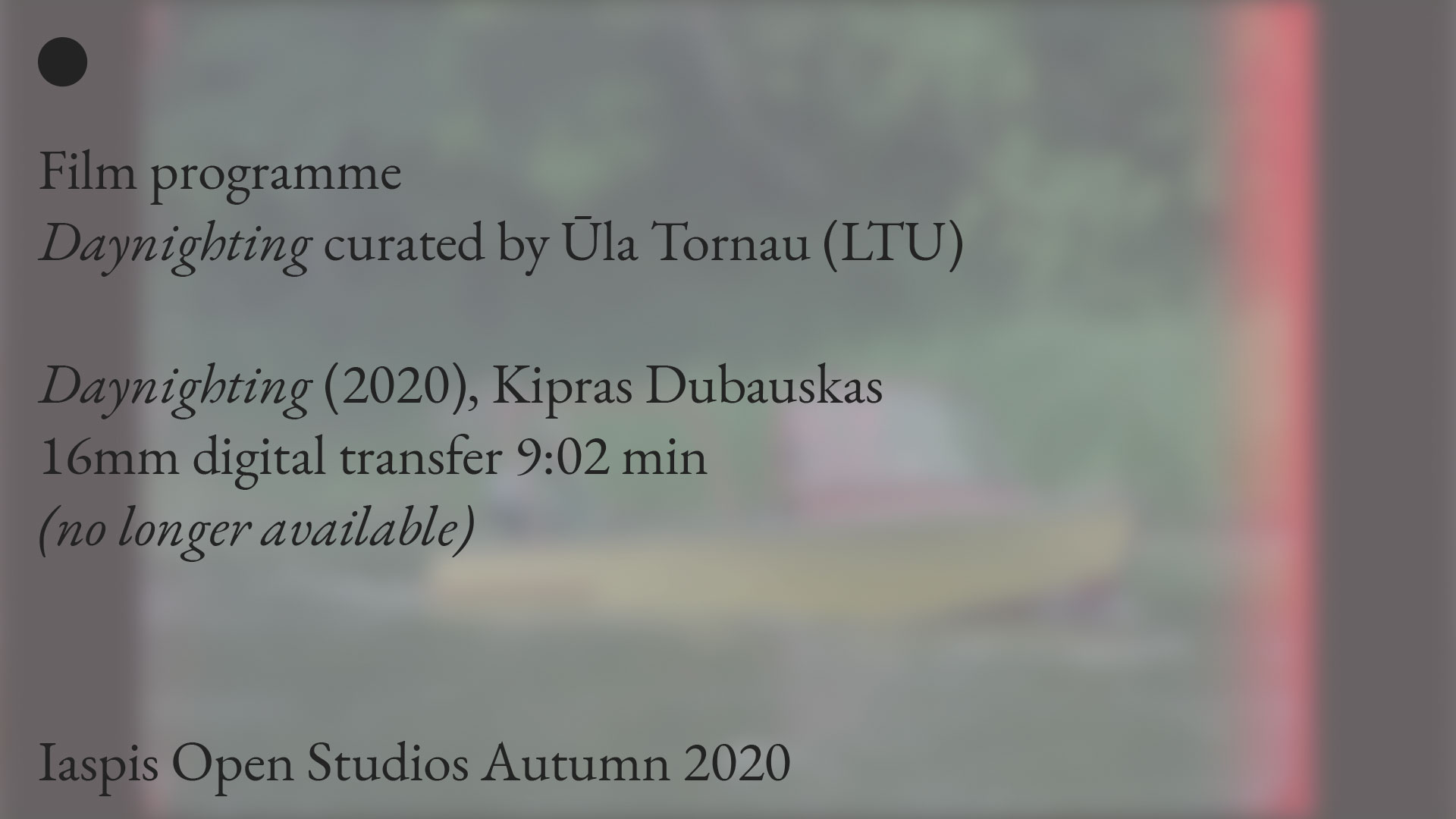
Daynighting curated by Ūla Tornau (LTU)
The programme is an extension of the multifaceted Kipras Dubauskas’ video installation Daynighting which is the most recent project curated by Ula Tornau and which recently was spreading in and over the venue and the rooftop of the Contemporary Art Centre building in Vilnius. The screening in IASPIS includes two films by Kipras Dubauskas and one by his colleague with whom he has been collaborating at different points of his career, the artist whose practice touches upon the subjects and perspectives explored in Kipras’ works.
Kipras Dubauskas’ work is characterised by an interest in the underground both geographically and urbanistically, as well as institutionally and politically. The artist explores neglected urban spaces and routes, such as underground tunnels of urban infrastructures that connect different parts of the city, or trails only known to specific groups or locals, or otherwise forgotten. In his practice, Dubauskas organises walks around these places, capturing film footage, which is later incorporated into his installations to create semi-fictional narratives and experiences. Underground territories are parallel urban spaces, which in the artist’s work turn into the unique poetics of institutional and social critique. Since 2010 Dubauskas has been particularly interested in the medium and history of the analogue cinema, integrating his films into the specific architectural and sculptural environments he creates. Diverse ways of collaboration and placemaking are important artistic strategies Kipras uses, often resulting in temporary or more permanent foundation and activation of specific communities.
Kipras Dubauskas (b. 1988) lives and works in Vilnius. He studied Installation at the Royal Academy of Ghent and Sculpture at the Vilnius Academy of Arts. The artist’s works have been presented in solo exhibitions at the CAC Vilnius (2020), POST Gallery in Kaunas (2019) and the Ex Elettrofonica Gallery in Rome (2018); and in the recent group exhibitions Waiting for Another Coming in Vilnius and Warsaw (2018),the 12th Baltic Triennial (2015), and Words aren’t the thing at the Contemporary Art Centre in Vilnius (2015); he regularly participates in film festivals, self-organised events in public spaces, and in exhibitions by other artists. Kipras Dubauskas is the founder of the “Spongé” analogue film laboratory collective.
Eglė Razumaitė (b. 1993) is an artist based in Vilnius, Lithuania. In 2016 she finished philosophy studies at Vilnius University, and in 2017 was a part of the Rupert art center alternative education programme. In 2019 she co-founded analog film studio Spongé.
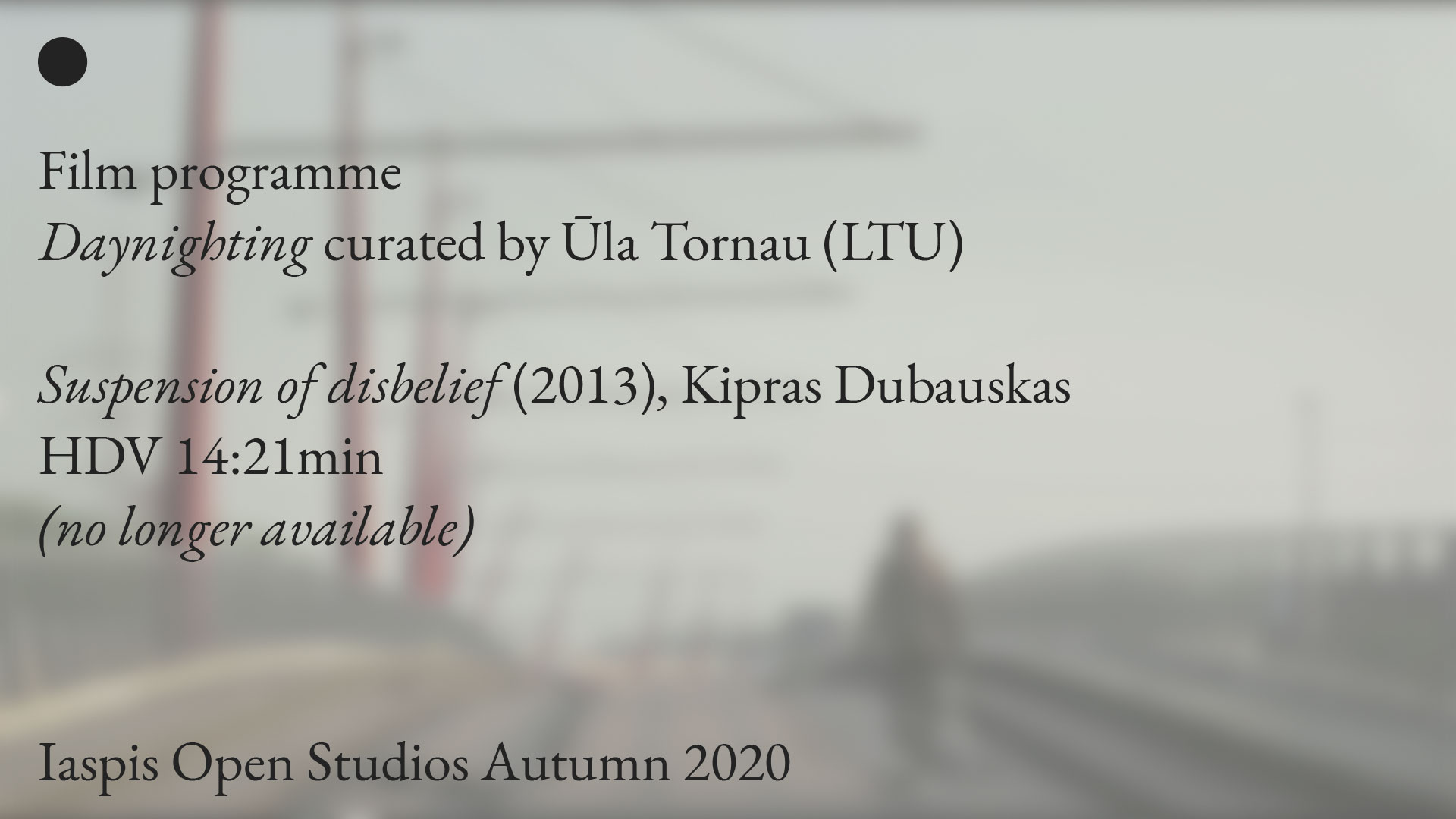
In Fält, artist Adèle Essle Zeiss experiments with the body's potential to balance in a horizontal position. She examines whether it could be possible to accustom the body to other ways of distributing weight, than when staying upright.
The balance is a fully automatic system we learn, adapt and store in our bodies. It is not possible to control the balance on purpose. The weights used in Fält must be adjusted one at a time to get the whole performing body in total balance; the hips are counterweighted against a whole sack of concrete and the head against a smaller bag.
In Swedish: Vi utsätter kropparna för en ny situation när vi balanserar liggande på upphängda reglar. Delar av kroppen vägs en i taget mot betongsäckar för att till slut få hela kroppen i jämvikt. Det är svårt att veta på förhand hur en del kommer att påverka jämvikten i hela kroppen och vikterna får justeras om efter hand. Balanssystemet är helautomatiskt; inlärt, anpassat efter omgivningen och lagrat i kroppen. Det går inte att styra med vilja. Under tiden som verket varar anpassar sig kropparna till den nya balanssituationen.
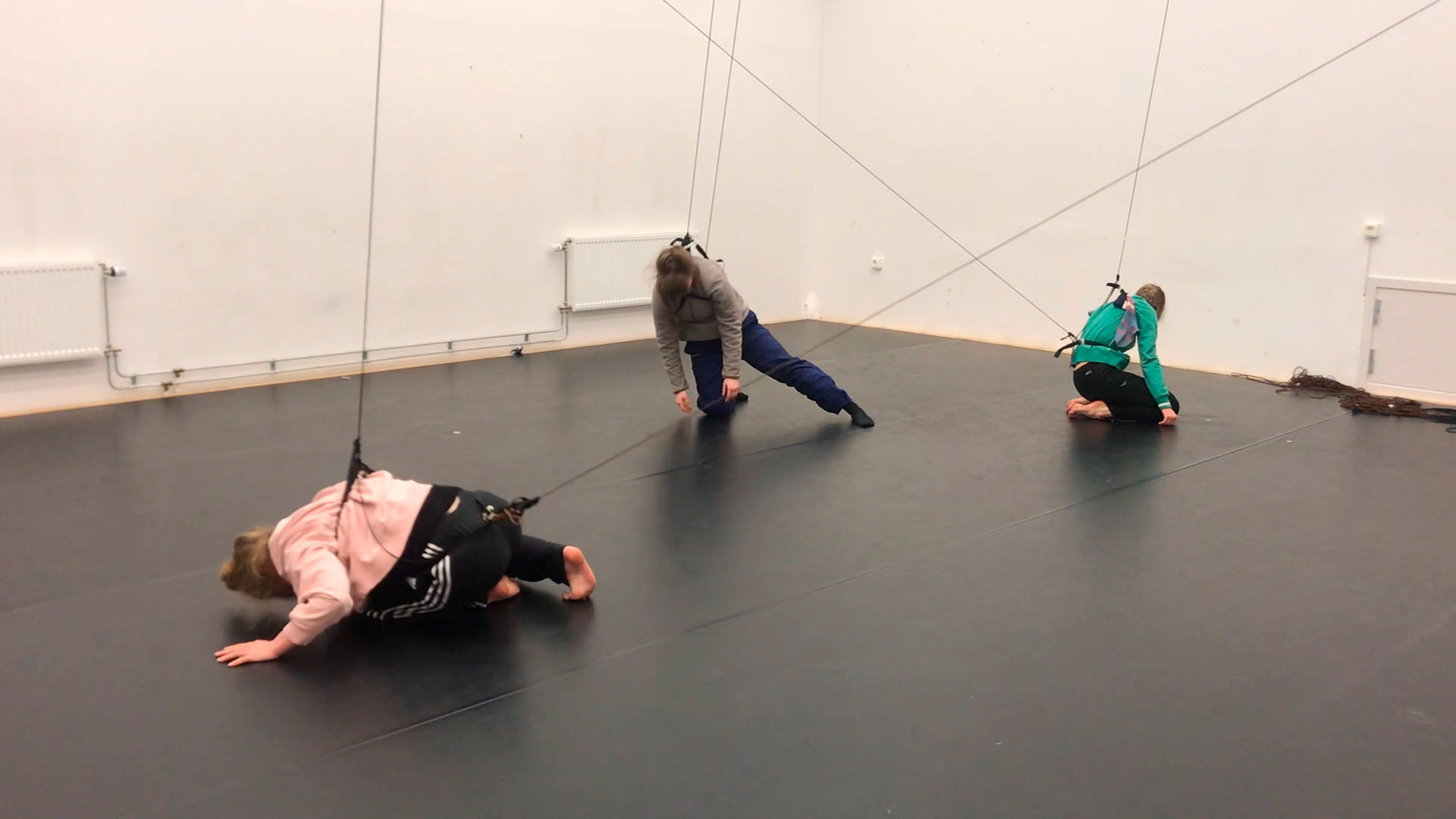
In order to stand still, we have to be in constant motion, shifting our weight between the soles of our feet. We parry the movements of the earth and the involuntary movements of our own body. It is an automatic system - learned, adapted to the surrounding and stored within the body. It can’t be controlled by will force. Balancing well, therefore, requires to remain in a focused but at the same time unfixed state.
The experience of the weight of the body is internal. It’s a property inaccessible to anyone but yourself, one that is not constructed in the encounter with the other.
The bags of concrete often start to leak, and before each performance, we have to adjust them to recalibrate an exact ballast. It is like tuning a giant instrument according to the weight of the bodies. It is also a crass weighing of bodies against a crude industrial material. The wires are tightened, the planks bend, and the legs soon start to get numb. The bodies navigate according to the instant downward force of gravity in order to remain upright.
The title, Statolit, is the Swedish word for a small grit which certain aquatic invertebrates and plants insert into their balance organ. Because a statolith is always pulled down by gravity, it allows for these beings to orientate themselves toward the surface.
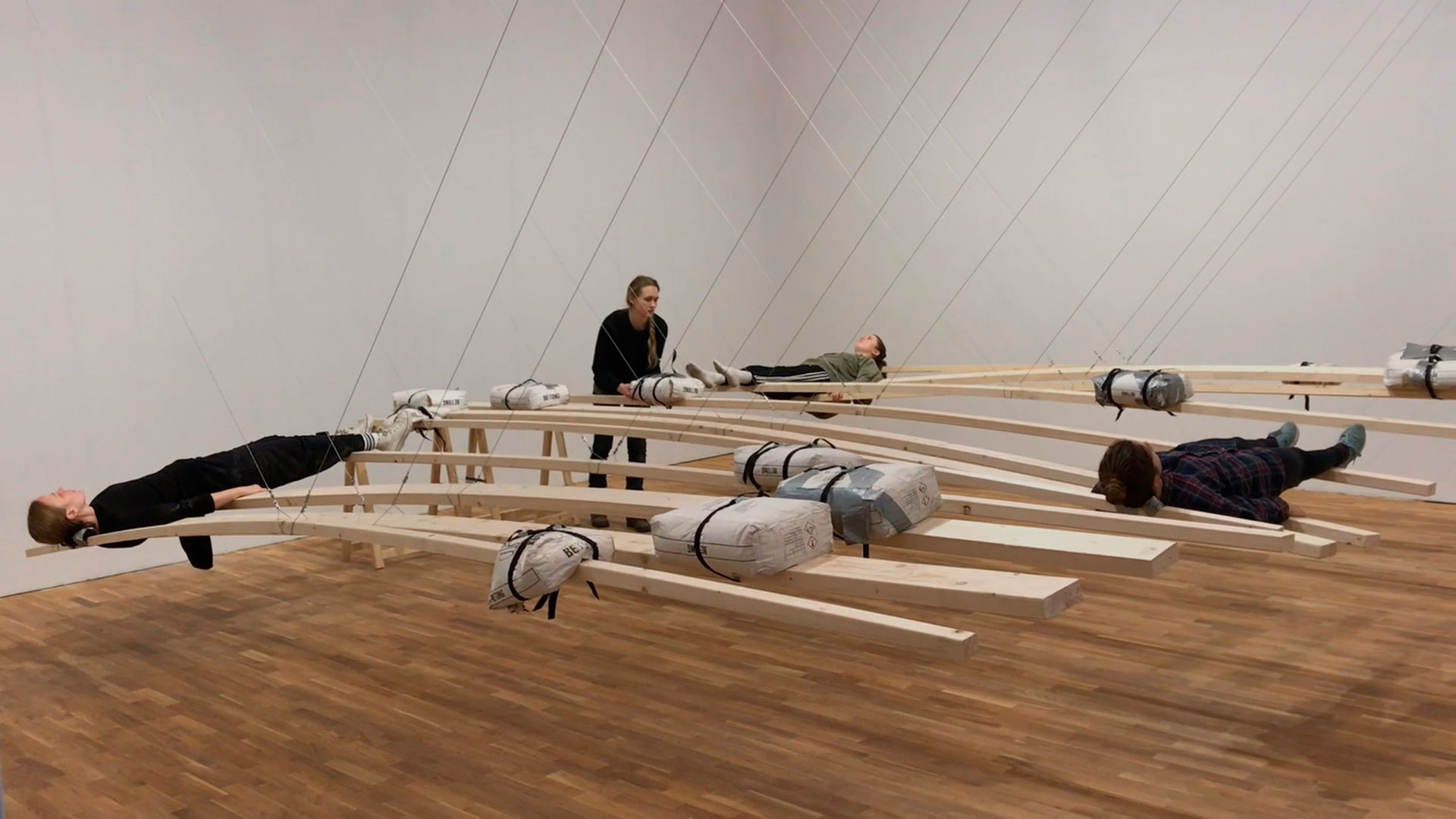

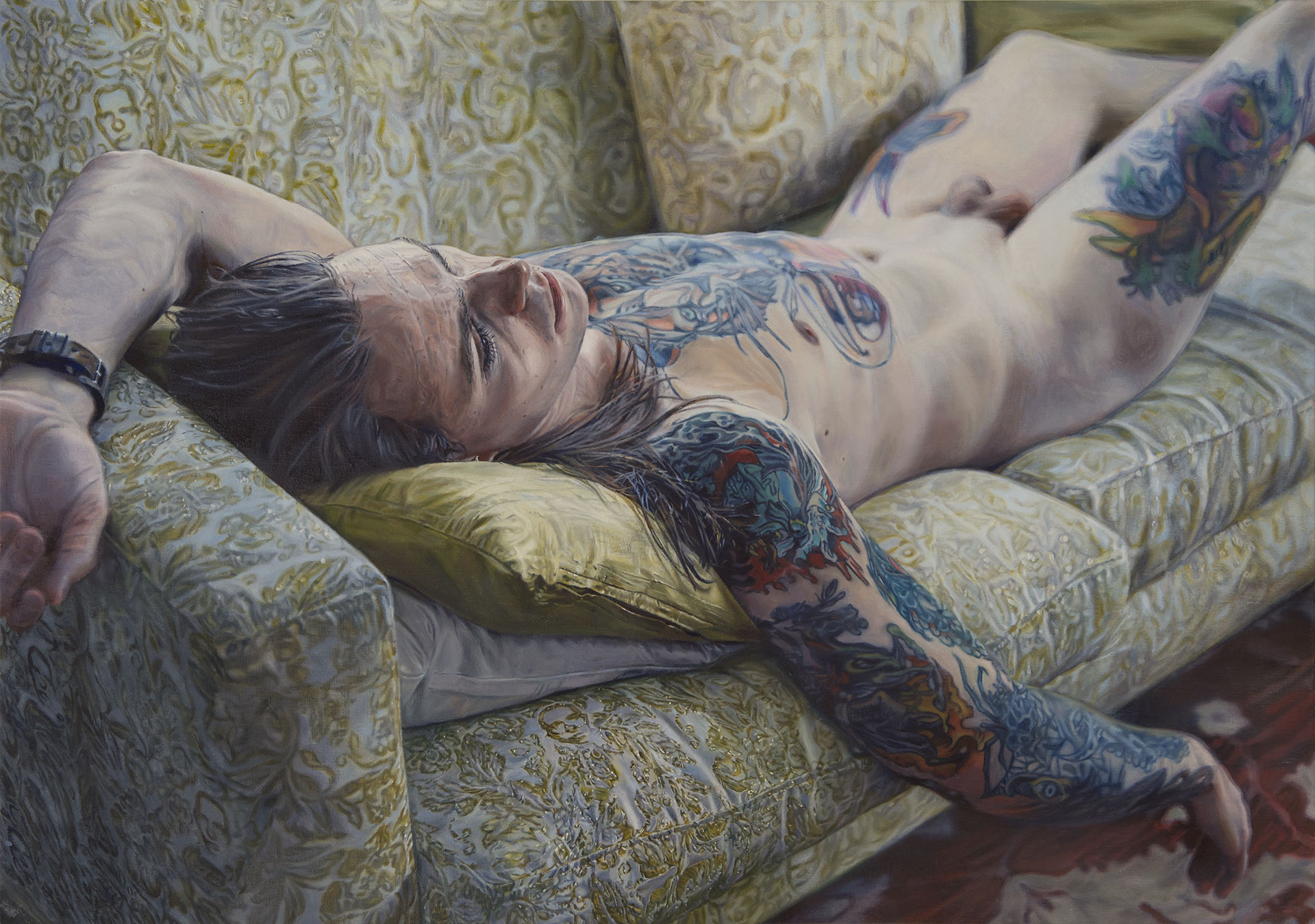
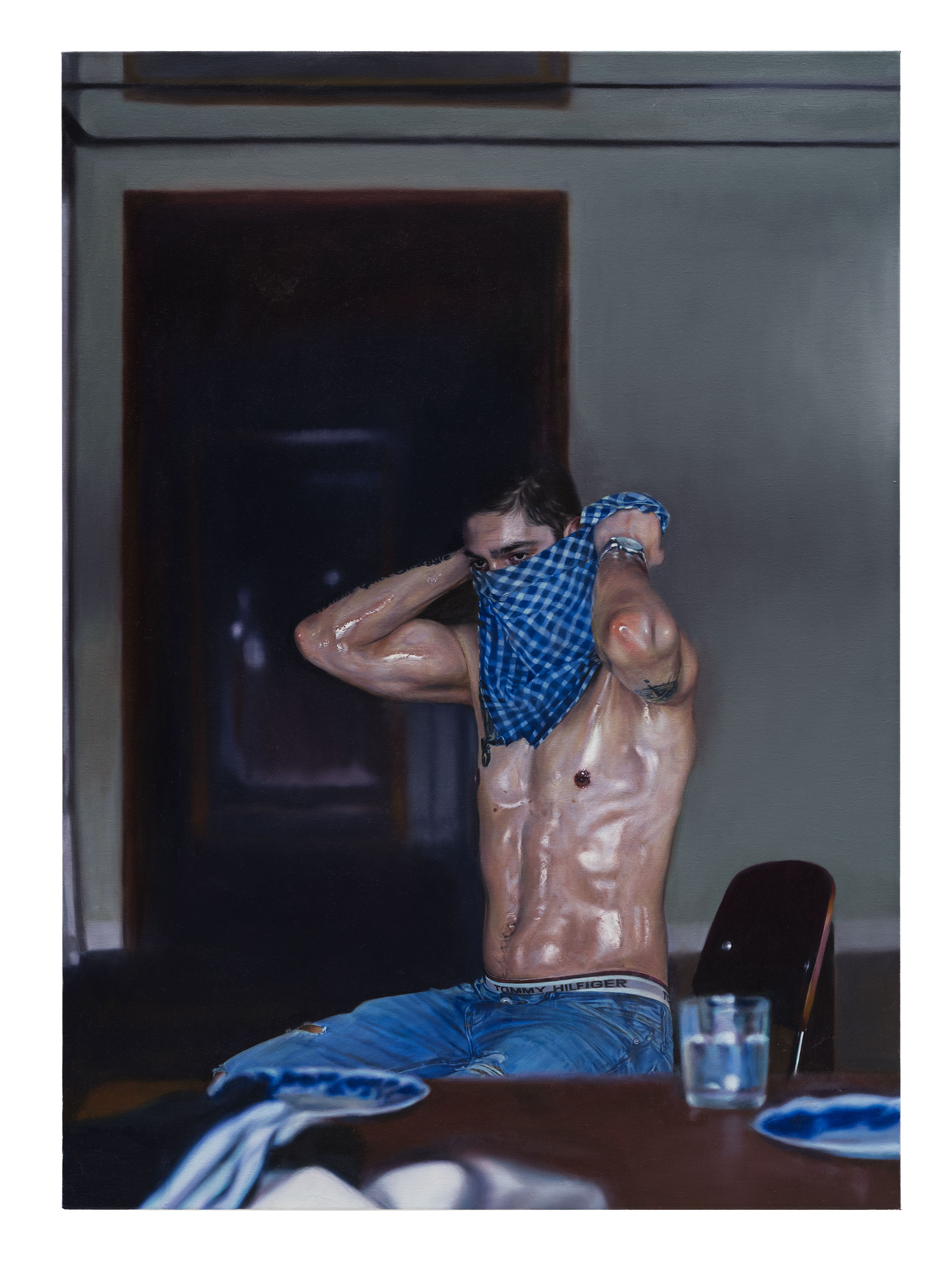
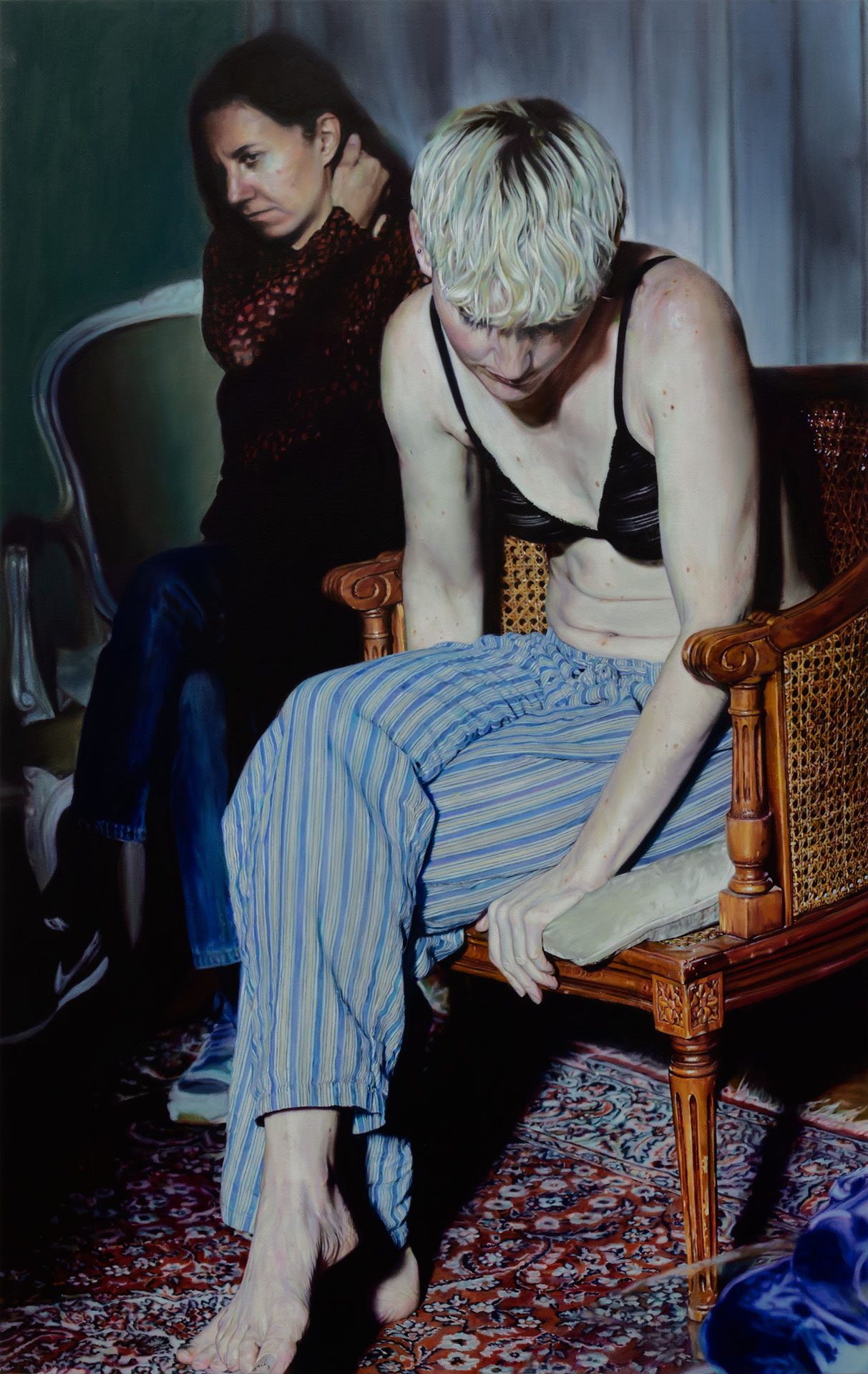
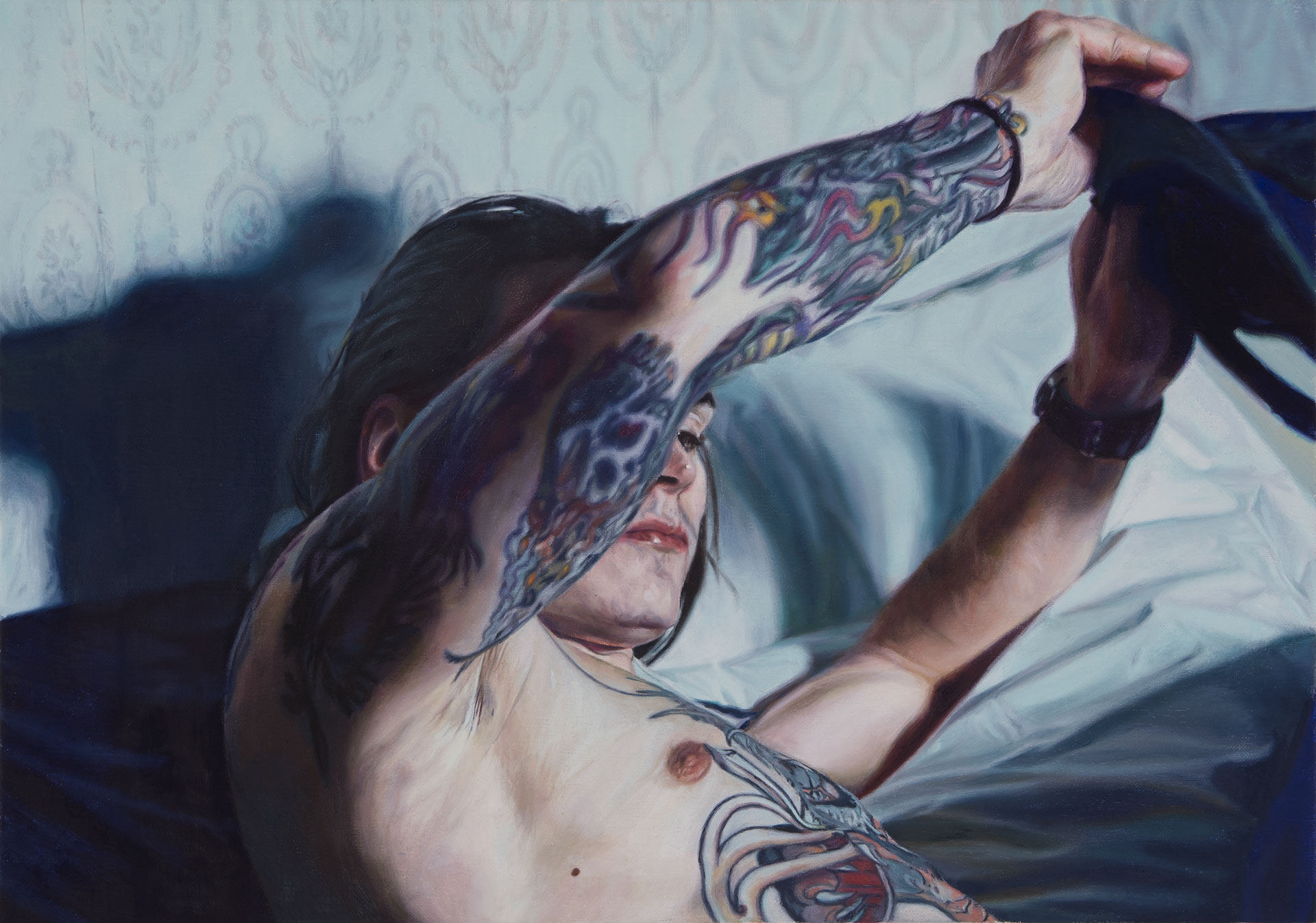

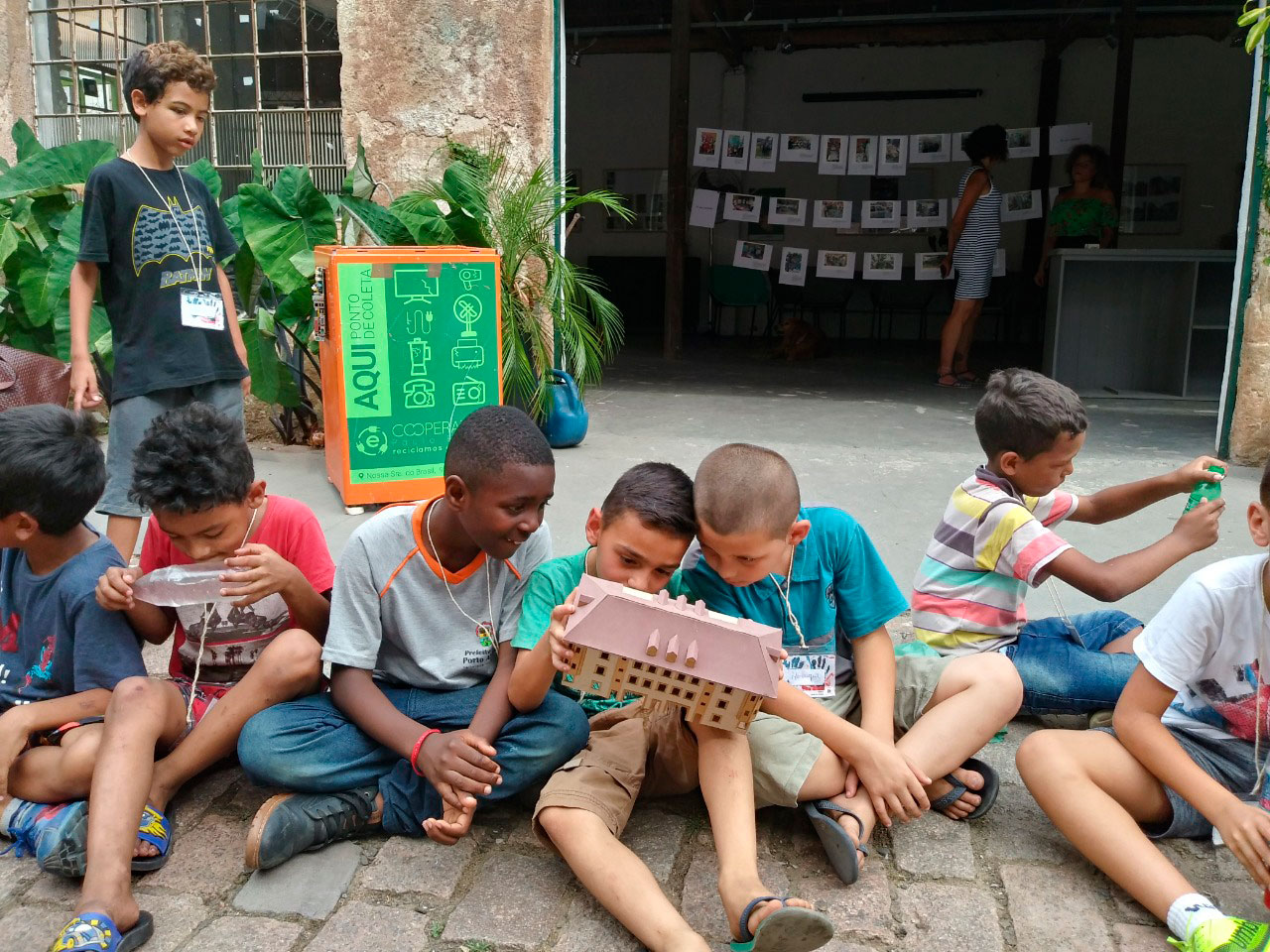

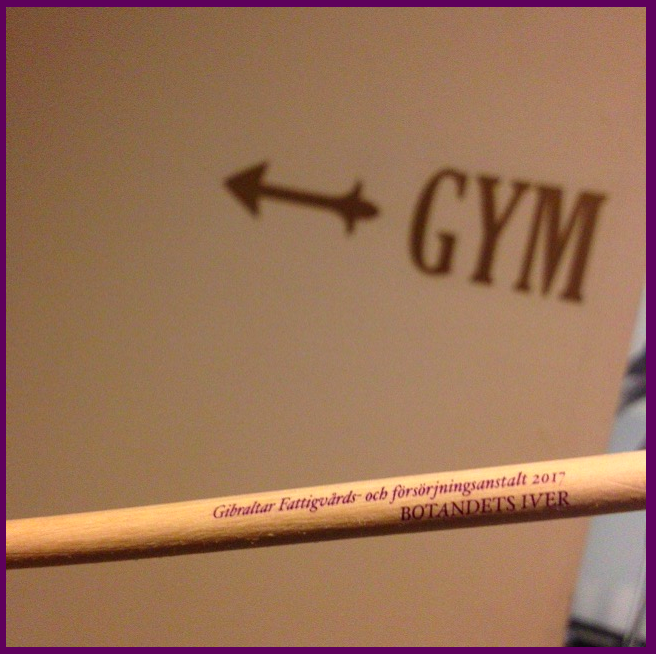


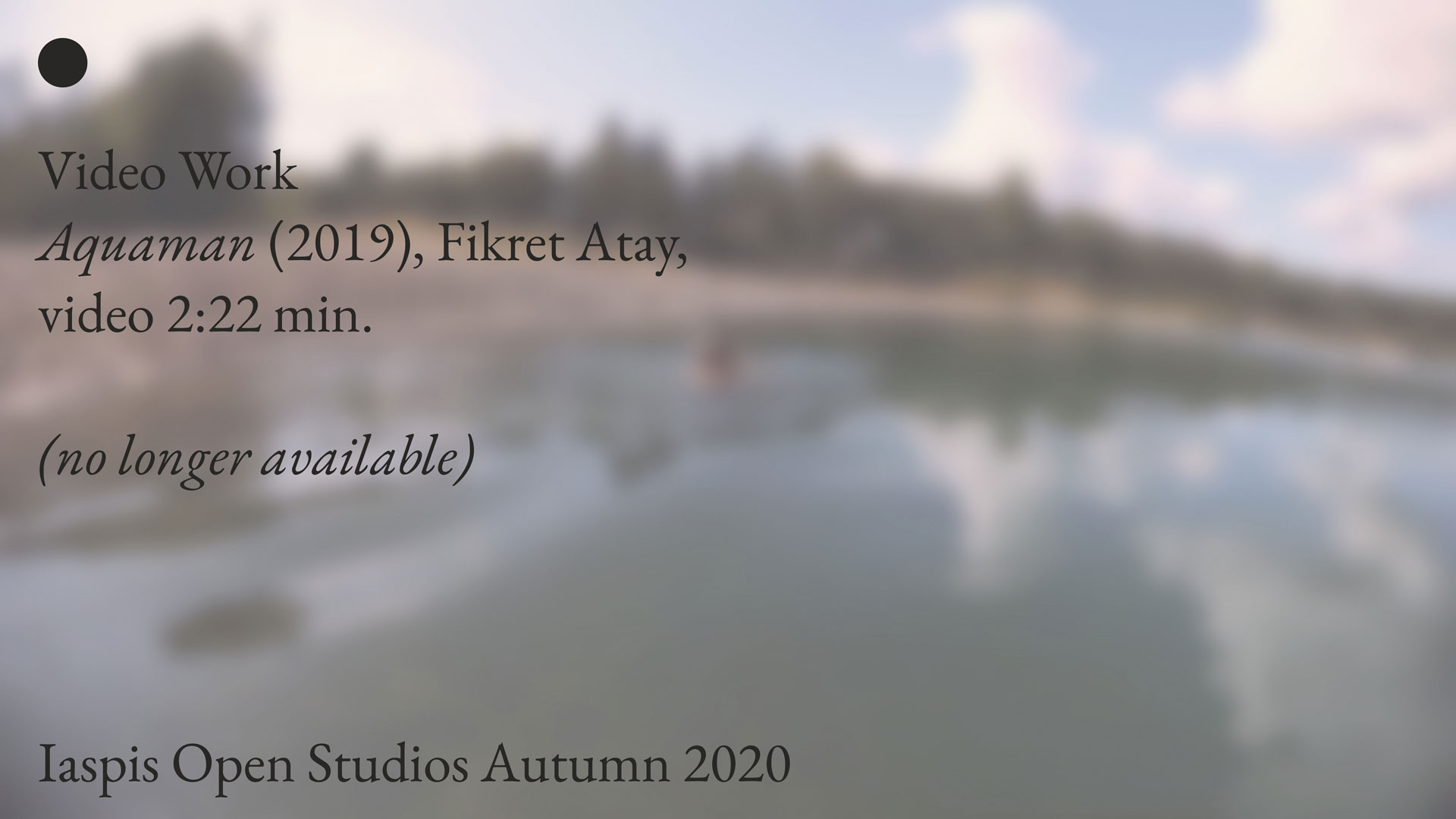
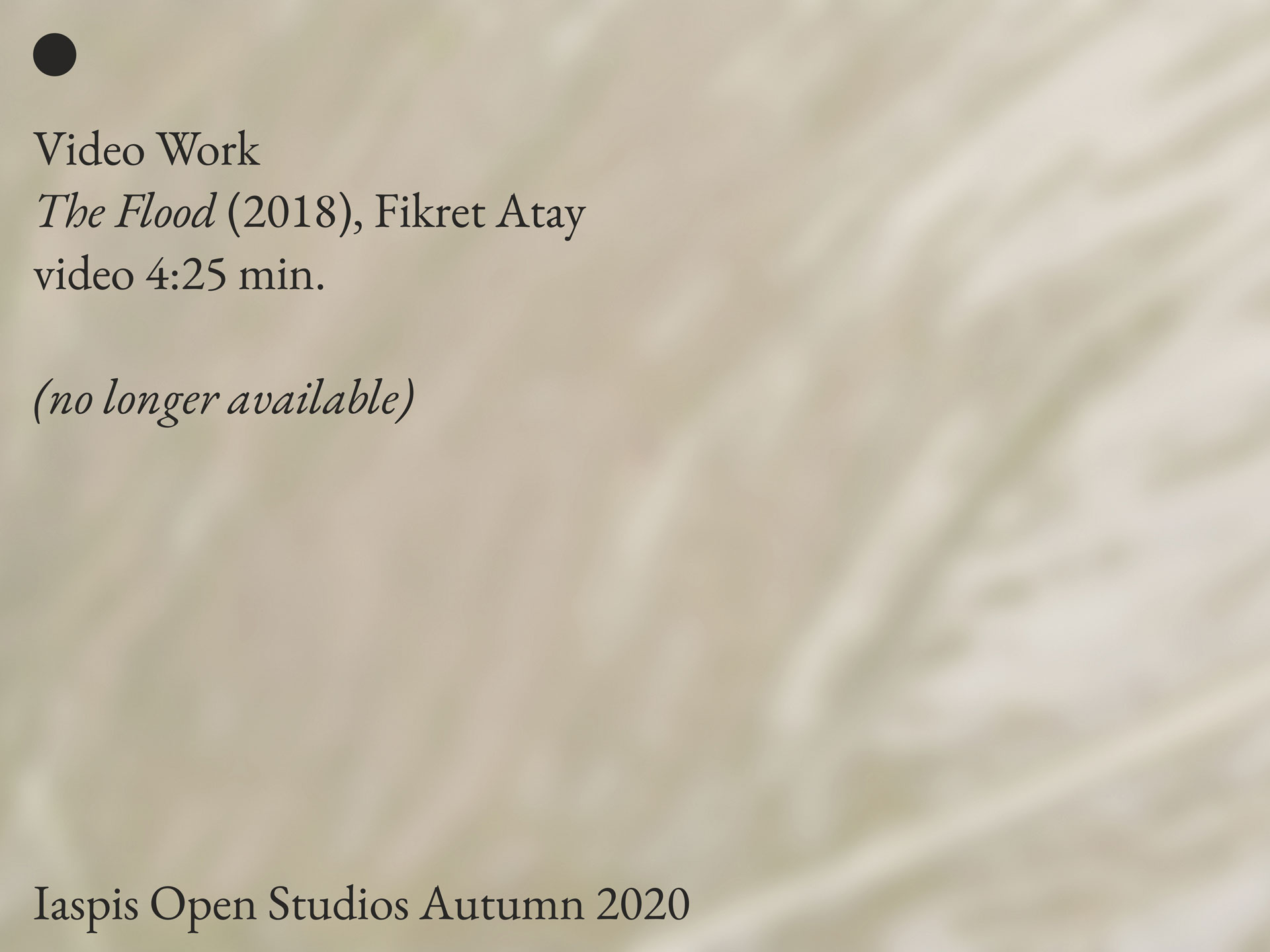
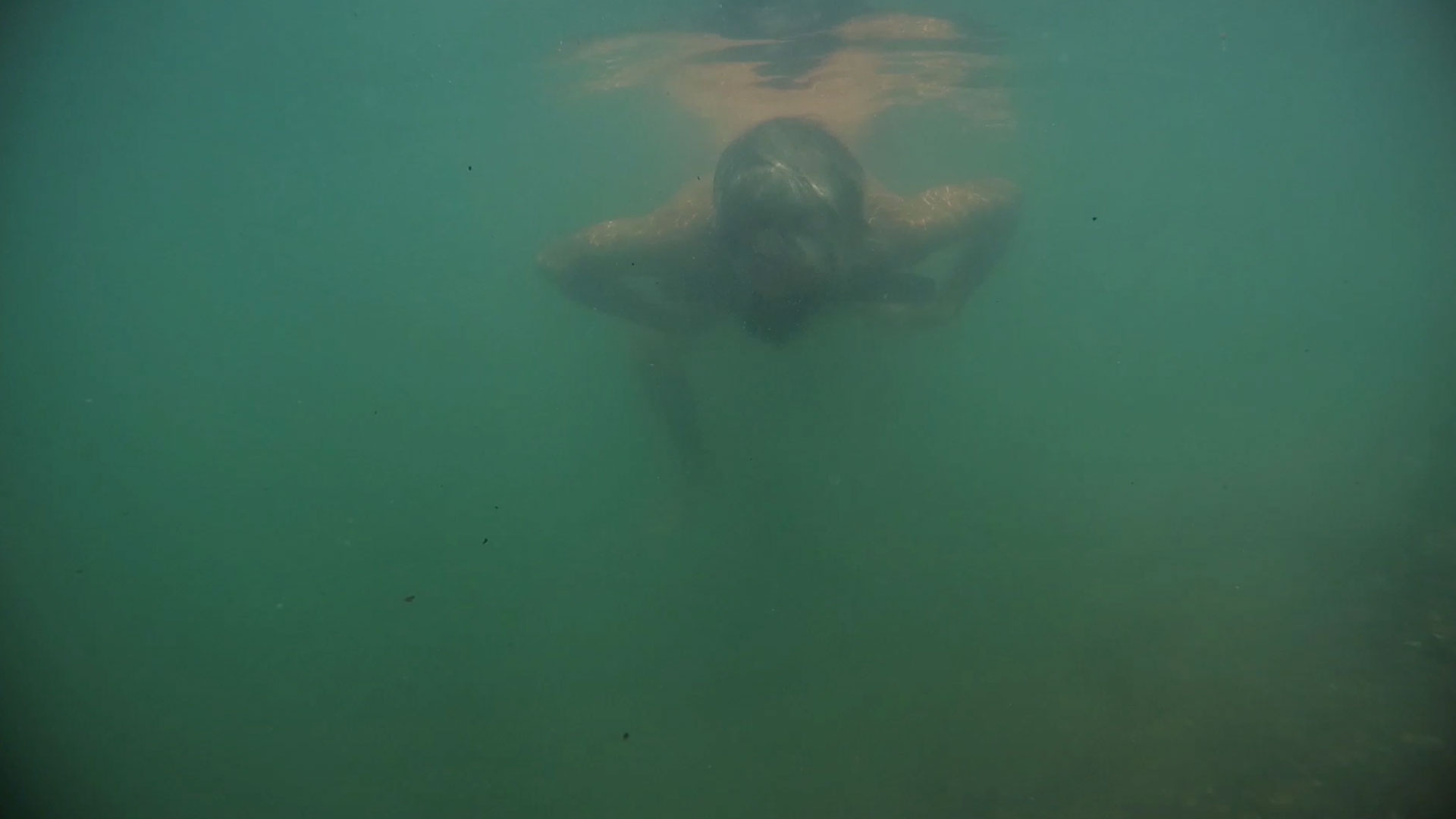

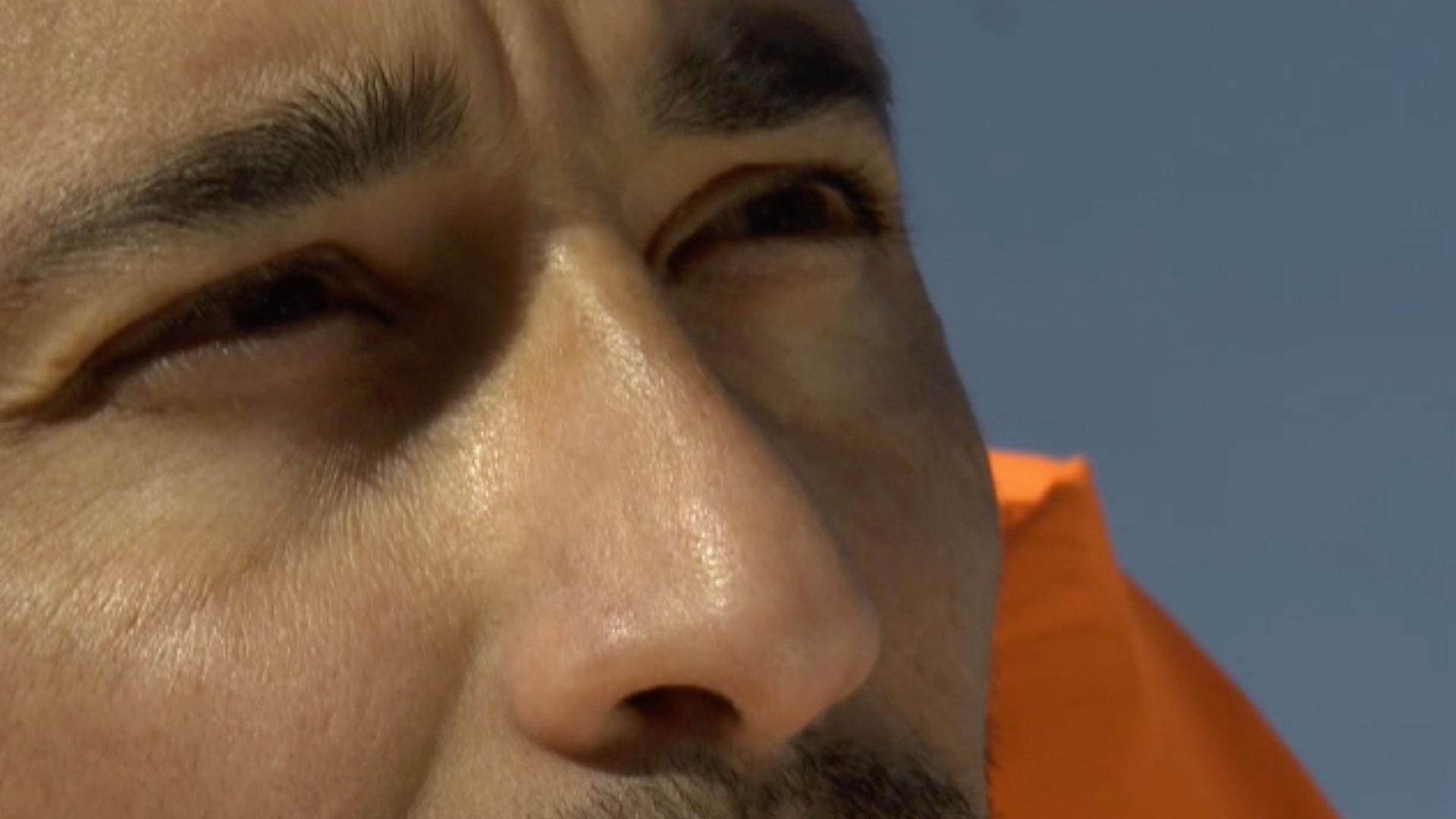
2012-2020
Northern Drift is the result of a research project investigating the changing Arctic, with regard to the paradoxical unfolding of ecological catastrophe and economic opportunity. The project focuses on the complex border area between Norway and Russia: always considered peripheral, this region was the last area to be colonised in Europe, in the 19th century. It has been marked by major conflicts and revolutions of the XXth century, the traces of which lie scattered across the vast and desolate expanses. Located in an area of high strategic importance, it currently forms a gateway to the new sites of extraction and the routes between Europe and Asia of the ice-free ocean. Along its coastline, former industrial and military sites set the stage for a new type of conflict. The project revisits the history and becoming of the region
The project spawned an extensive archive, mainly consisting of photographs. From this archive various ”manifestations” and works have emerged, from short form video works and photo series to the monumental 2 channel video installation Phantom Sun and the experimental narrative film Northern Drift. I am planning a publication retracing the stages of the process throughout the re-awakening of adversarial policies between West and East.
(2015-ongoing)
A series of photographic installations focusing on Hong Kong.
Hong Kong has become a nodal point in my life between Europe and the Asia-Pacific. I have always been fascinated and touched by its environment: a dense concrete hyper-urbanity, built as an outpost around former fishing villages through a constant process of land reclaiming and terraforming – natural and cultural environments colliding and blending in the most unexpected ways with its territory caught between jungle-covered mountains and the South China Sea. Set-up as a colonial trading post in the British Empire, Hong Kong became a high place in international financial markets, and set the template for China’s industrial development as industrial production moved onto the mainland.
My presence during the early stages of the protests in late 2014 had a profound impact on me: confronted with a burst of subjectivity in the streets, with the overwhelming communal expression of care for the city through its peaceful occupation, I could no longer just observe HK as an abstract machine, as the high-place on the capitalist cartography like I had done before. While mostly exploring the city’s periphery, I’ve been tracking small gestural traces and expressions of dissent - and care - in the contentious territories that see the city enter a new phase of its colonial history.
It explored the effects of colonisation in Outback Australia, while focusing on areas that have been desertified since the colonial intervention.
Drawing on various tropes (the aesthetic of the sublime, the genre of road trip, post-apocalyptical narratives) Kairos was the first work to explicitly ”mine” frontier imaginaries, while attempting to deal with the traumatic impact of colonisation on a p[lace and its people.
The initial research led me to various areas of Australia’s Arid Zone.
The images under the header ”Raw Material” derive from that research, and essentially depict the scorched earth left by the first explorers misguidedly looking for an inland sea, an Eldorado in the center of the vast island-continent that is Australia.
Eventually, all the collected histories, personal experiences and encounters were blended into an allegorical sci-fi narrative about time and led to the film Kairos.
This film exists in a short ”abstract” form as an installation, and in a longer form experimental narrative.
ongoing
The departure point for this project in development is the story “Mirdinan” as told by Paddy Roe, a respected elder and leader from the Goolarabooloo community in the North-West of Australia. A road movie of sorts, the story traces a journey across the vast coastal lands of Western Australia, as the protagonist escapes from colonial authorities through magical transformations after having committed a murder. The particularity of the story is the blending of traditional elements in a colonial setting, where conflicting systems of law are opposed.
I have been introduced to the community by Stephen Muecke, an anthropologist who’s studied the Goolarabooloo’s oral culture over several decades.
The notion of transformation lies at the heart of this project, and forms its conceptual core. The film will trace the story’s becoming through different generations, and how elements of the story take on different resonances and significances with changing historical contexts. Furthermore, retracing Mirdinan’s journey will allow to assess the state of the transformed landscape in regions where large mining operations have had a major impact on the physical environment. So far I’ve undertaken 2 research trips during which I’ve had the opportunity and the chance to be taken “to country”, and be introduced to the rich and ancient history of the place.
The archival images show the preparation and the ceremony of the Pelican Dance, a yearly coming-of-age initiation ritual. The footage dates back to the early ’80s.
Through an experimental network of collaborations, the collective explores the pitfalls of the promises of the green energy revolution, and more broadly, the unequal distribution of risks, destruction, wealth and opportunities along global value chains.
Within the evolving configuration of the project I started off a new film project, under the working title Phase Shift / Angel Dust:
From Australia, where he is based, Alexis Destoop (BE/AU, 1971) works on a film on the history and becoming of lithium, reaching from cosmological tales of origin to its role as a supercharger in energetic cycles, and (re)tracing the journey of the transformation of this volatile element. From the vantage point of the Asia-Pacific, he sees the geopolitical struggle over the control of strategic resources intensifying. His research spans several technological sites, among which a wind-powered energy storage system located at the edges of the Arid Zone and agricultural lands, a site whose efficiency negates the arguments against renewable energy sources put forward by the powerful fossil fuel lobbies. Destoop’s research engages with the blind spot of his life in between Australia and Belgium, and their particular colonial histories, and strives for narrative and visual elements allowing him to navigate a horizon obstructed by dystopia.”
In the first stage, I went to Manono, before the lockdown and travel restrictions hit and forced a significant rethink of this project.

(Record a Star as Dreamers Do)
In February 1888, in Cambridge, Massachusetts, in a Harvard observatory, a camera-equipped refractor telescope and its operator gazed up together into the night sky and photographed what would become known as the Horsehead Nebula. The long exposure, made possible by a shutter left agape as if awestruck and an equatorial mount compensating for the Earth’s rotation, let the universe into the camera, where a superabundance of stars settled upon the silver gelatin of the photographic plate.
The nebula in its enigmatic entirety never, in fact, reached the retina–optic nerve–brain of the photographer, i.e. the astronomer, Williamina Fleming. But Fleming nonetheless came away with a rectangular patch of firmament in the preserved form of a glass-plate negative. Along with the hundreds of thousands of other celestial negatives being produced during the period, the Harvard plate could be slotted into the shared map of the night sky then being photographed and gridded by astronomers in every hemisphere.
Around the same time, bookbinders bound The Wonders of the Heavens, a delightful, galaxy-hopping volume of popular-science astronomy by the French astronomer, prolific author (including of proto-sci-fi escapades), and pioneer of the photographic medium Camille Flammarion. An unfailingly enthusiastic guide to the cosmos throughout Wonders, Flammarion still lamented in his conclusion that the general public, even in that era predating casino neon, had begun to lose touch with the primal pull of fascination exerted by the stellar sky on humans Prehistoric and Ancient.
***
Artist Johan Österholm’s Antique Skies process begins with the unsheathing of an X-Acto knife. To the horror of librarians everywhere, he carefully slits out blank or nearly blank sheets of yellowing paper (endpapers, for example) from nineteenth-century astronomy tomes such as the Flammarion, which he unearths in antiquarian bookshops across Europe and later carefully dissects in his Stockholm studio.
What might initially seem like an act of vandalism is not without its conservational claim. For more than a century, these wordless, imageless pieces of paper have been, if not wasted per se, then certainly not used between the covers of their respective titles. Via a process that incorporates the spangled contents of celestial glass-plate negatives, a spray gun loaded with liquid silver gelatin, and a repurposed street lamp, Österholm has a grand use for them: to serve as canvases for the re-emergence of stars long shrouded by terrestrial light pollution.
After obtaining contact copies of archived glass-plate negatives, Österholm proceeds to sensitize the book pages he excised with his knife, applying layer upon layer of silver gelatin with a spray gun. The now photosensitive pieces of paper and the archival contact negatives are pressed together between panels of glass, where they await exposure. The head of a decapitated street light is employed for this purpose. Retrofitted by the artist so that he can plug it into a socket, it is rekindled with an interwar bulb the size of an ostrich egg.
And so in the end, it is paradoxically by the light of a metropolitan street lamp—that most egregious blotter-outer of the stars—that Österholm’s spectroscopic swirls of fossilized starlight materialize, like commissions from the future, to illustrate the rapt reflections of Flammarion, tessering through time from the astronomer’s observatory on the outskirts of Paris: “In this immense passage of sight, thought with rapid wings accompanies the forerunning visual ray, carried away by its flight and wonderingly contemplating these distant splendors.”1
Meanwhile, outside, beyond the lamplit room, it is midsummer in Sweden, and the sun over the Stockholm Observatory is high in the sky.
—Stefan Lorenzutti
1 Camille Flammarion, The Wonders of the Heavens, trans. from the French by Winifred James Lockyer (New York: Scribner, Armstrong & Co., 1874), 4.

Thanks to: Silvana Oliveiras


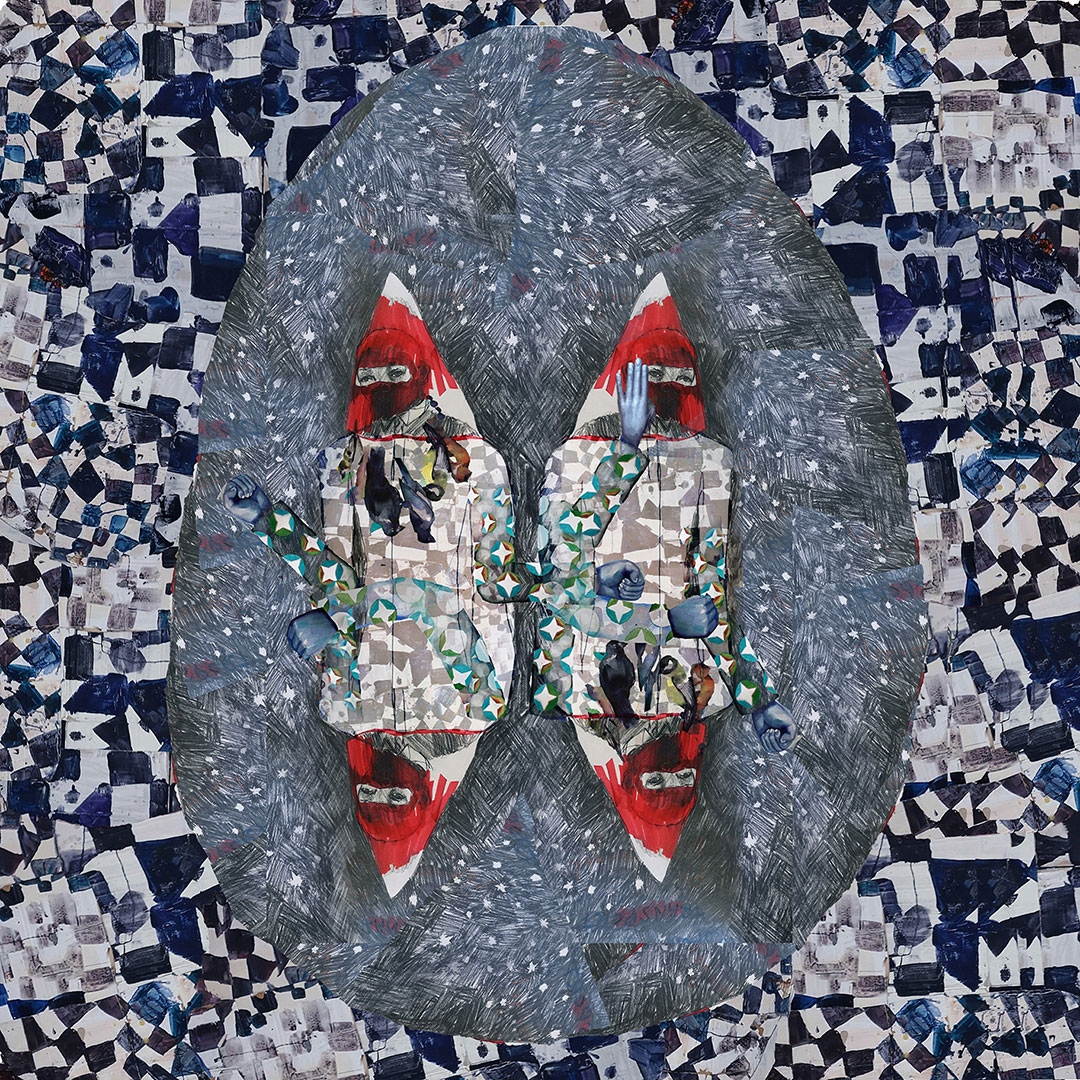

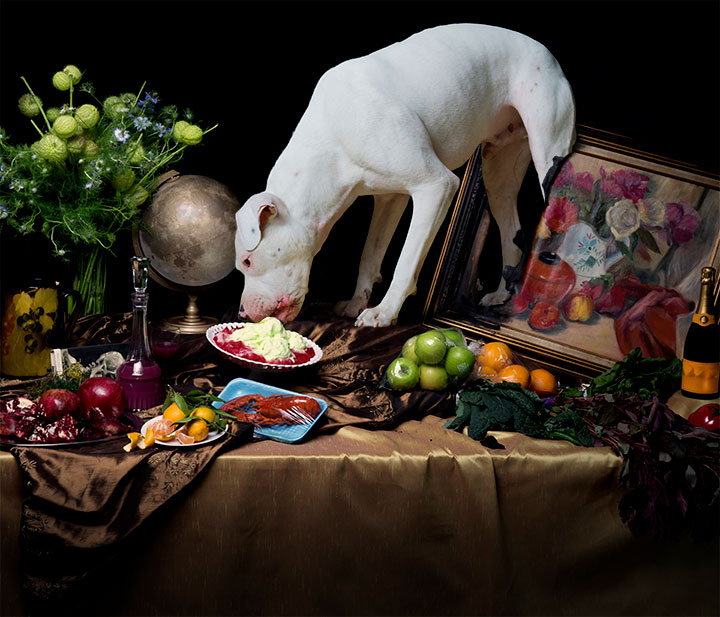
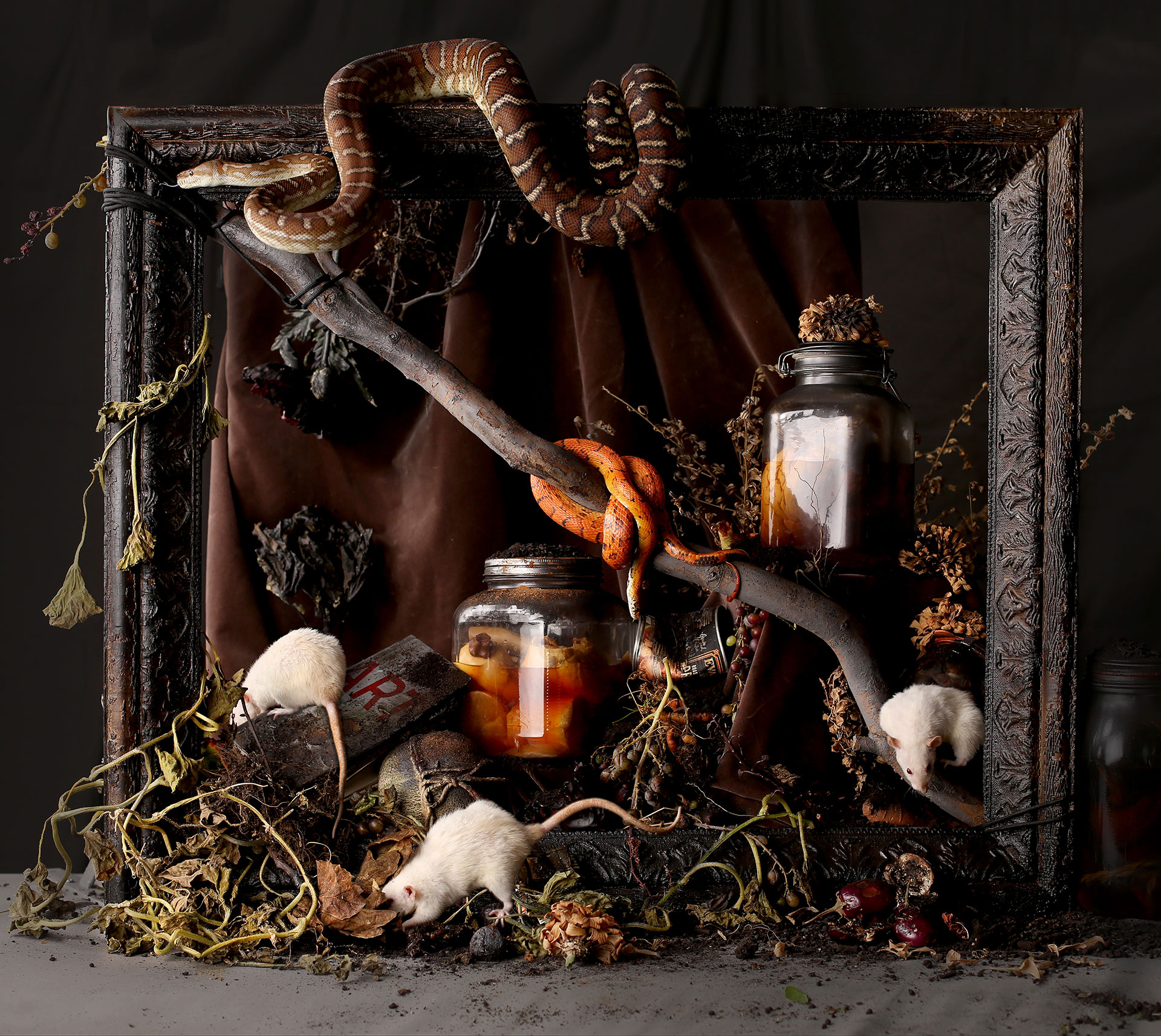
Whereas the export of military equipment from the United States is a matter of public record, the sale and export of tear gas are not. Frequently used around the world to disperse groups during warfare or at public demonstrations, tear gas is a lucrative industry with major consequences for the civilian population affected. Recently it was used to control a Black Lives Matter protest in Stockholm during the current pandemic, despite the Public Health Agency's recommendation to the police not to use it.
In collaboration with people on the ground in war-torn areas, such as Palestine, they got hold of images of Kanders' Triple-Chaser's canisters, in order to train computers to recognize these weapons. Teaching a computer vision classifier to identify a particular object usually requires thousands of images of that object. And pictures of the munitions like the Triple-Chaser are relatively rare. To fill the gap, Forensic Architecture constructed a digital model of the Triple-Chaser and created a set of 'synthetic' images by placing the model against bold, patterned backgrounds, and within photorealistic digital environments. In this way, 'fake' images helped them to search for real ones.
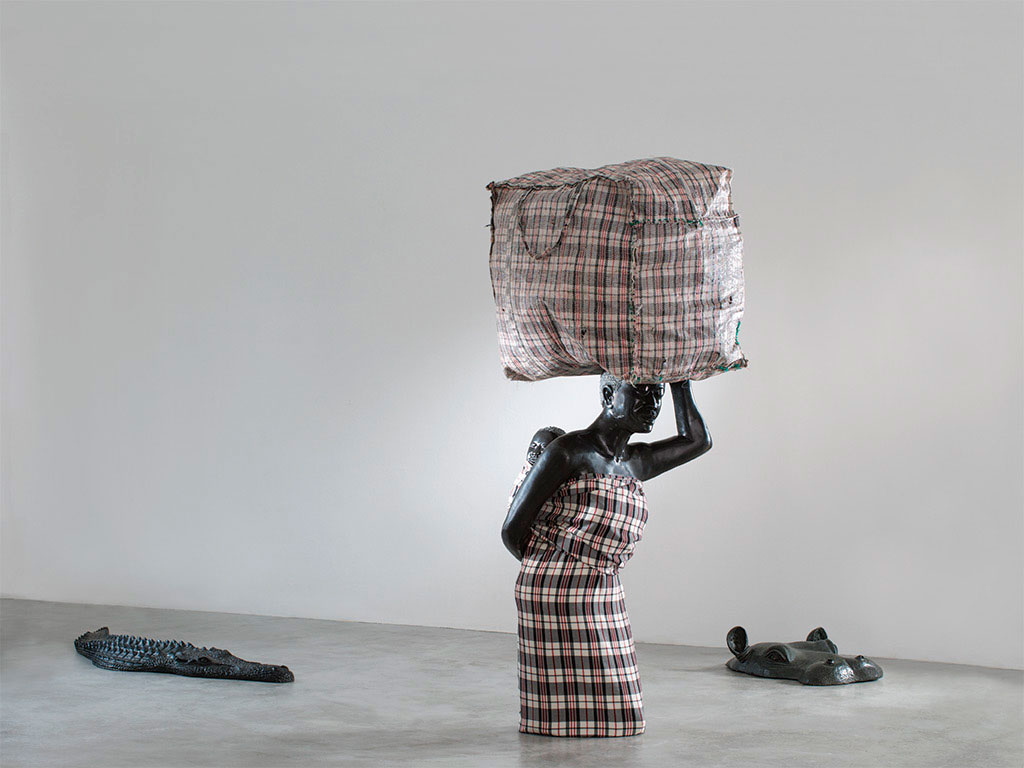
https://www.ncbi.nlm.nih.gov/nuccore/MT324062
Please Call Me, which allows a cell phone user without airtime to send a free message requesting to be called back, was a game changer for South Africa’s then fledgling telecommunications sector, as it helped increase traffic to mobile operators. Later it also began to generate revenue through advertising.
The Nokia 1100 cell phone sold more than 250 million units making it the world’s best selling phone. It was targeted at developing countries. In Africa it became most people’s first phone, leapfrogging landlines altogether.
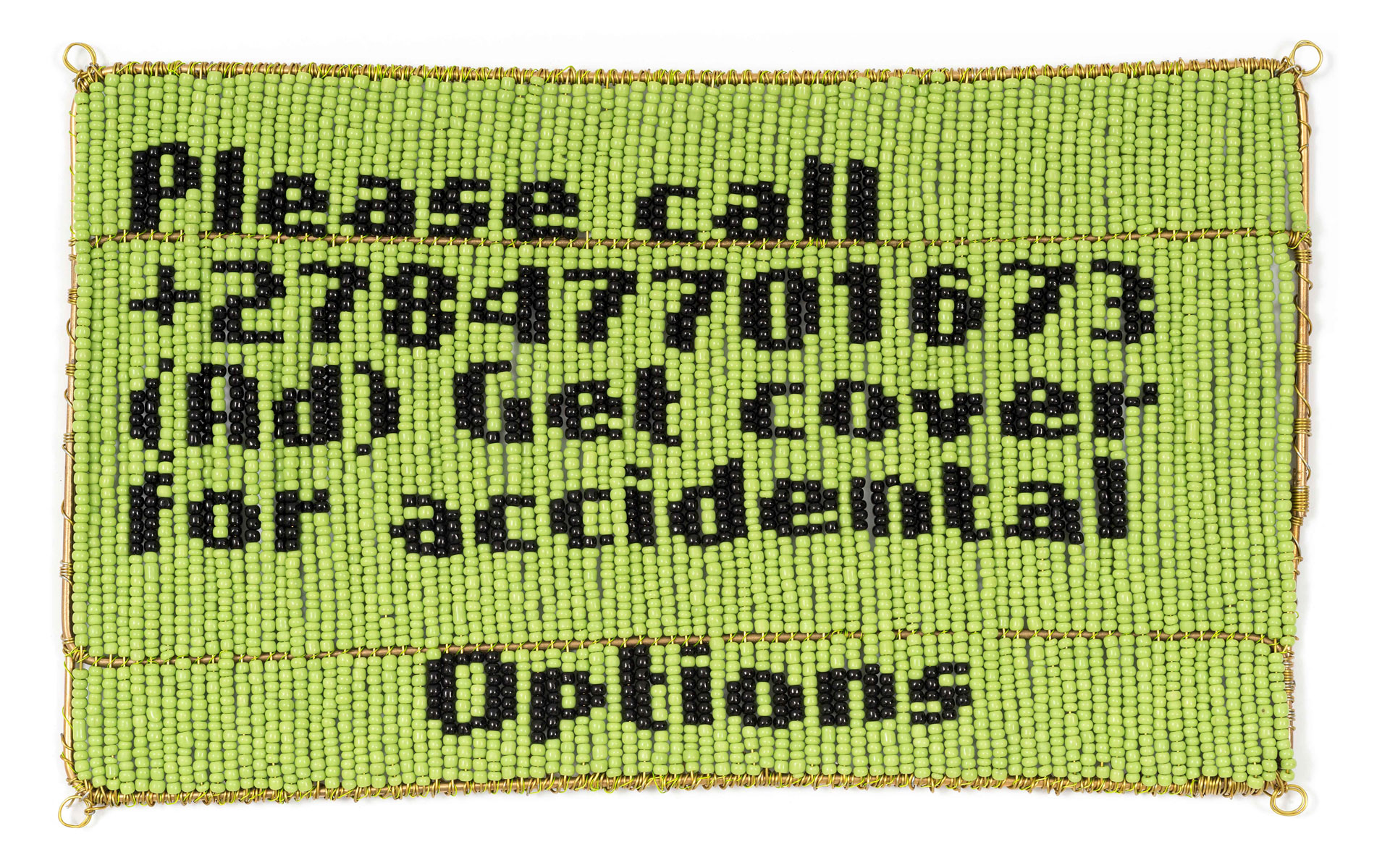
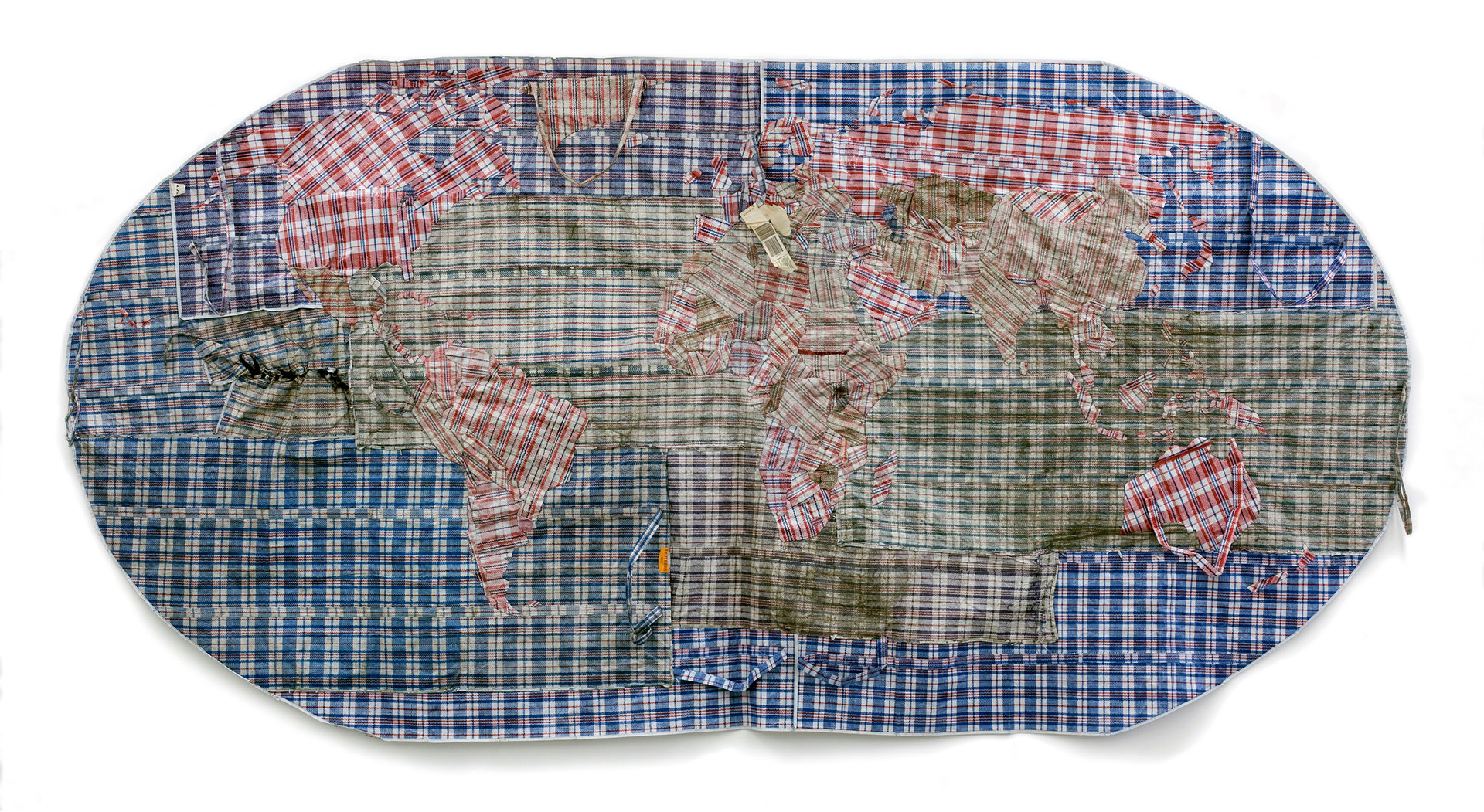
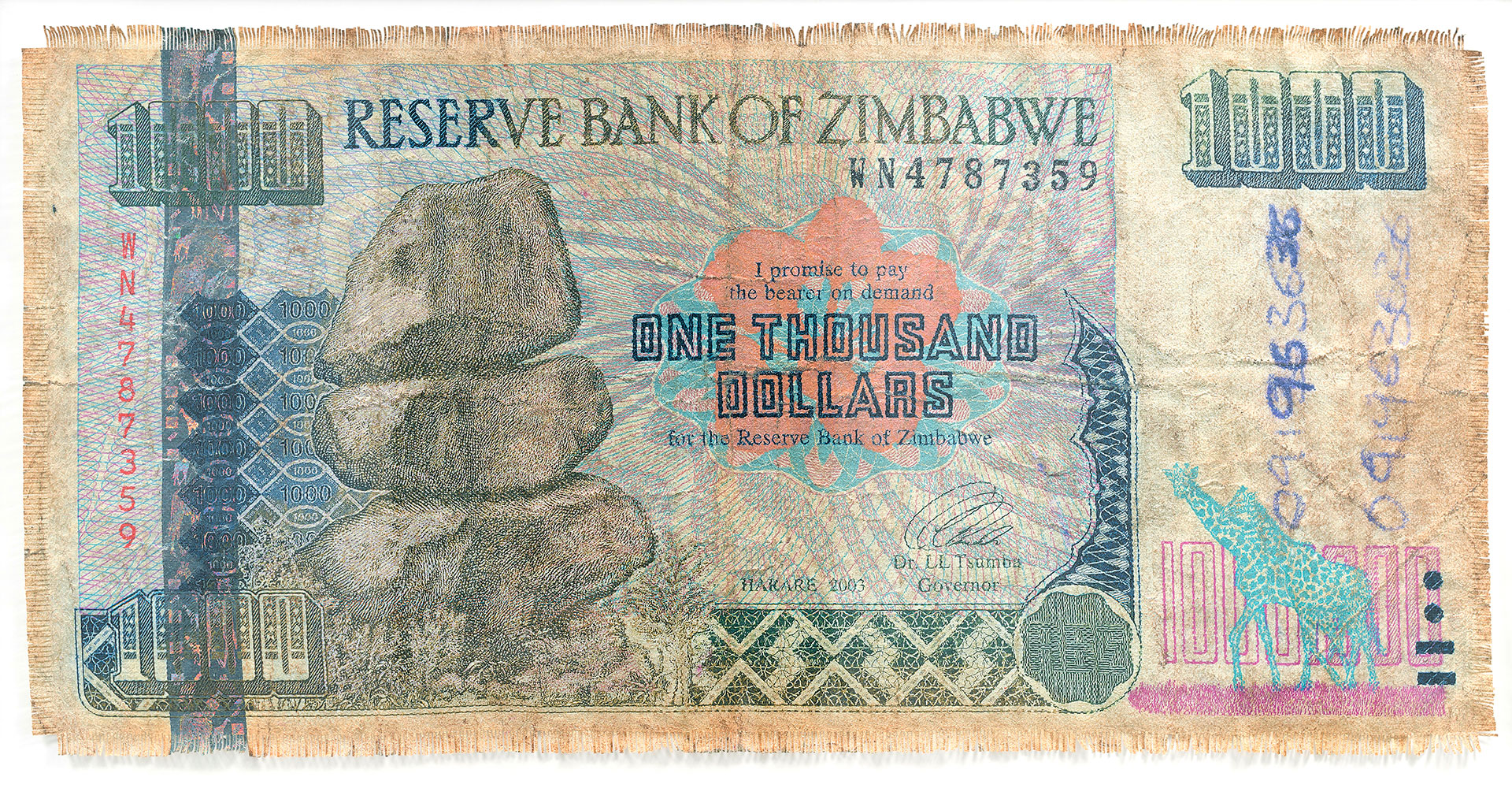
www.everylovelandscape.com

